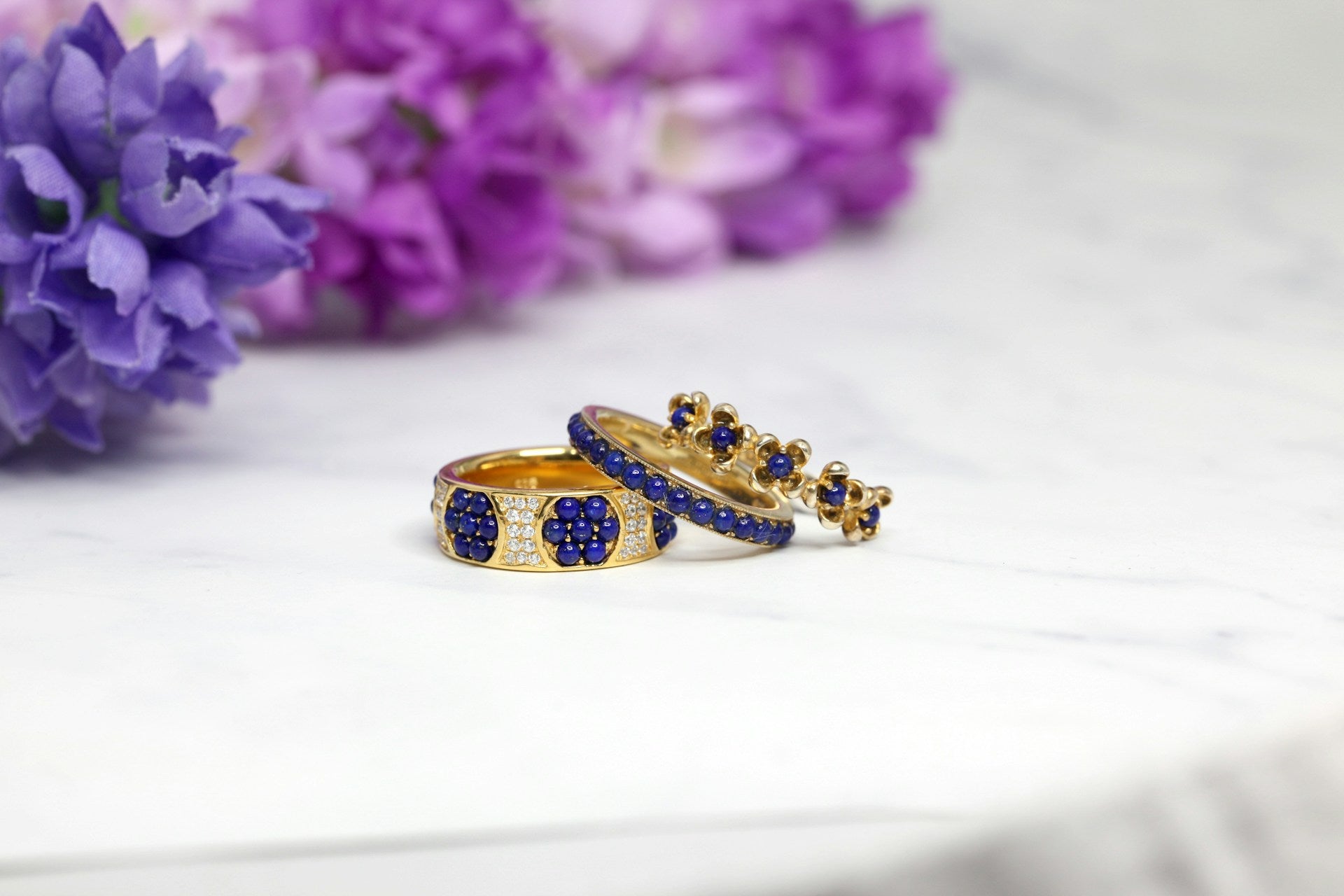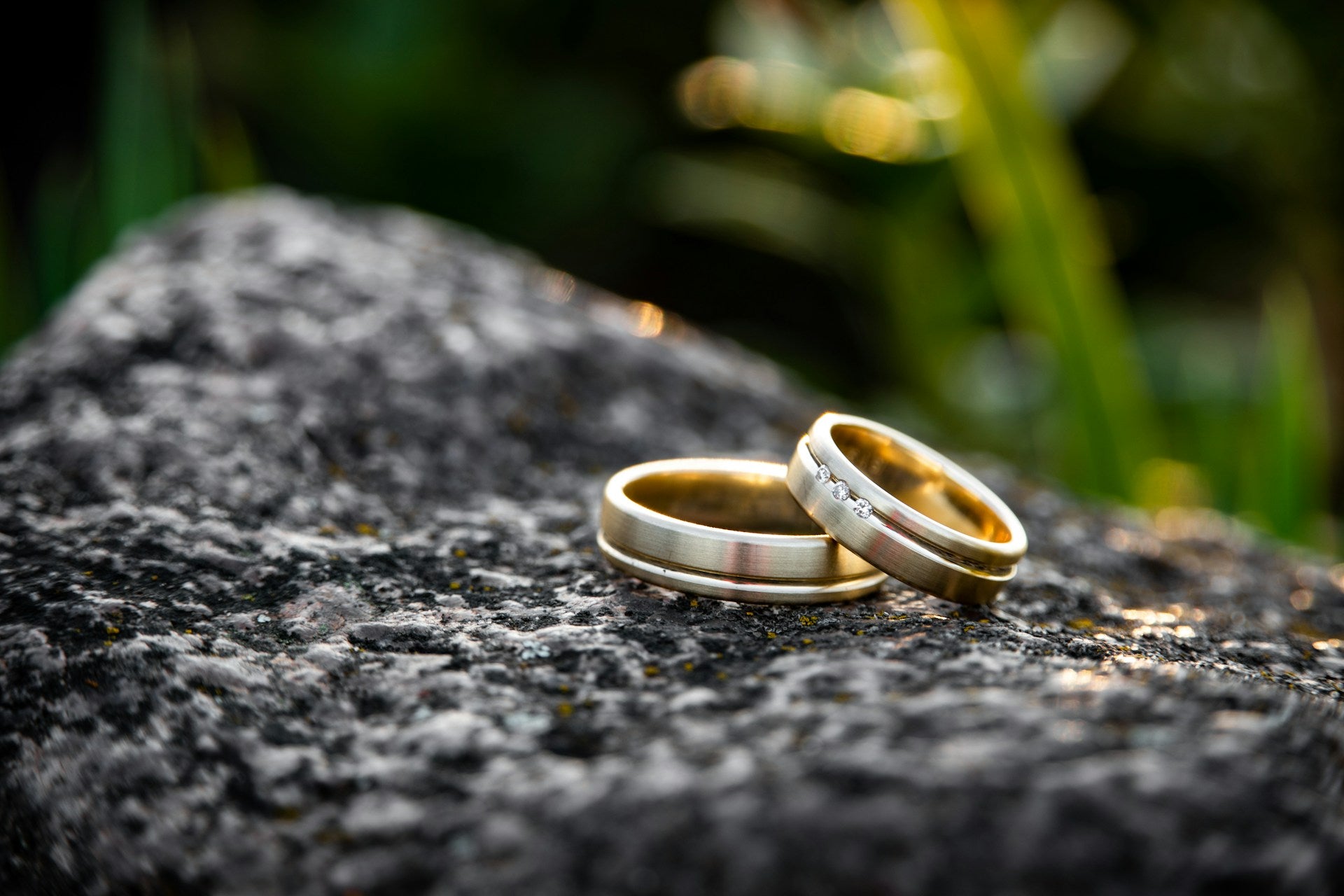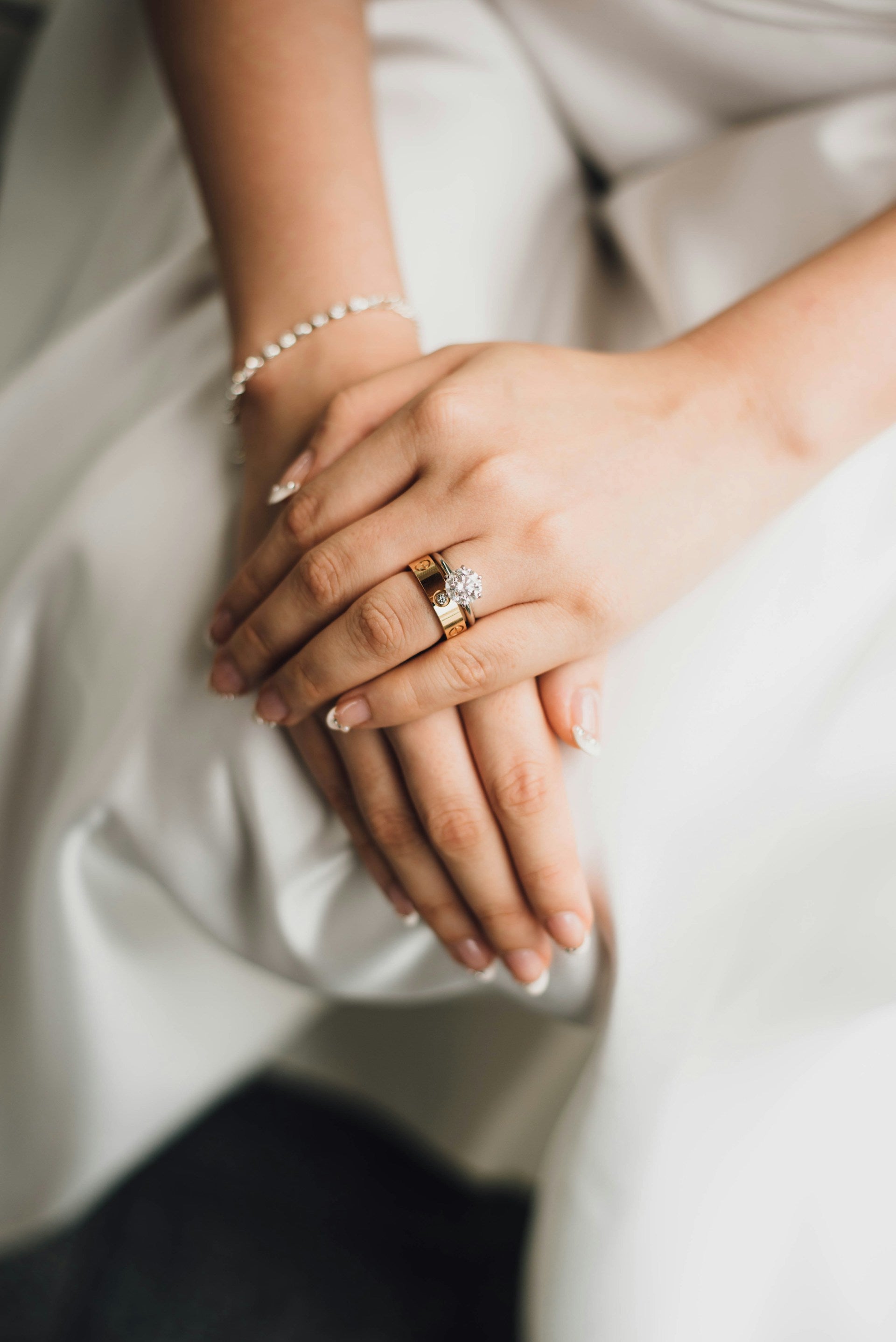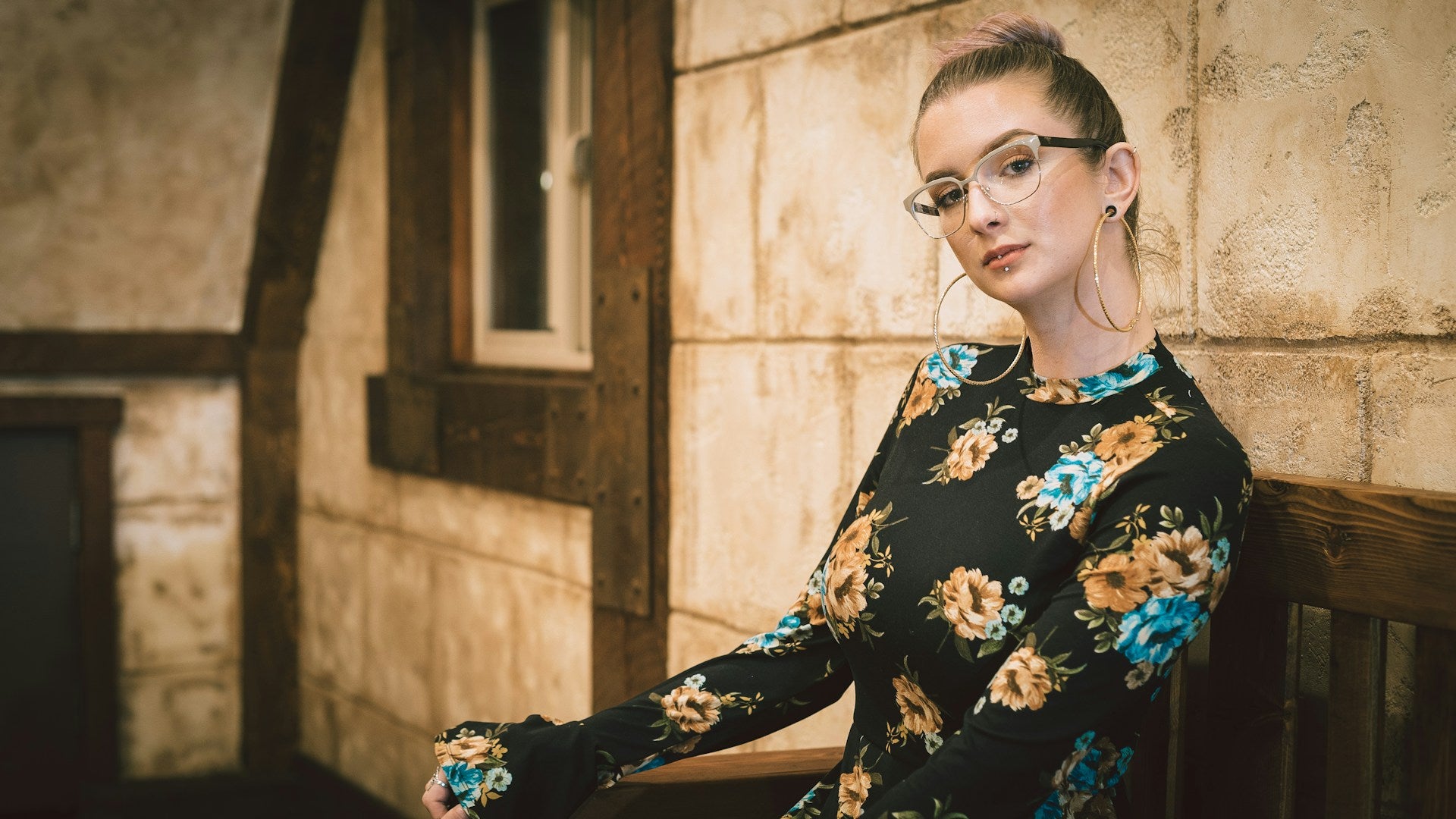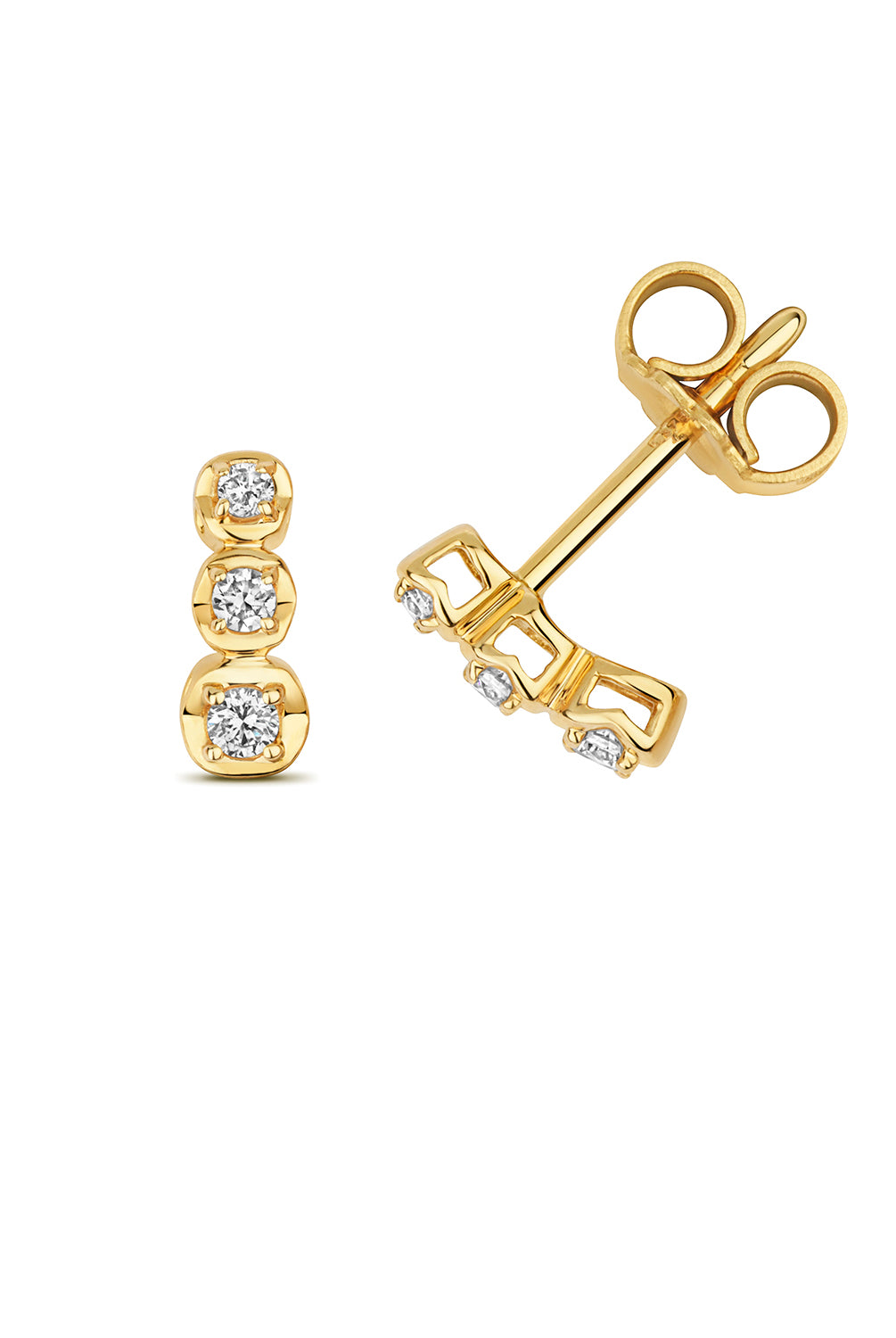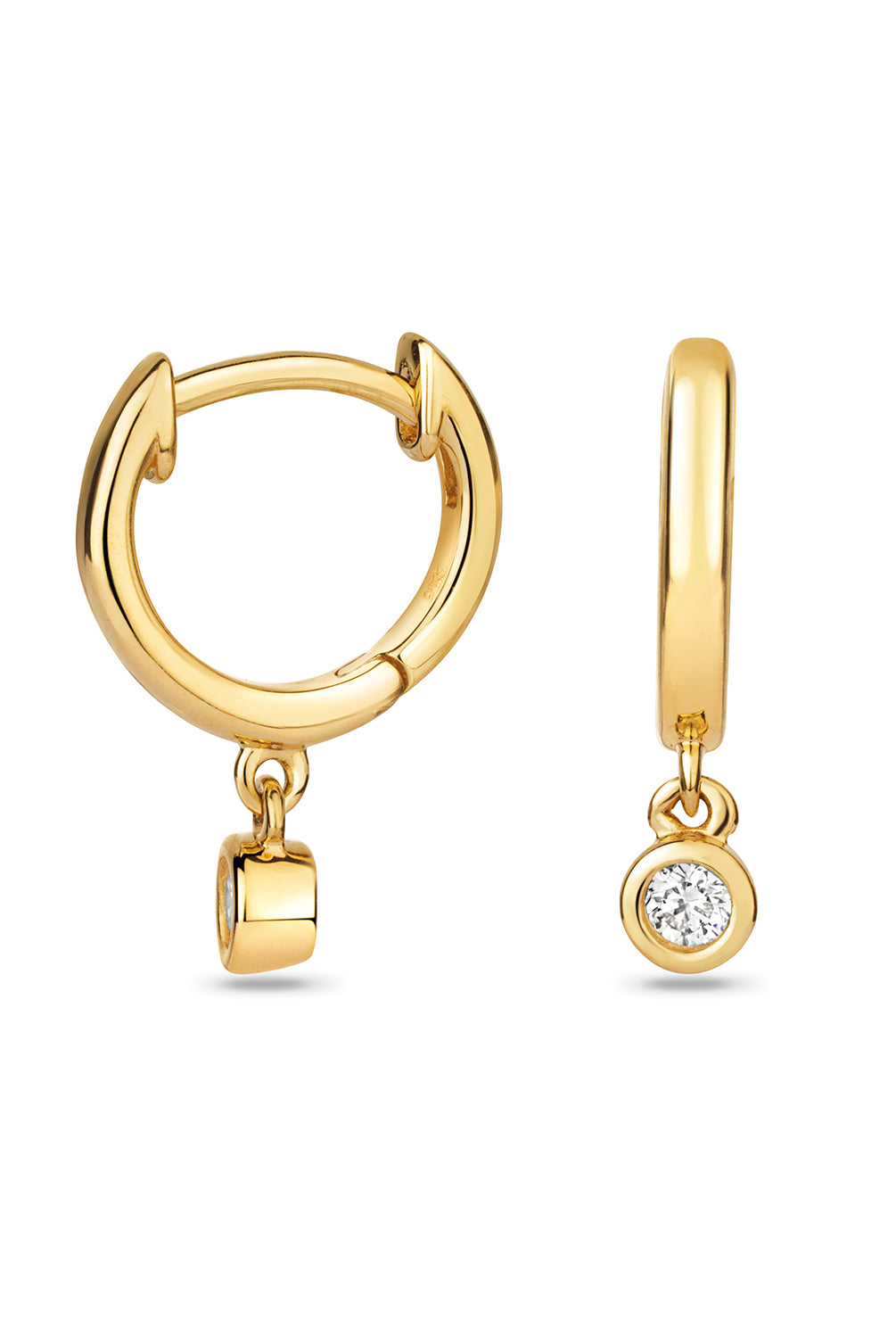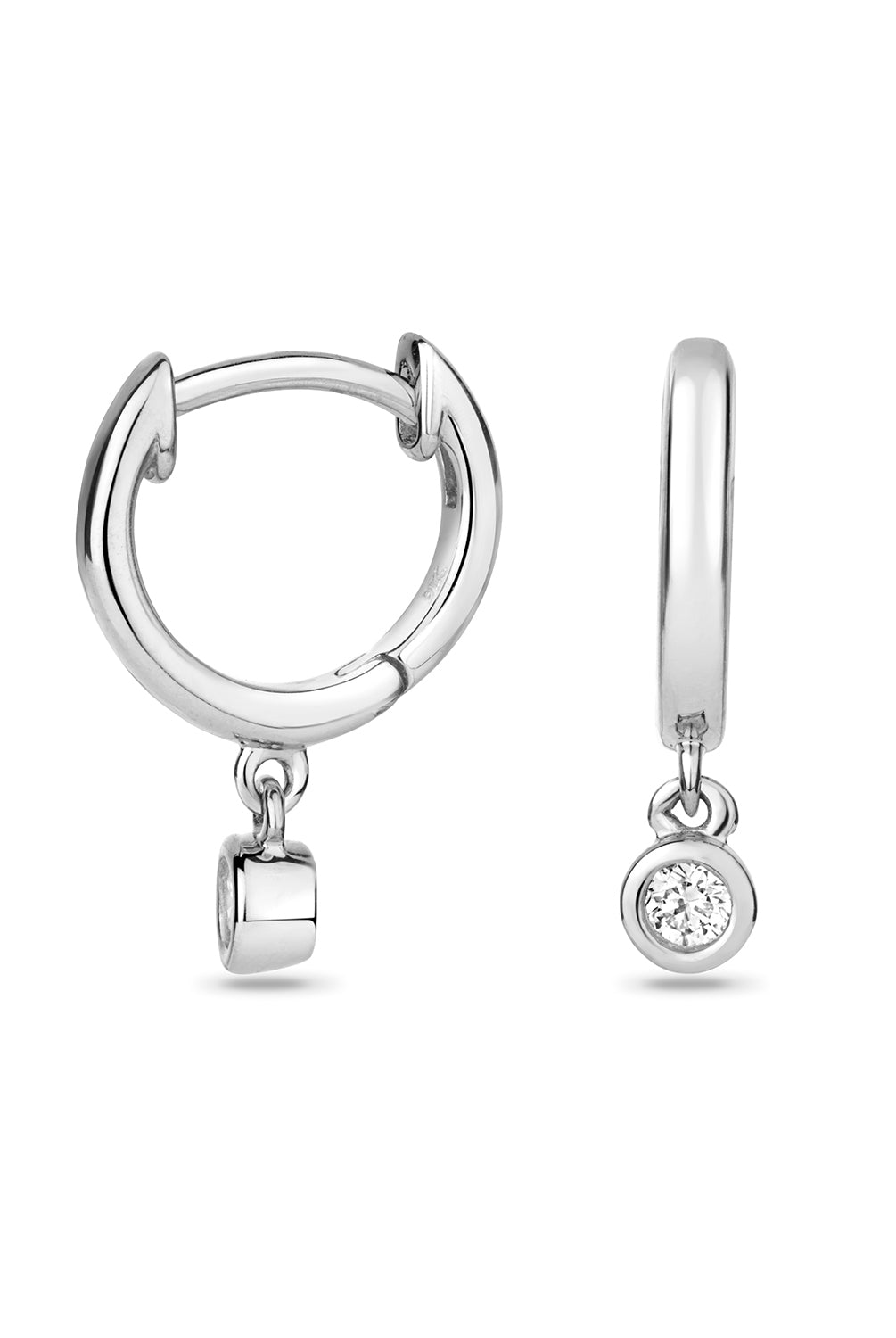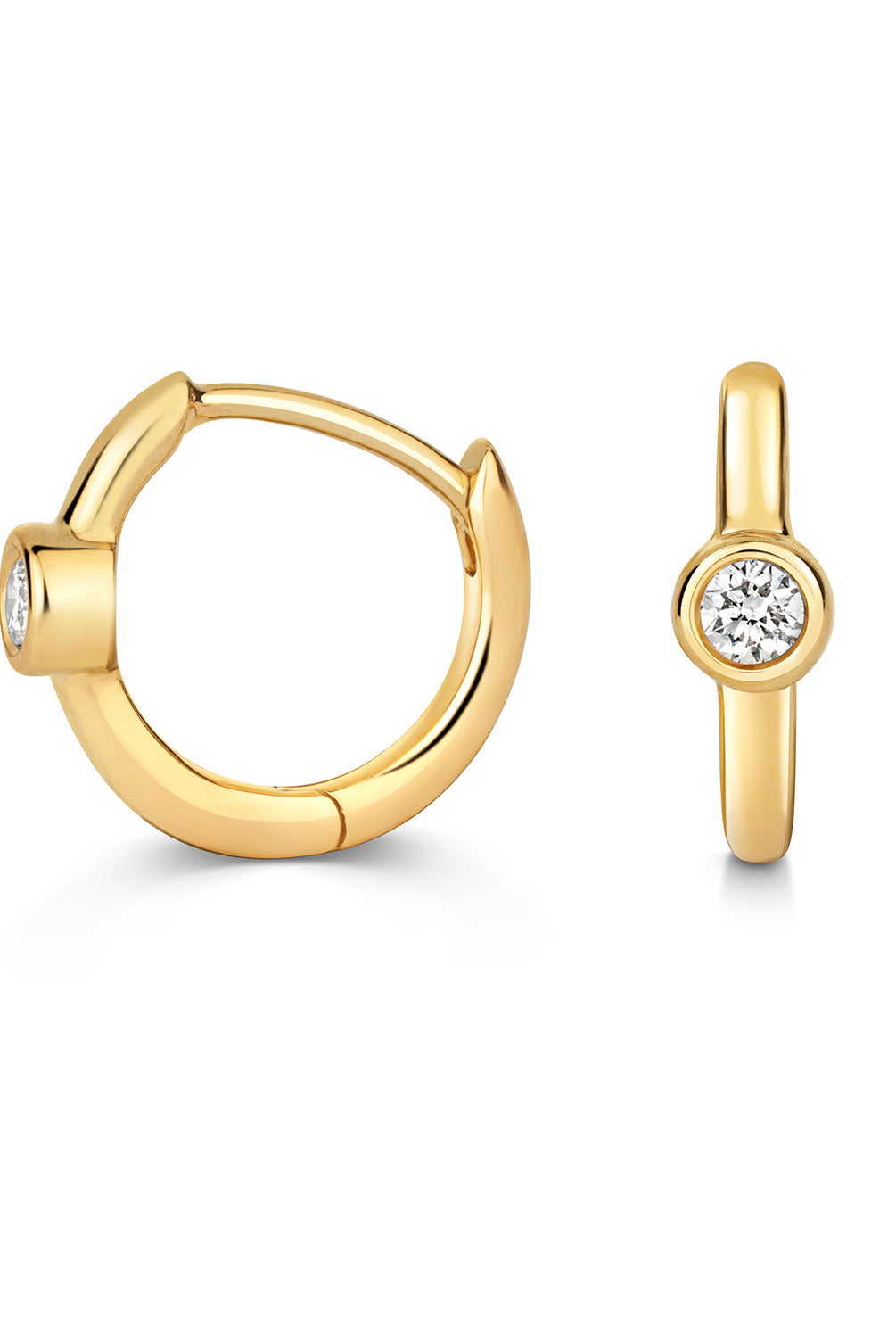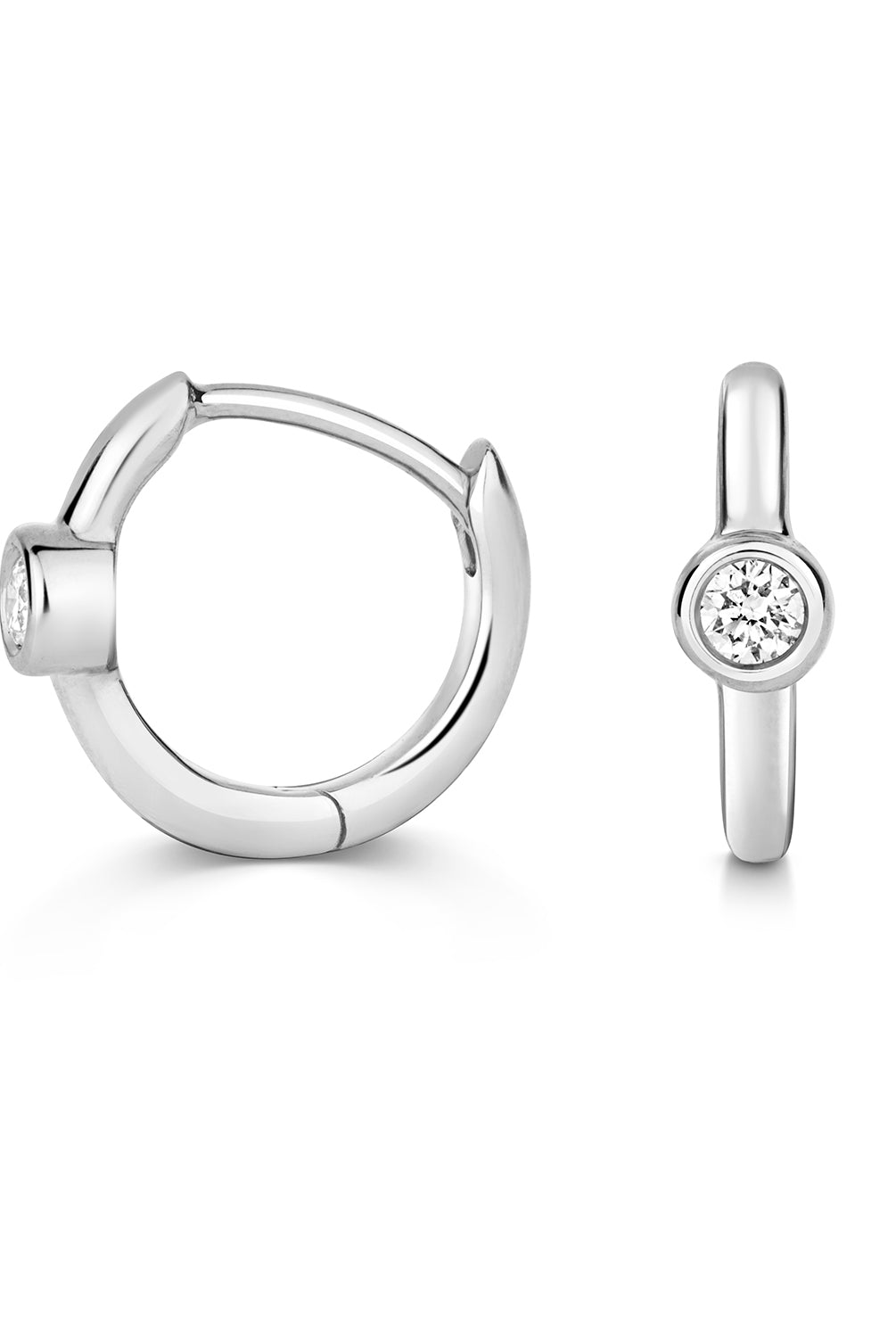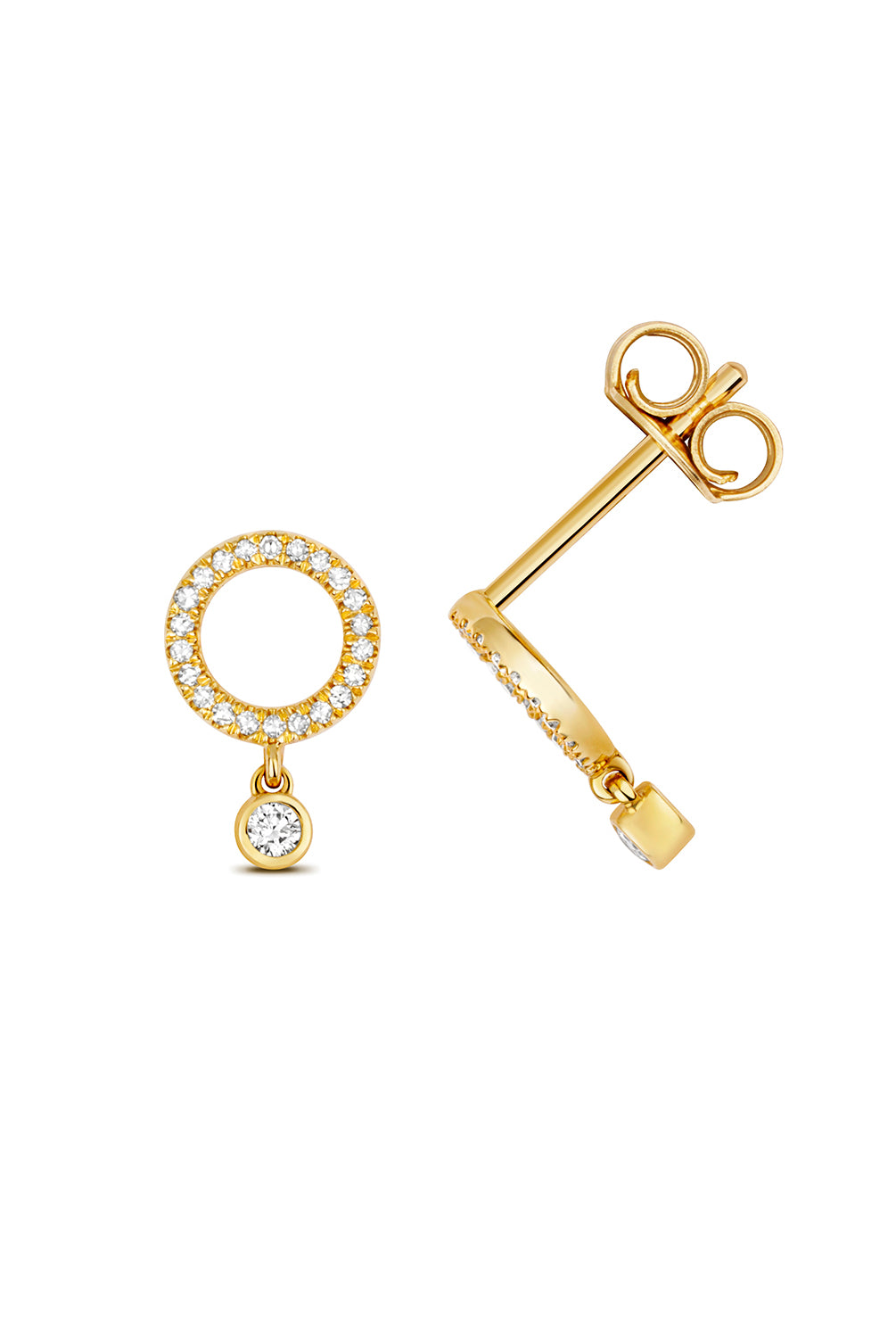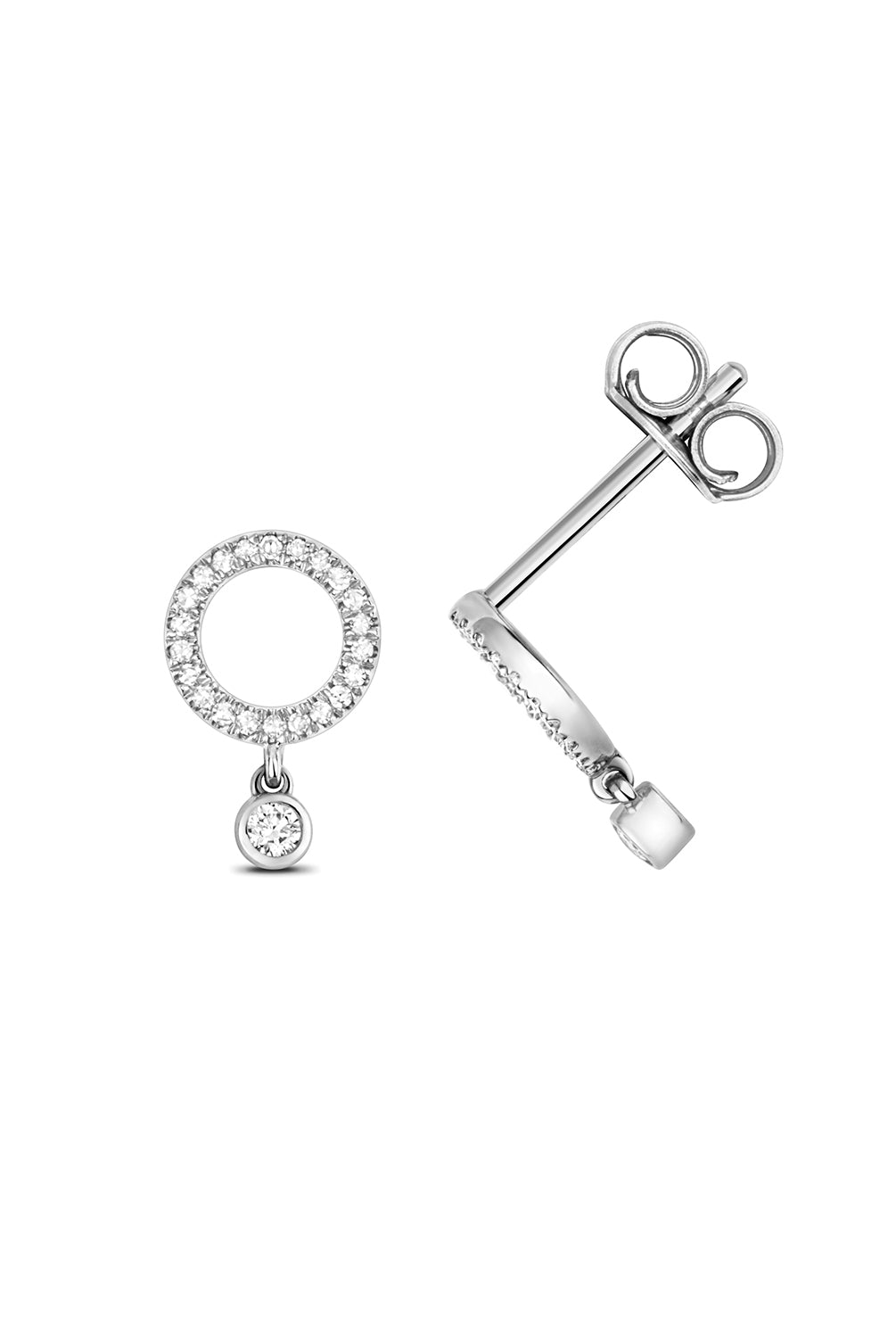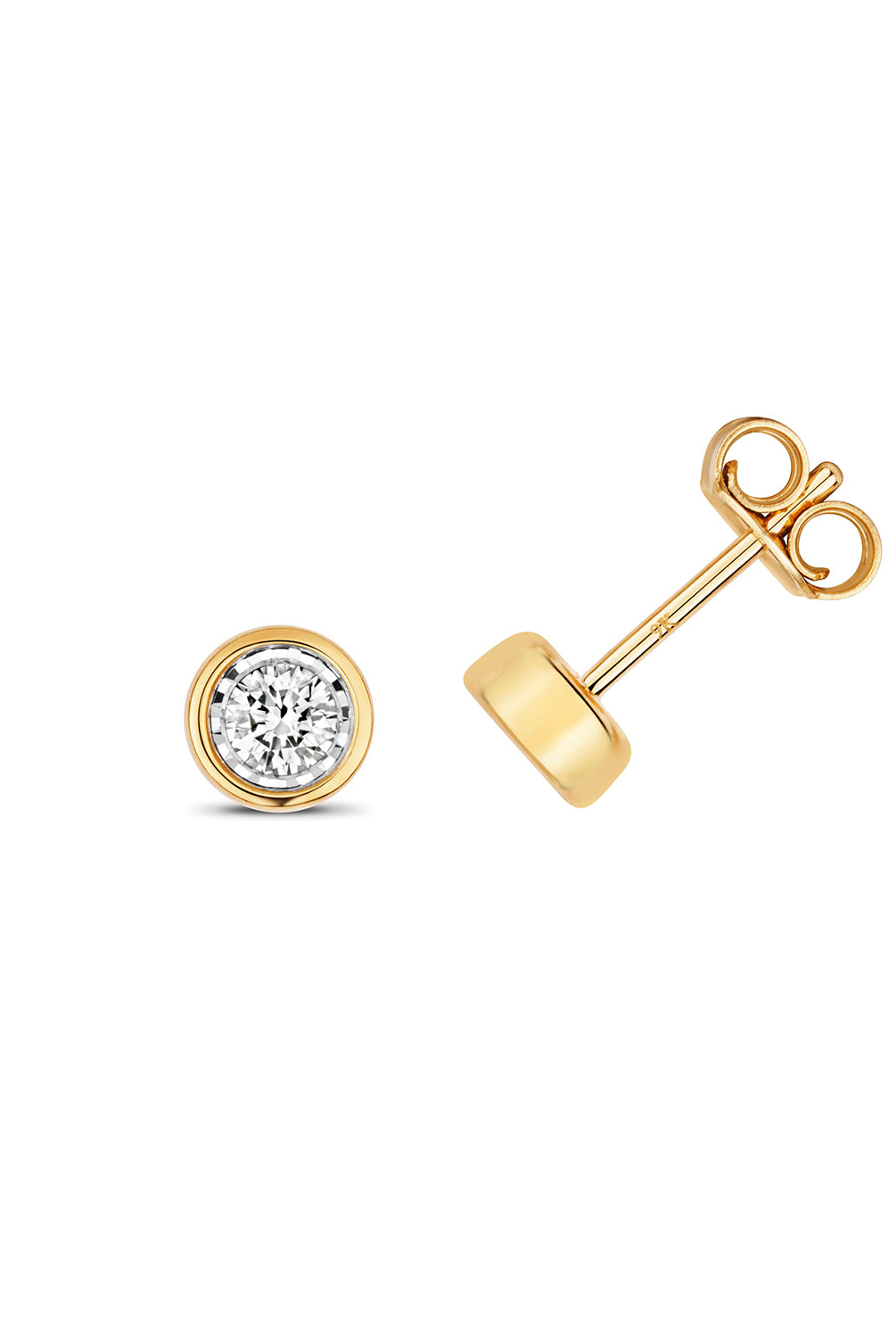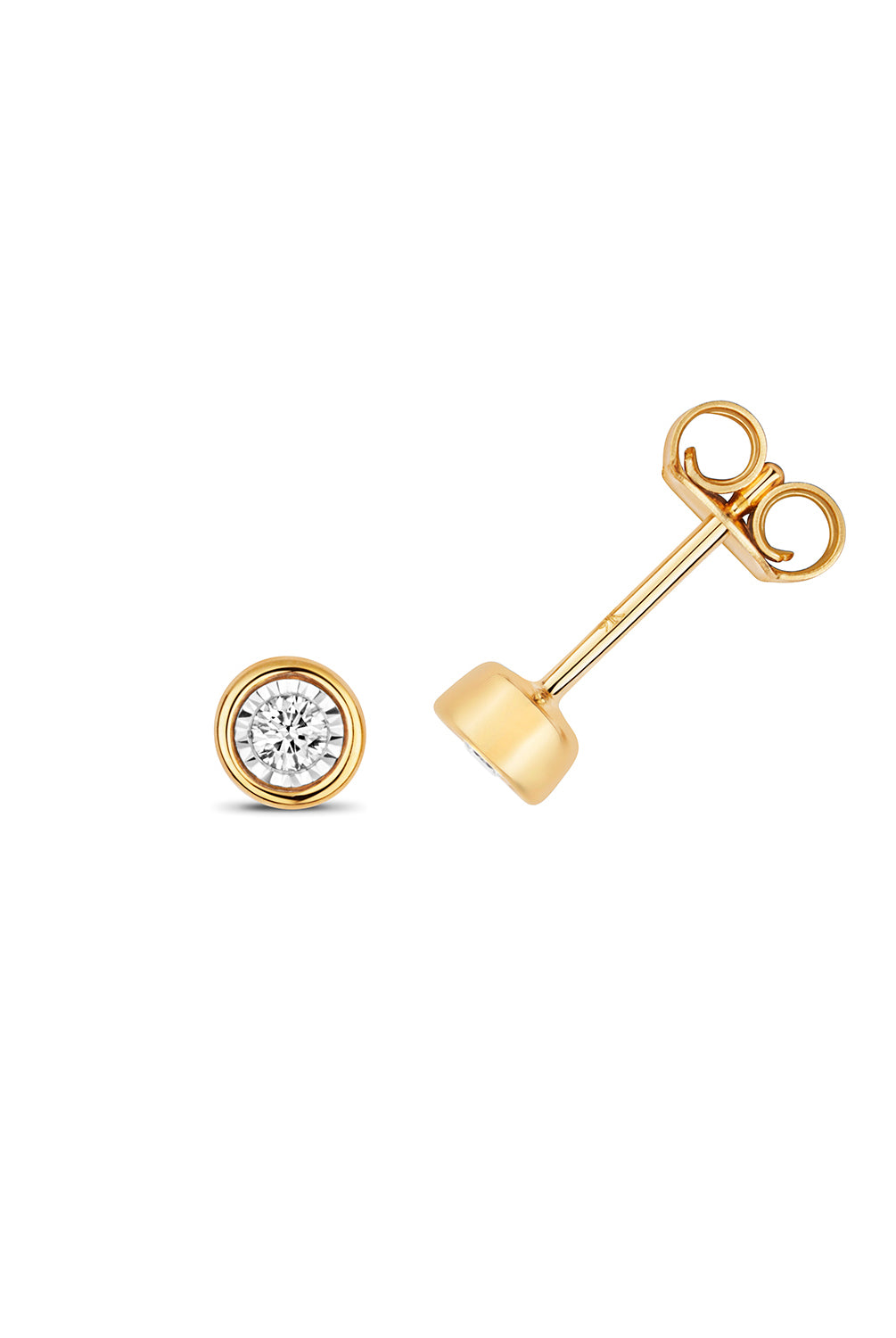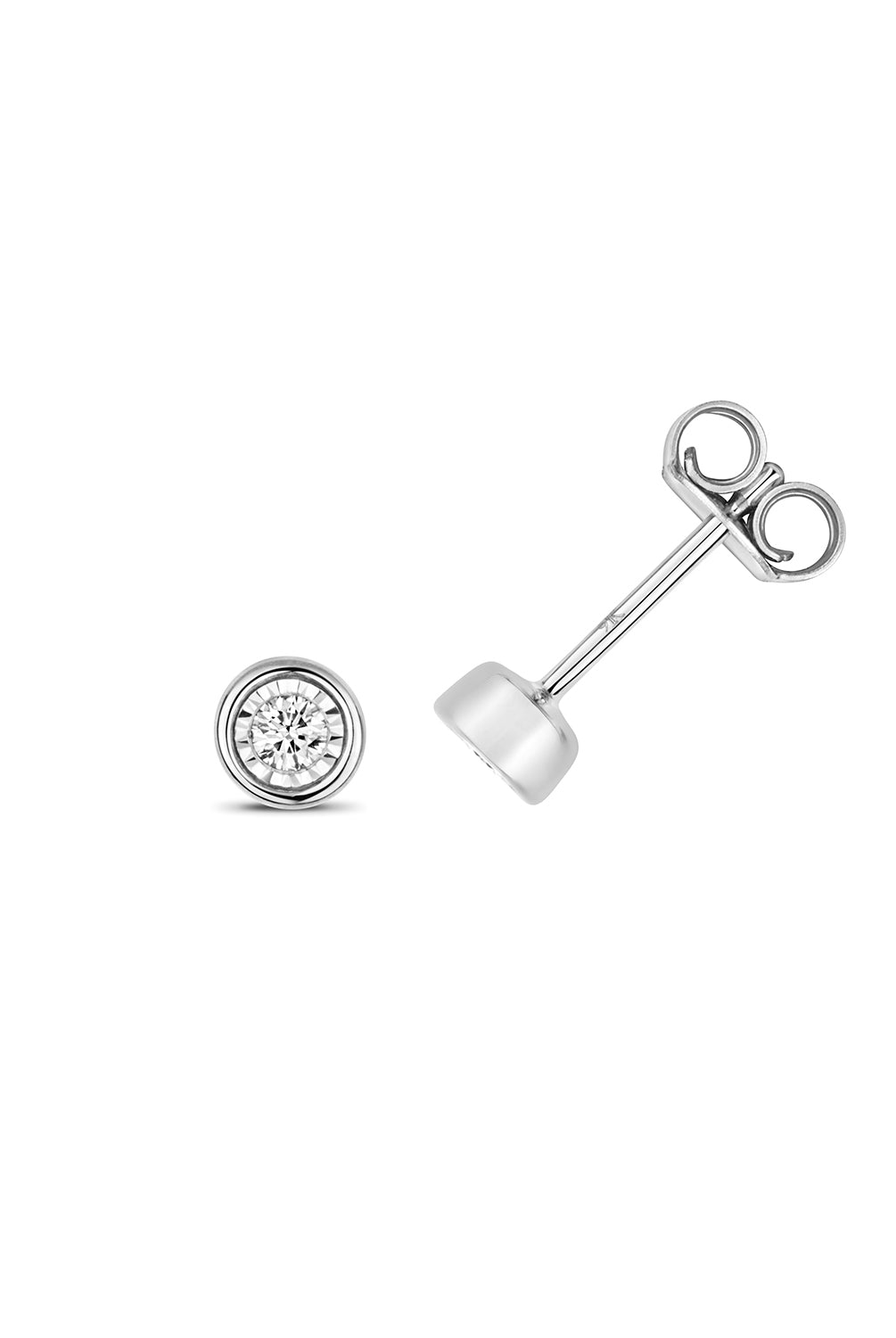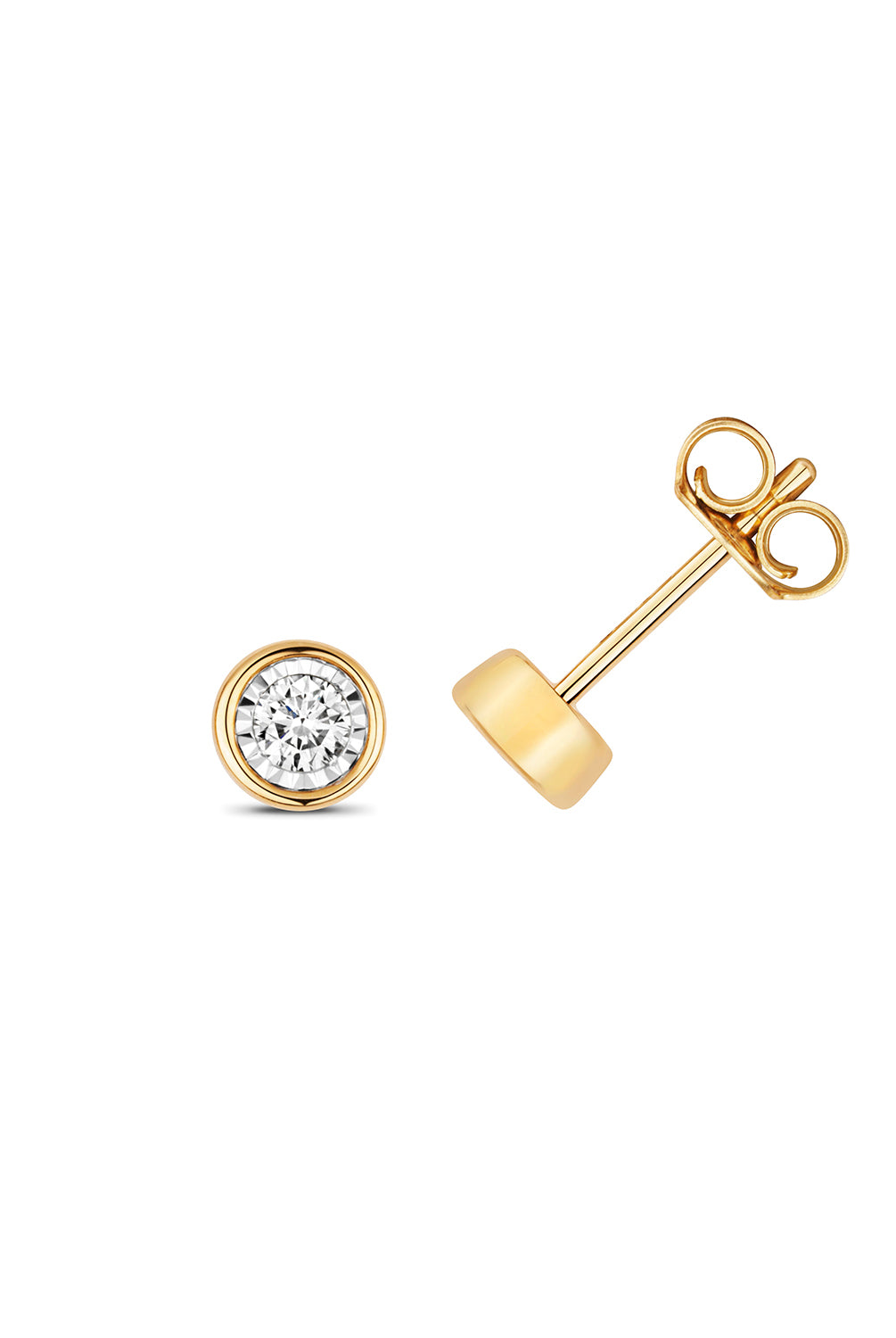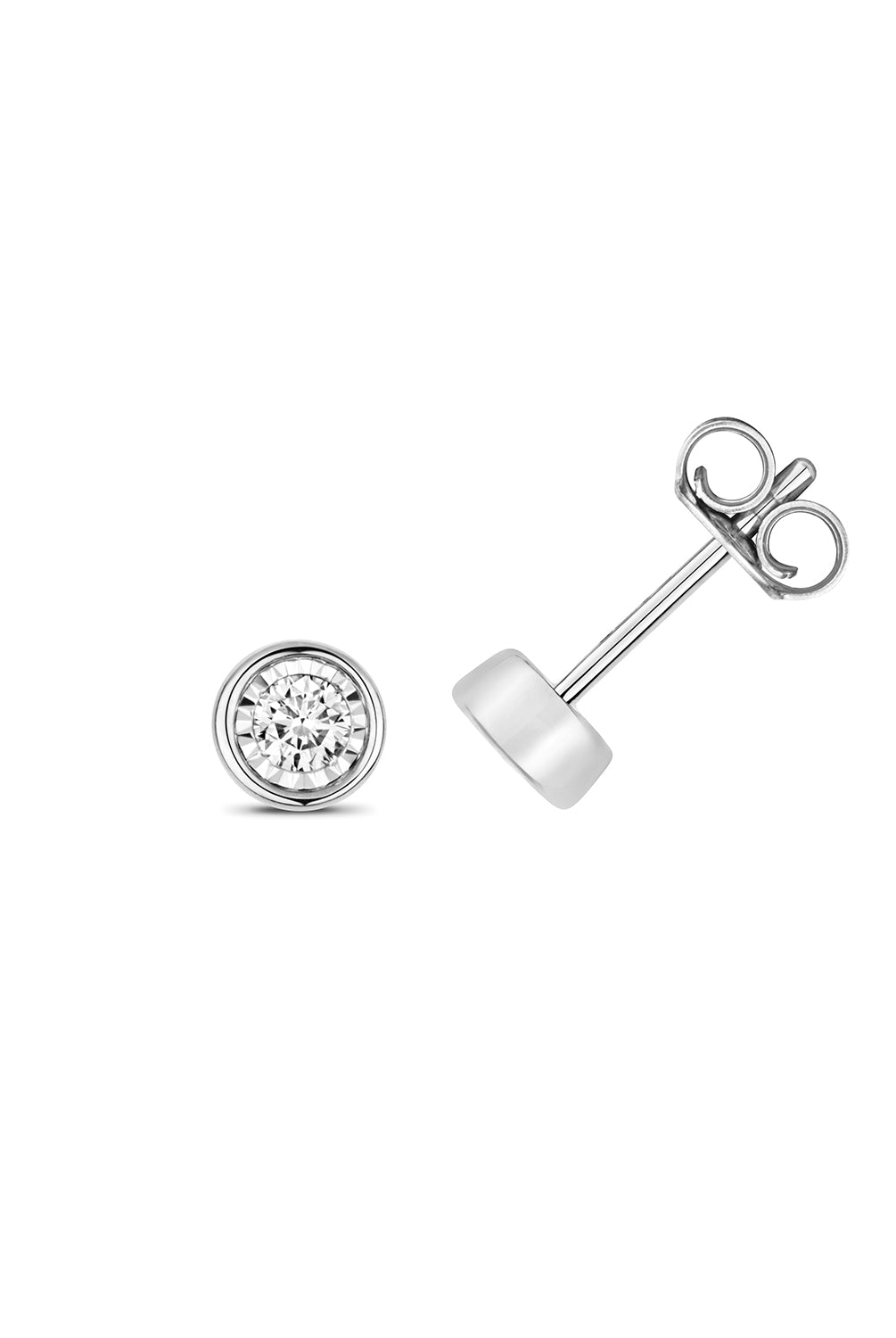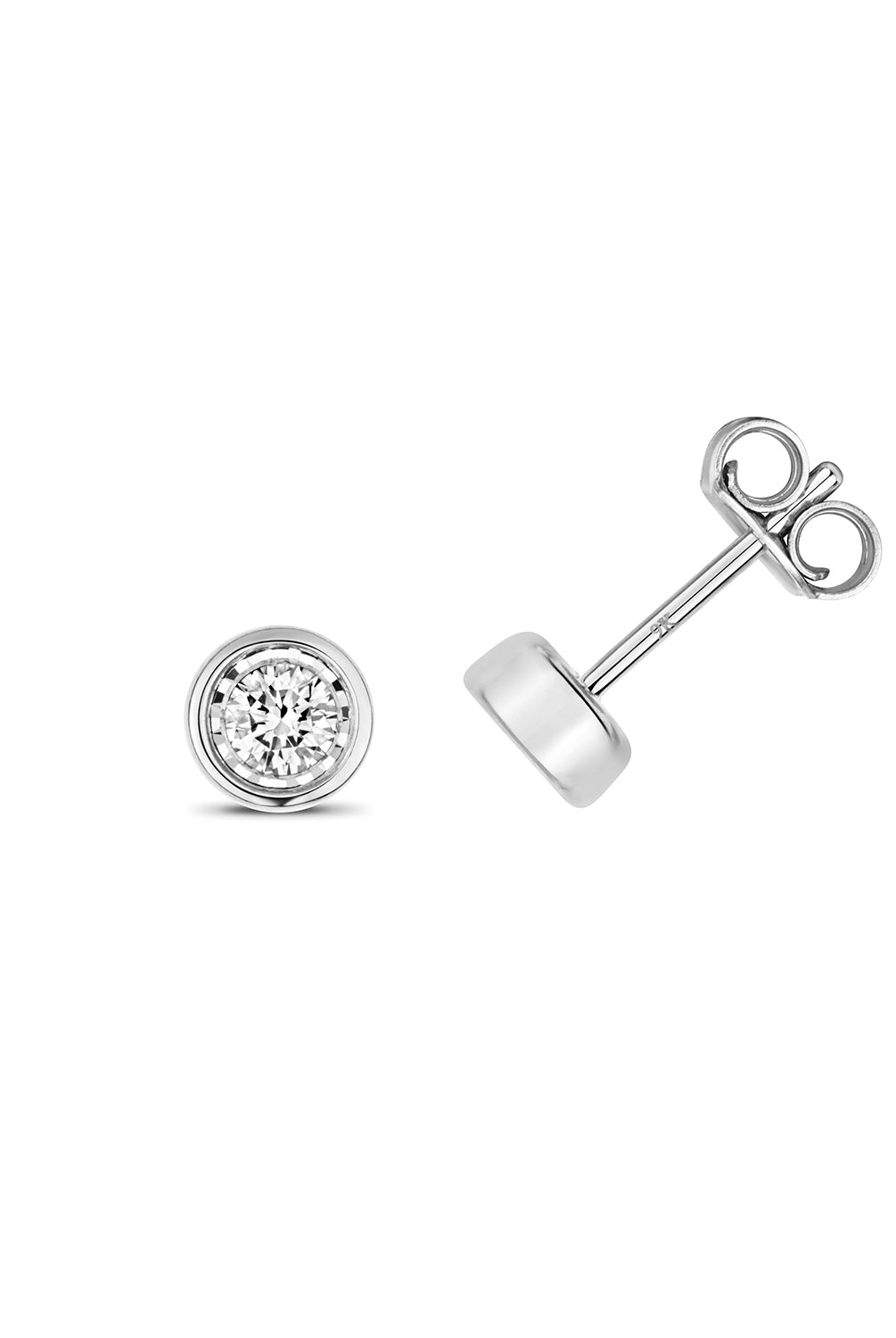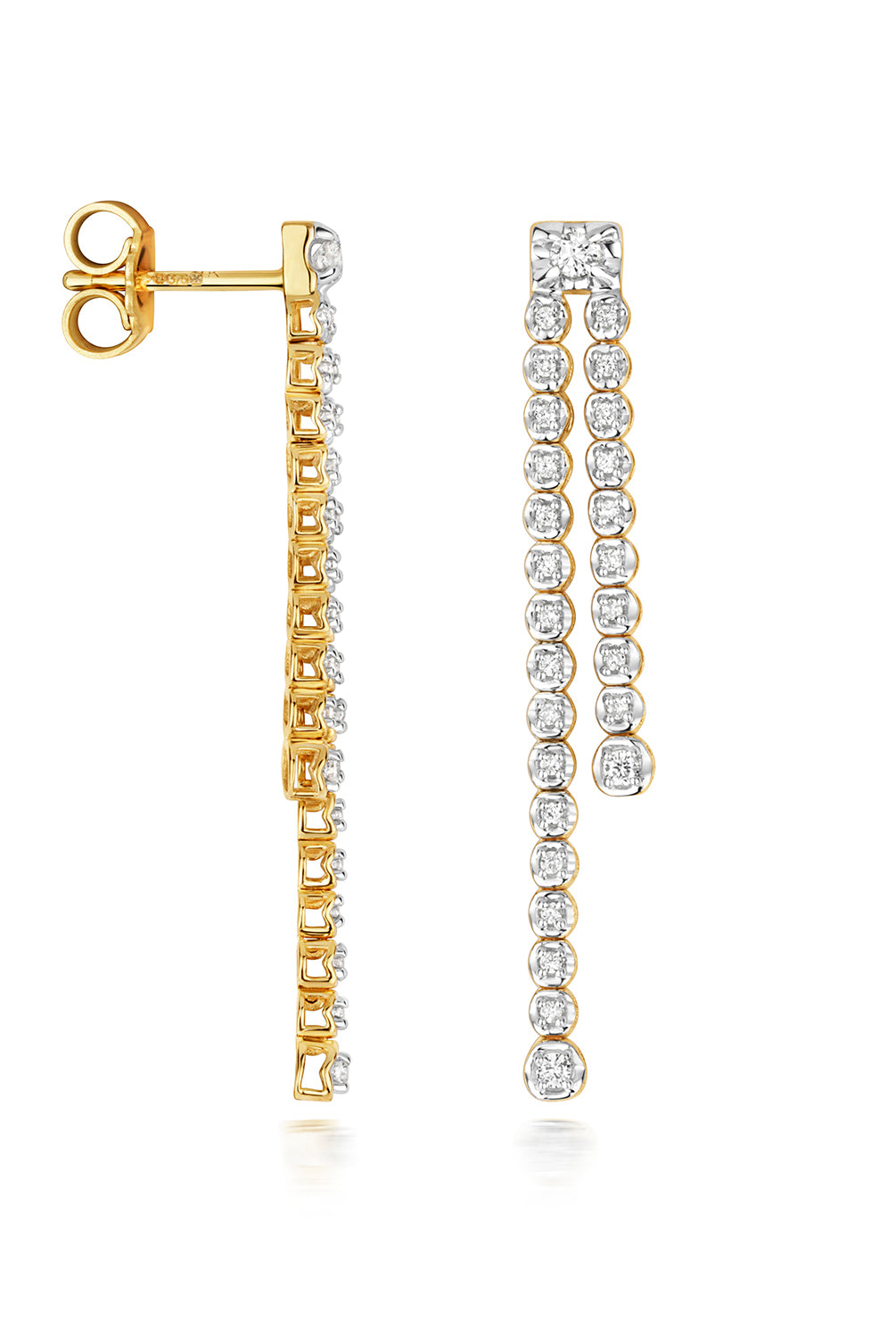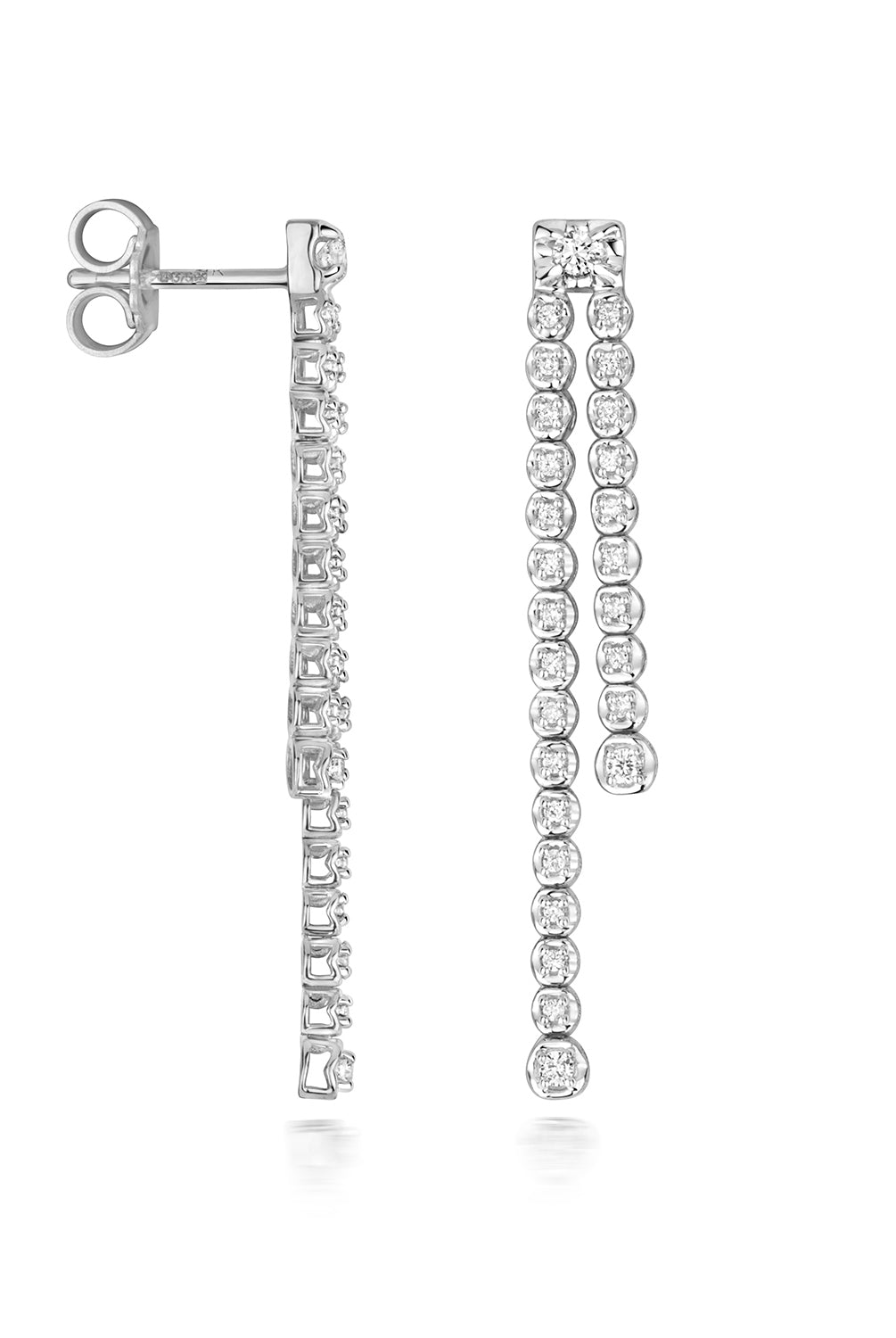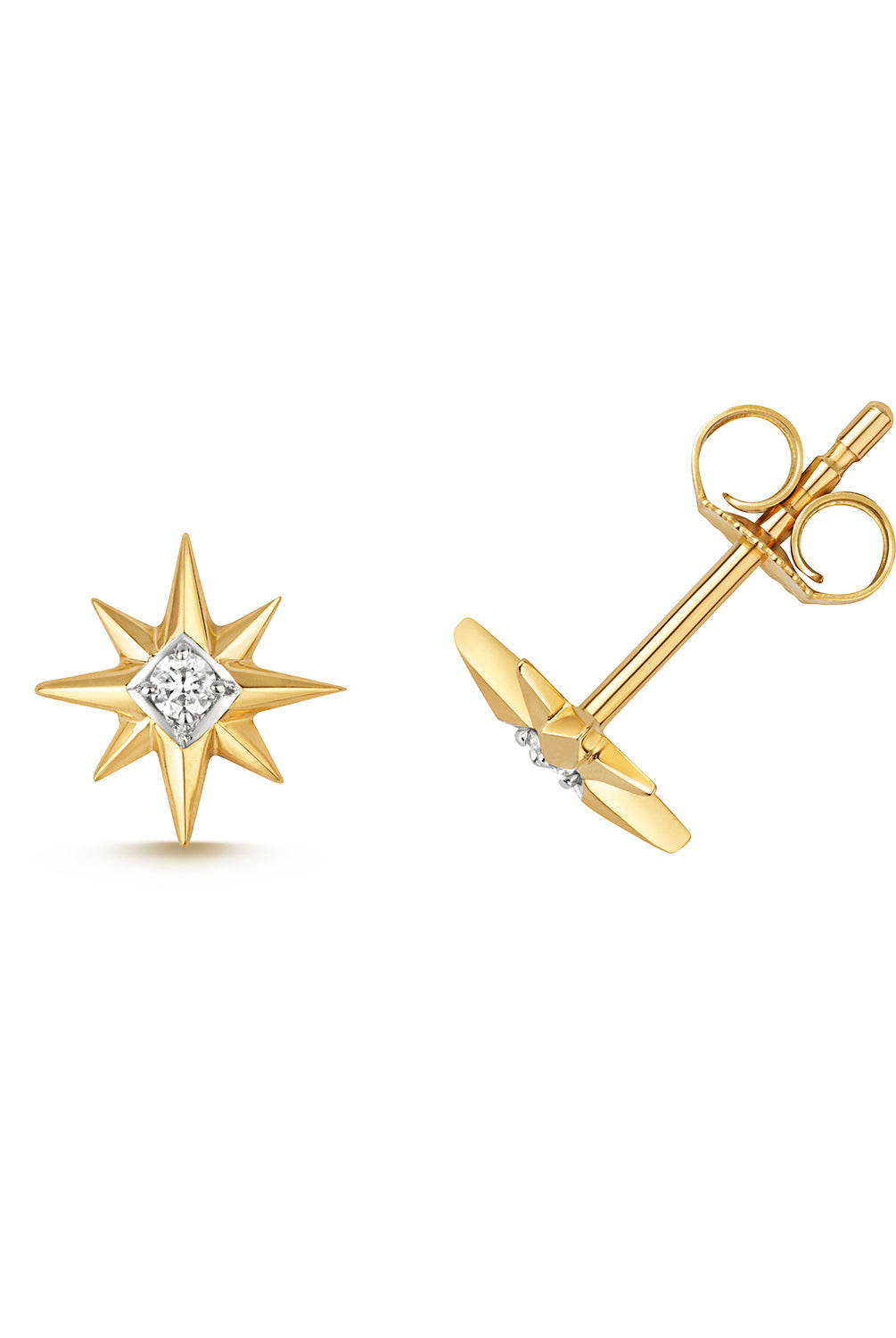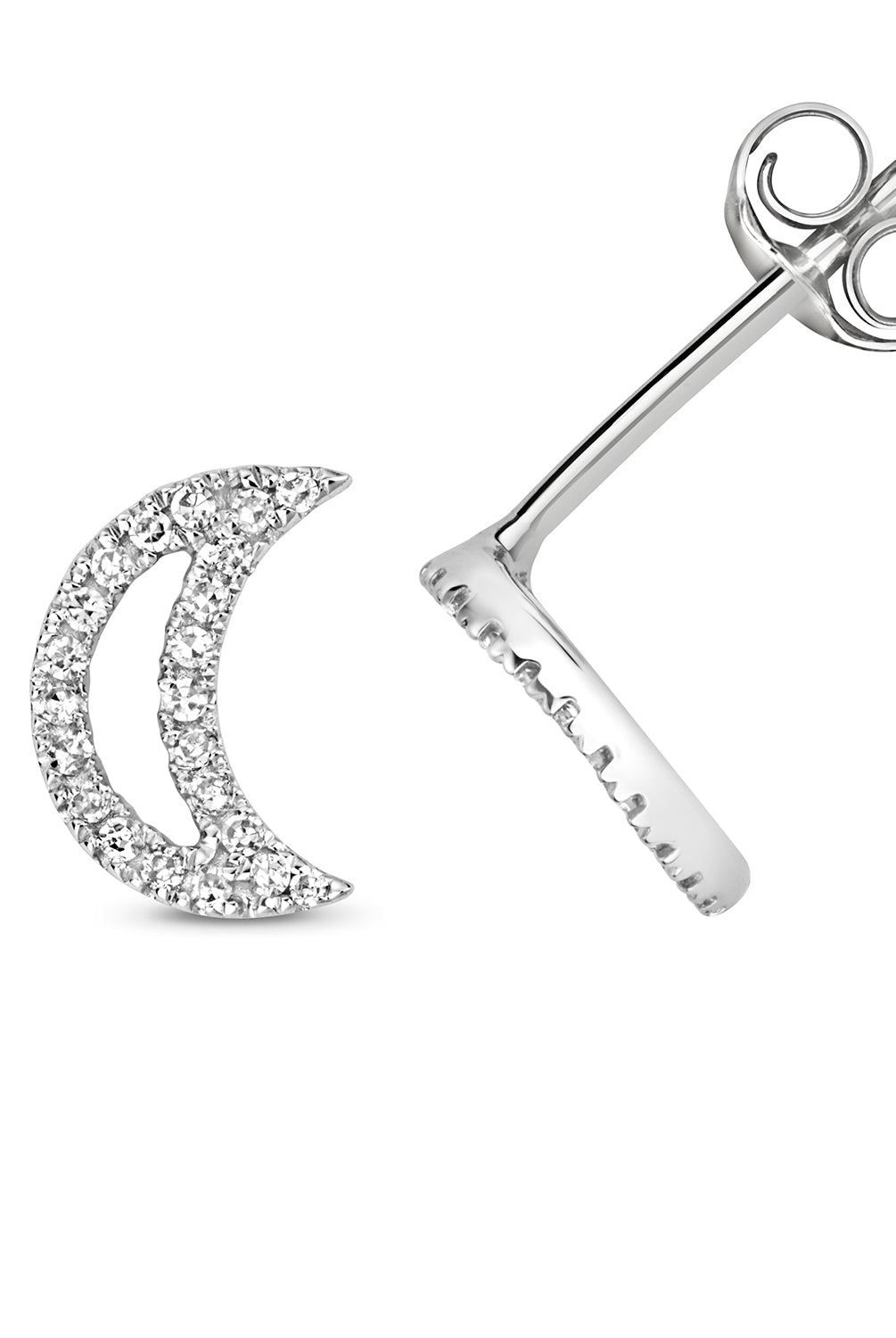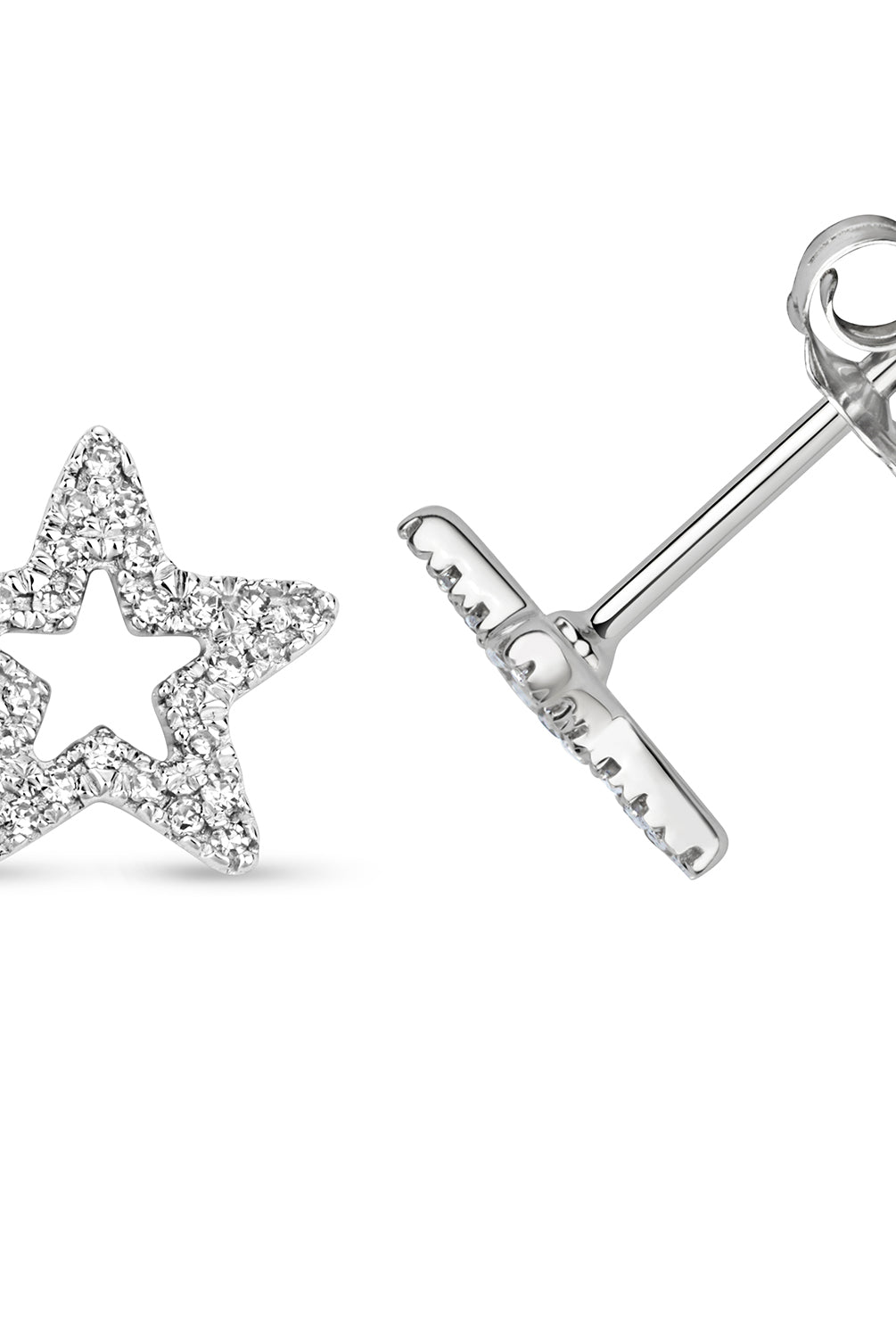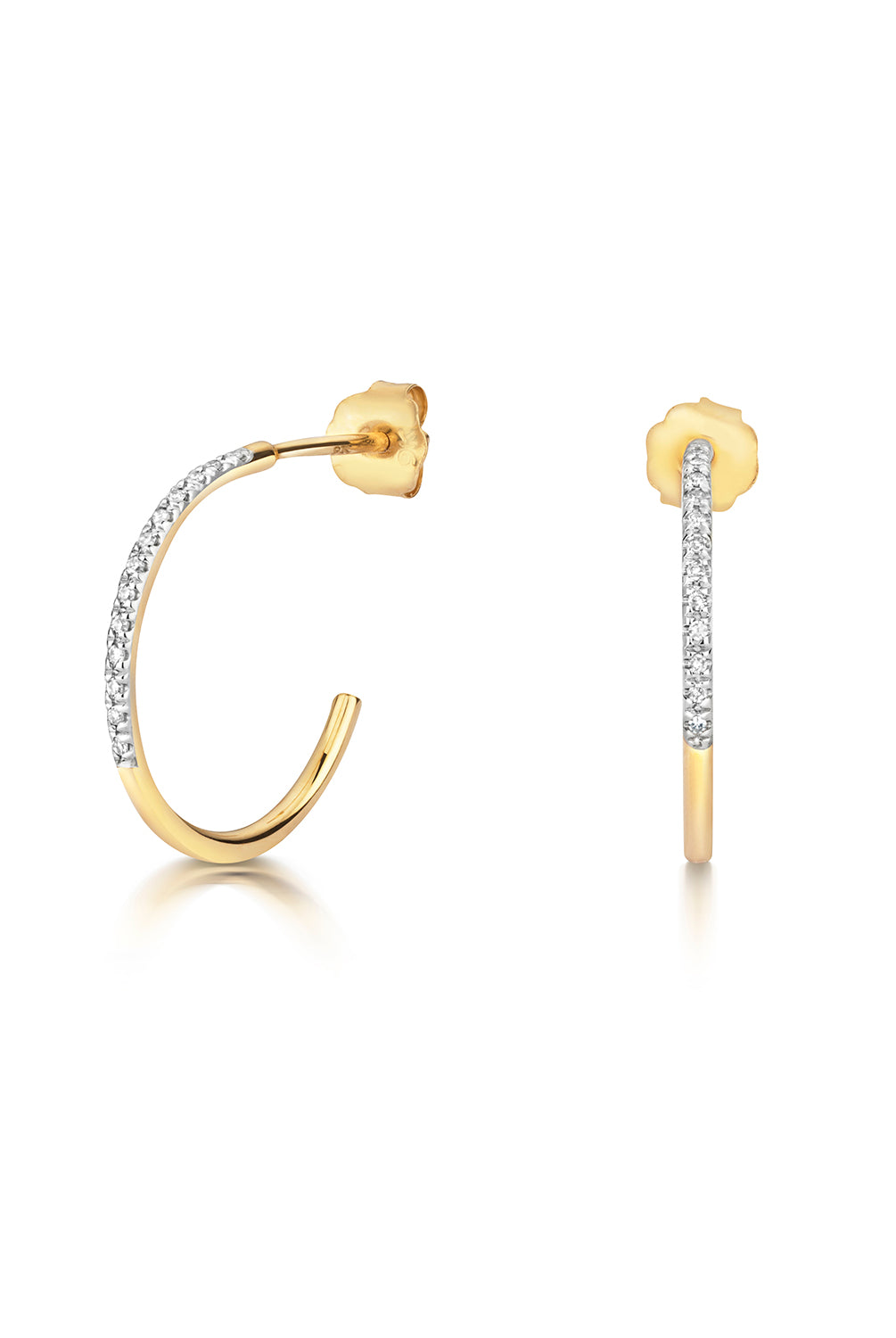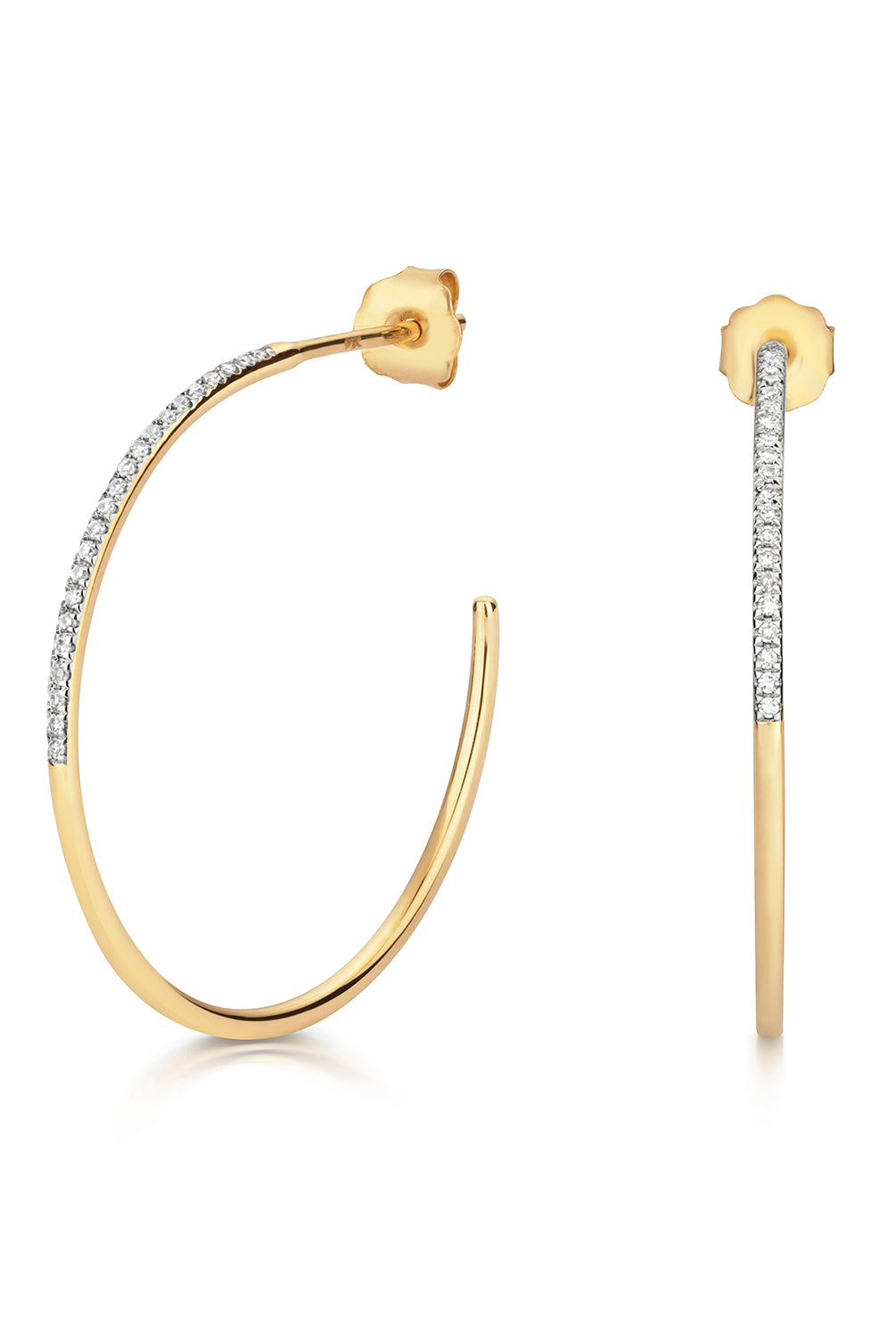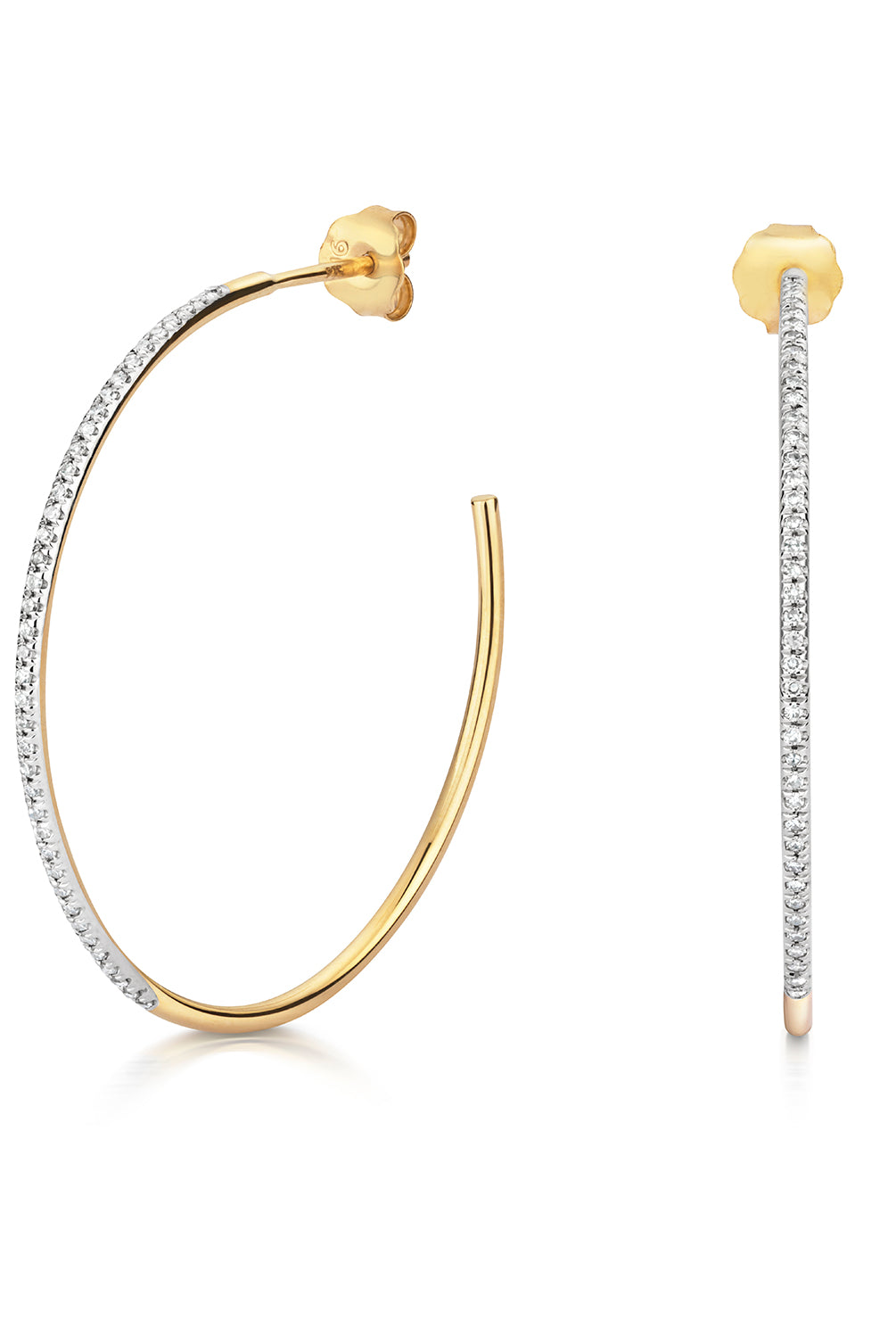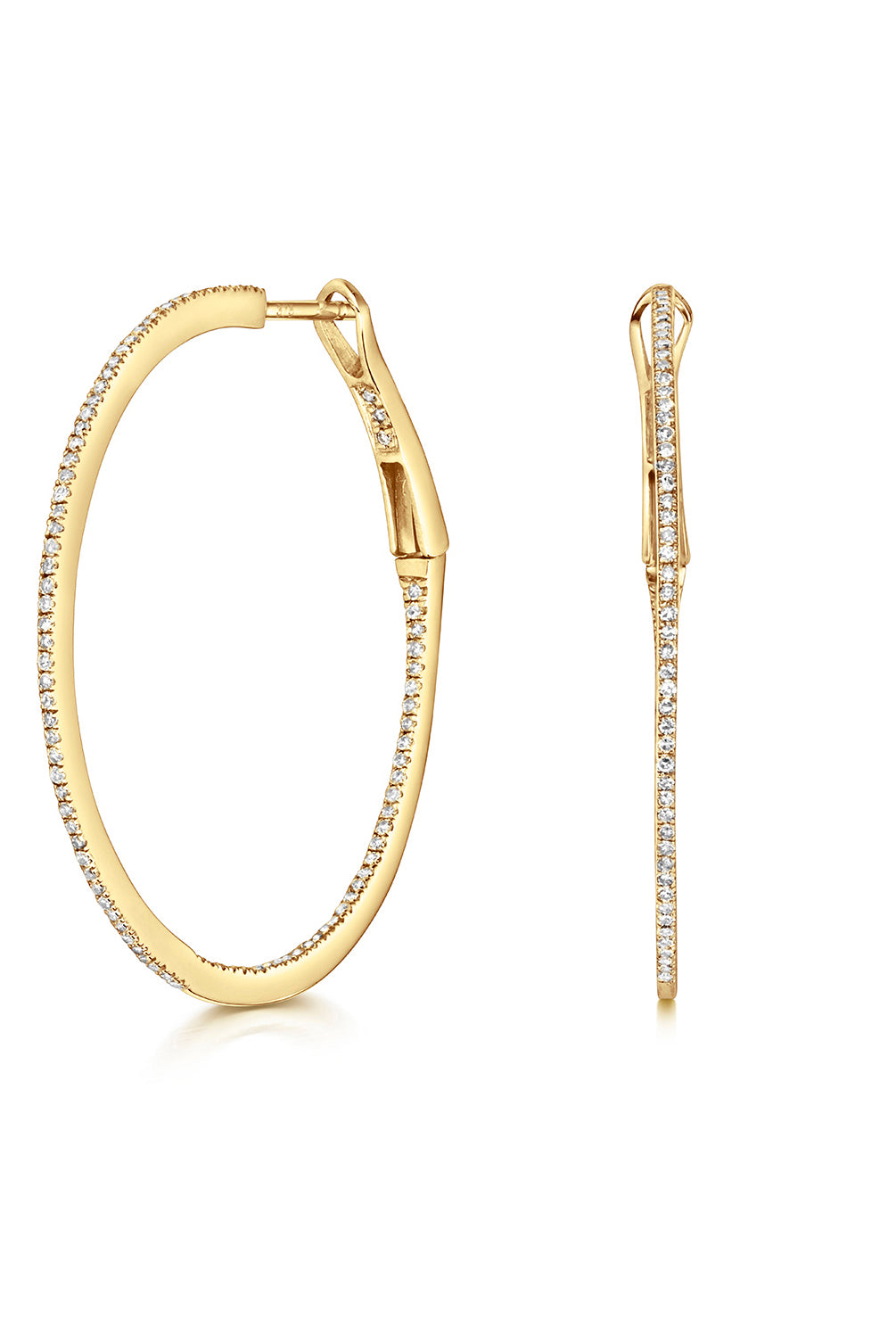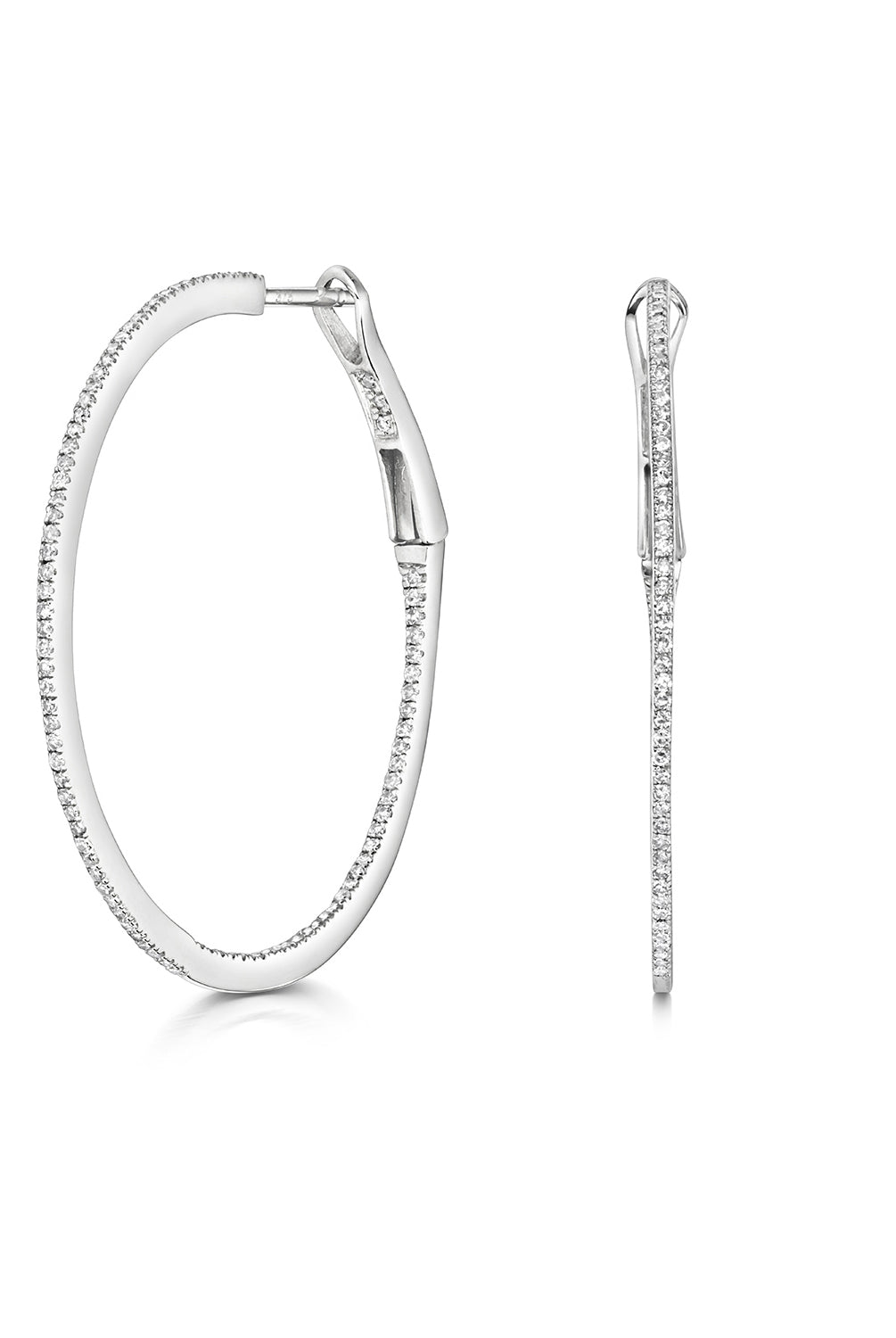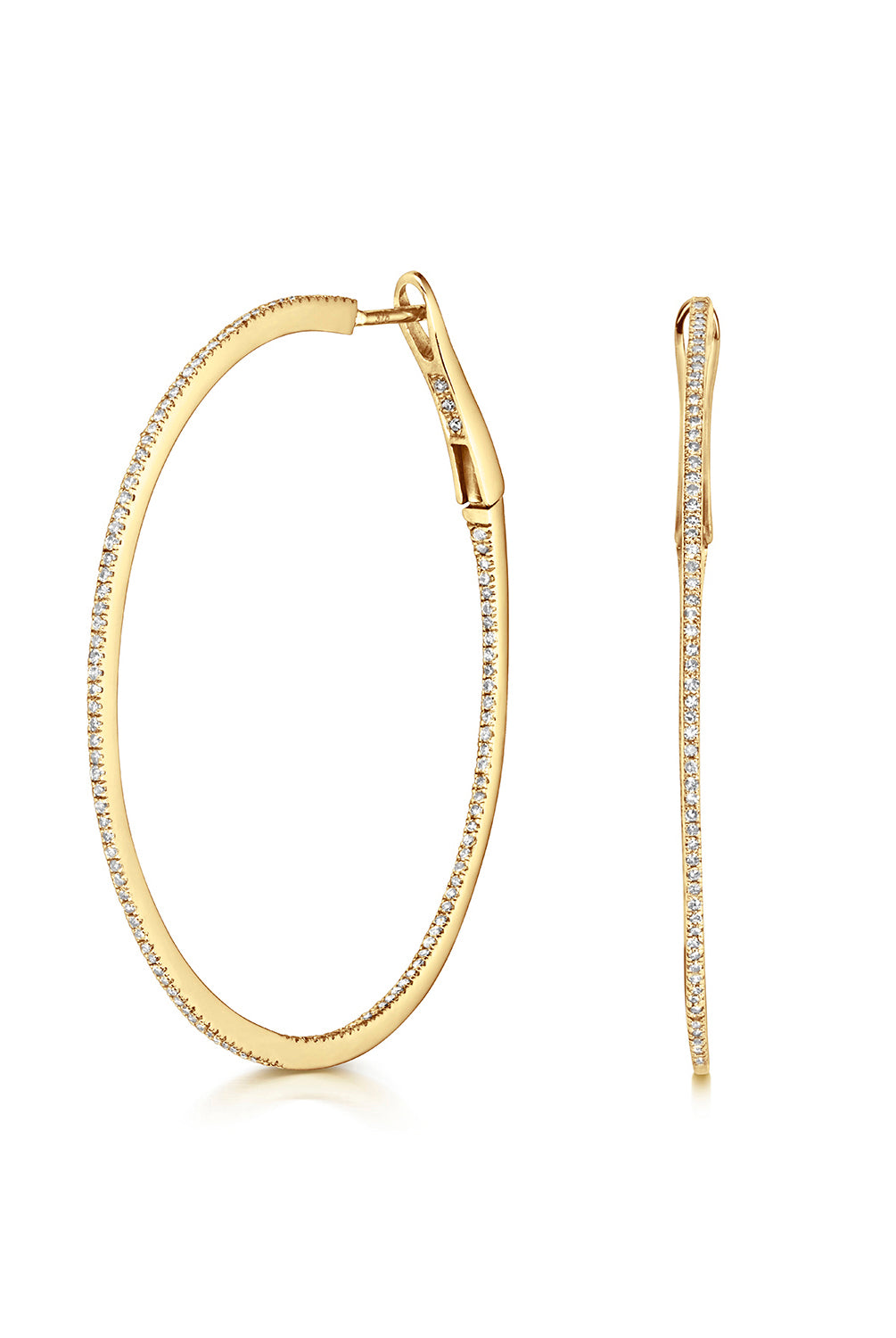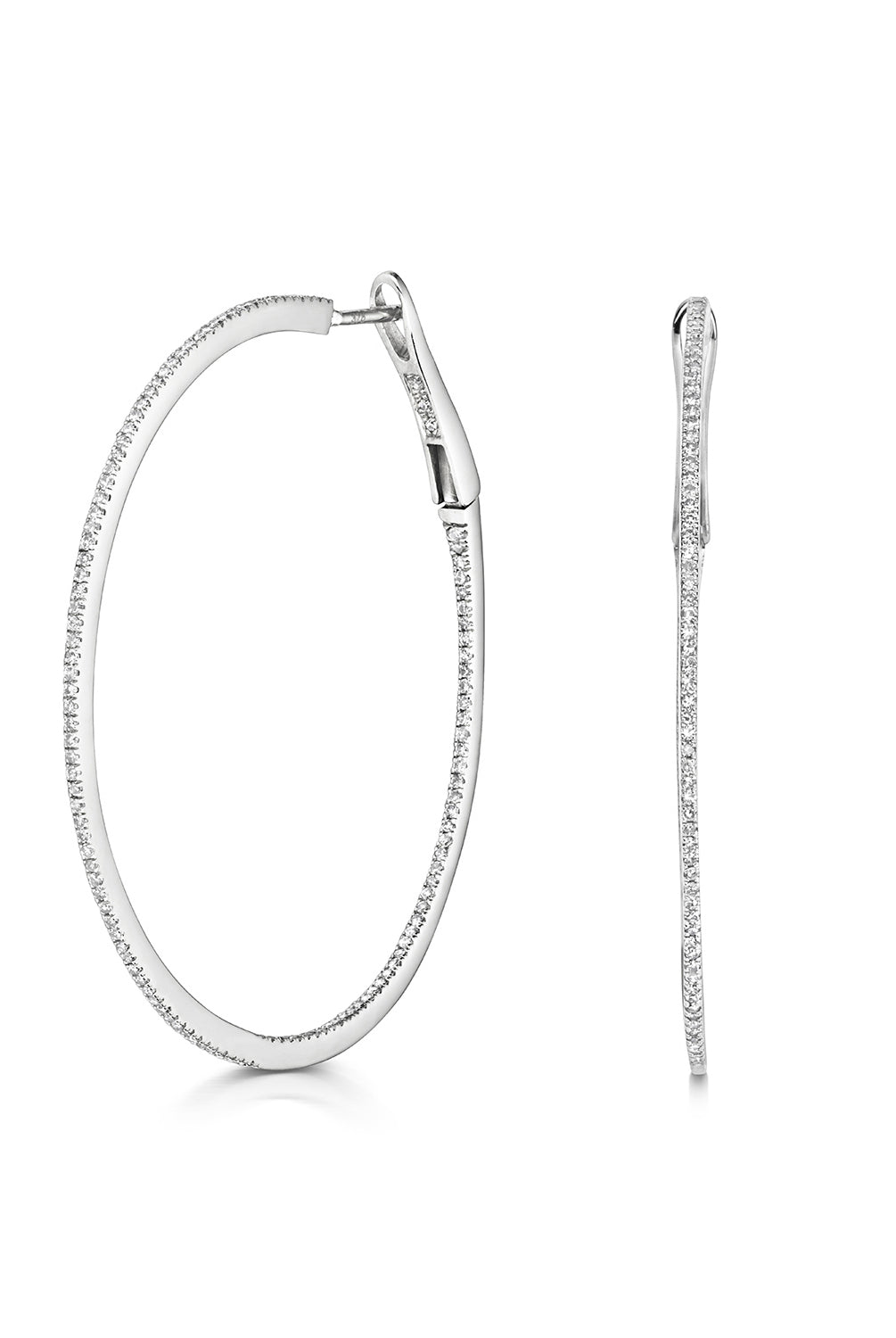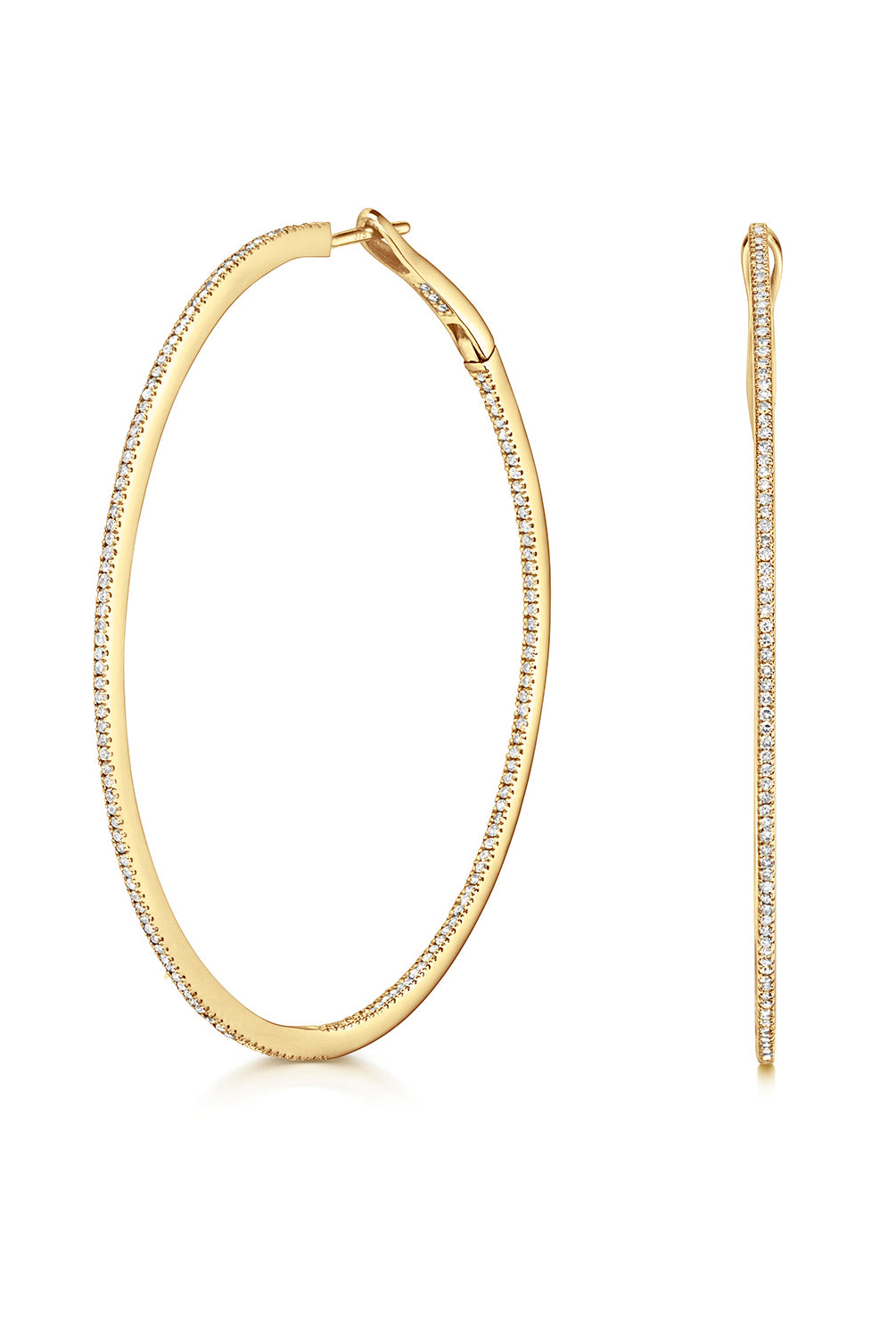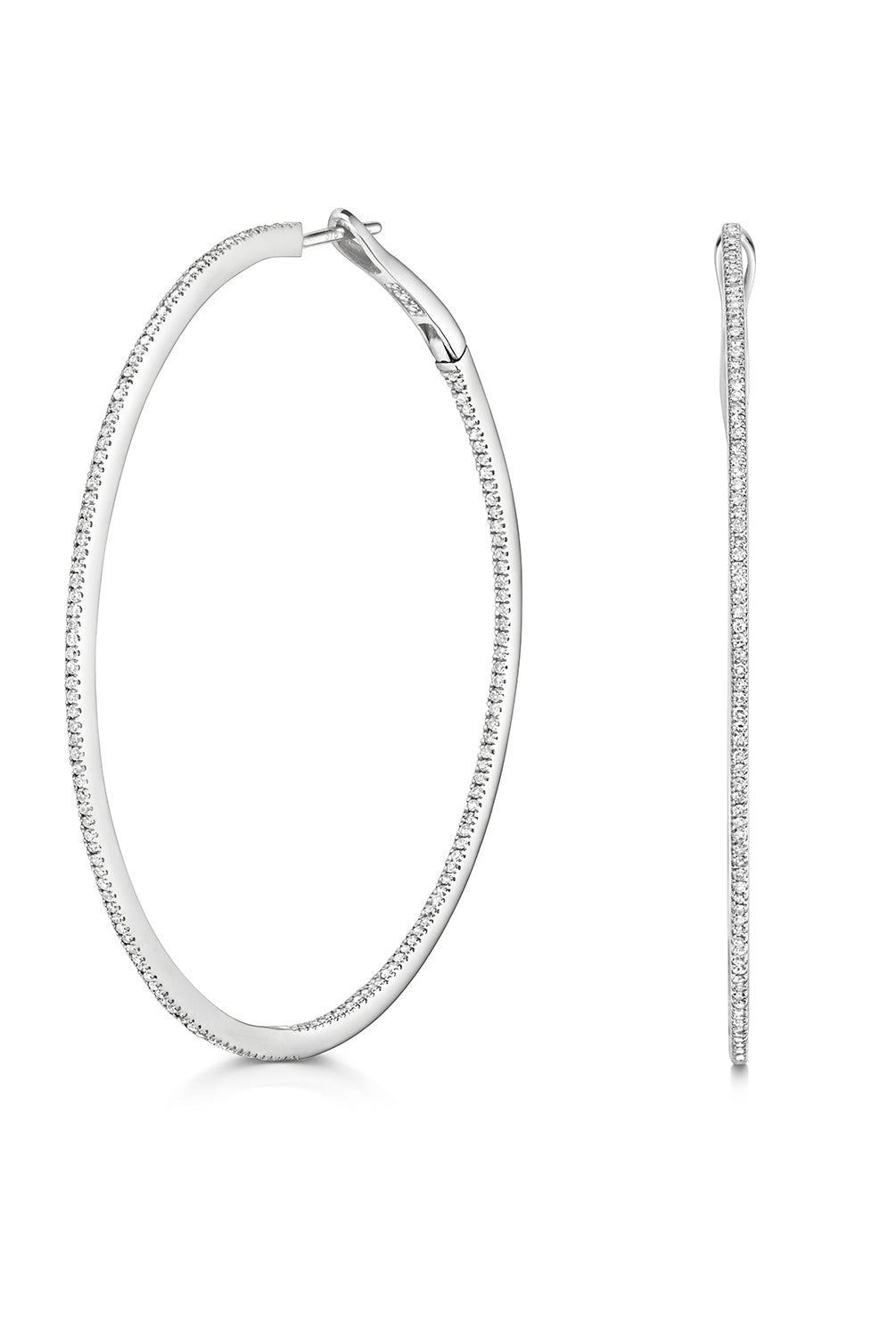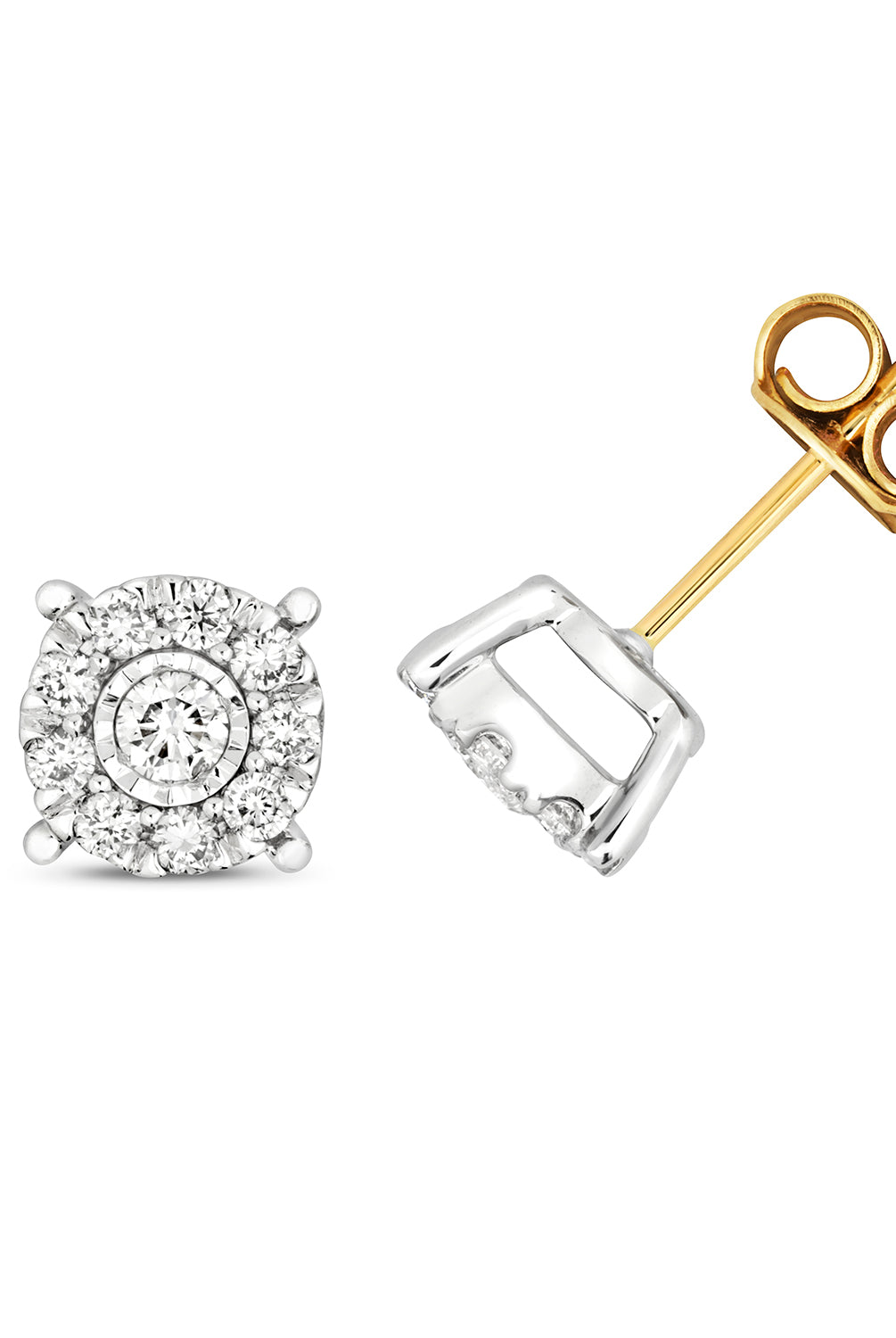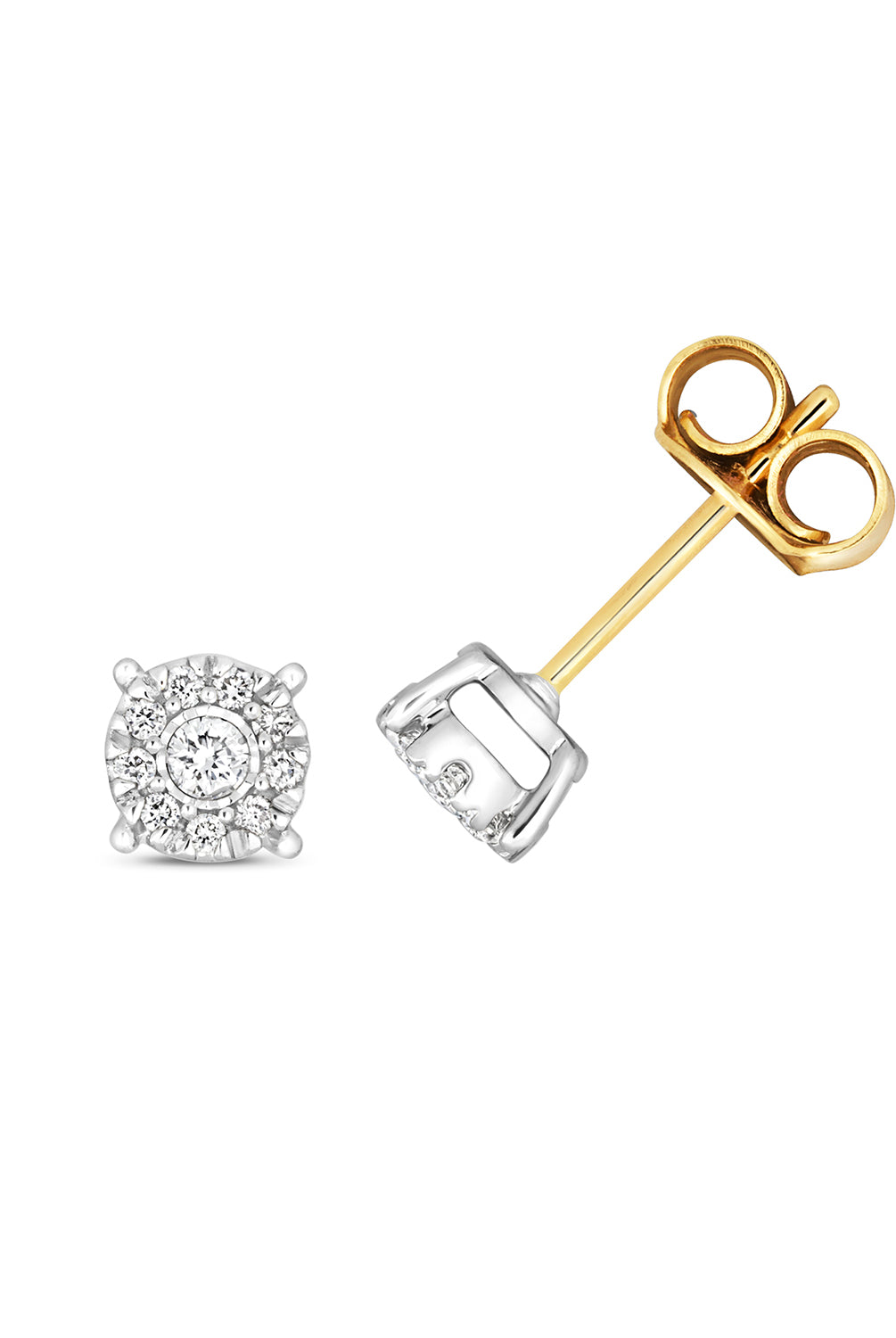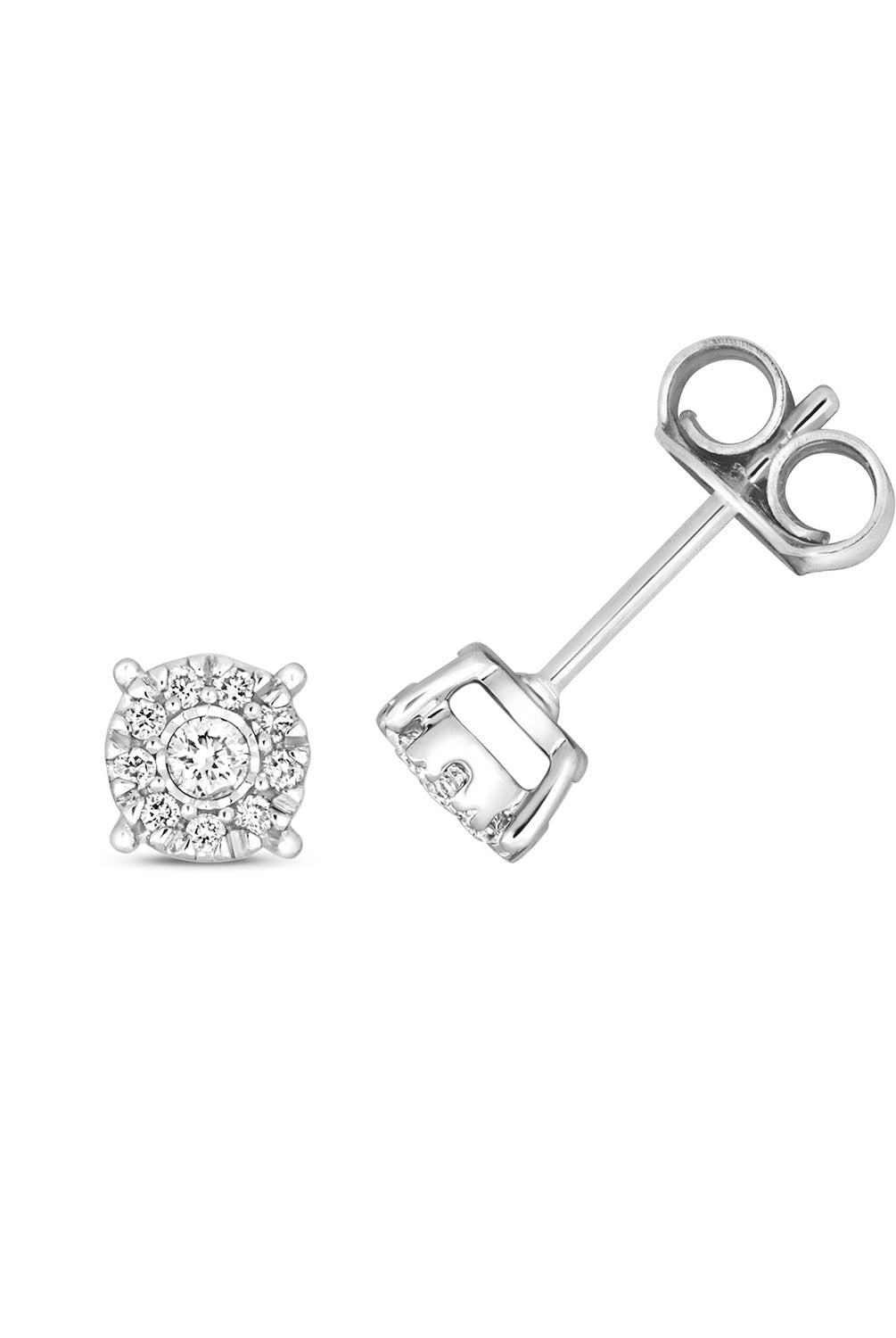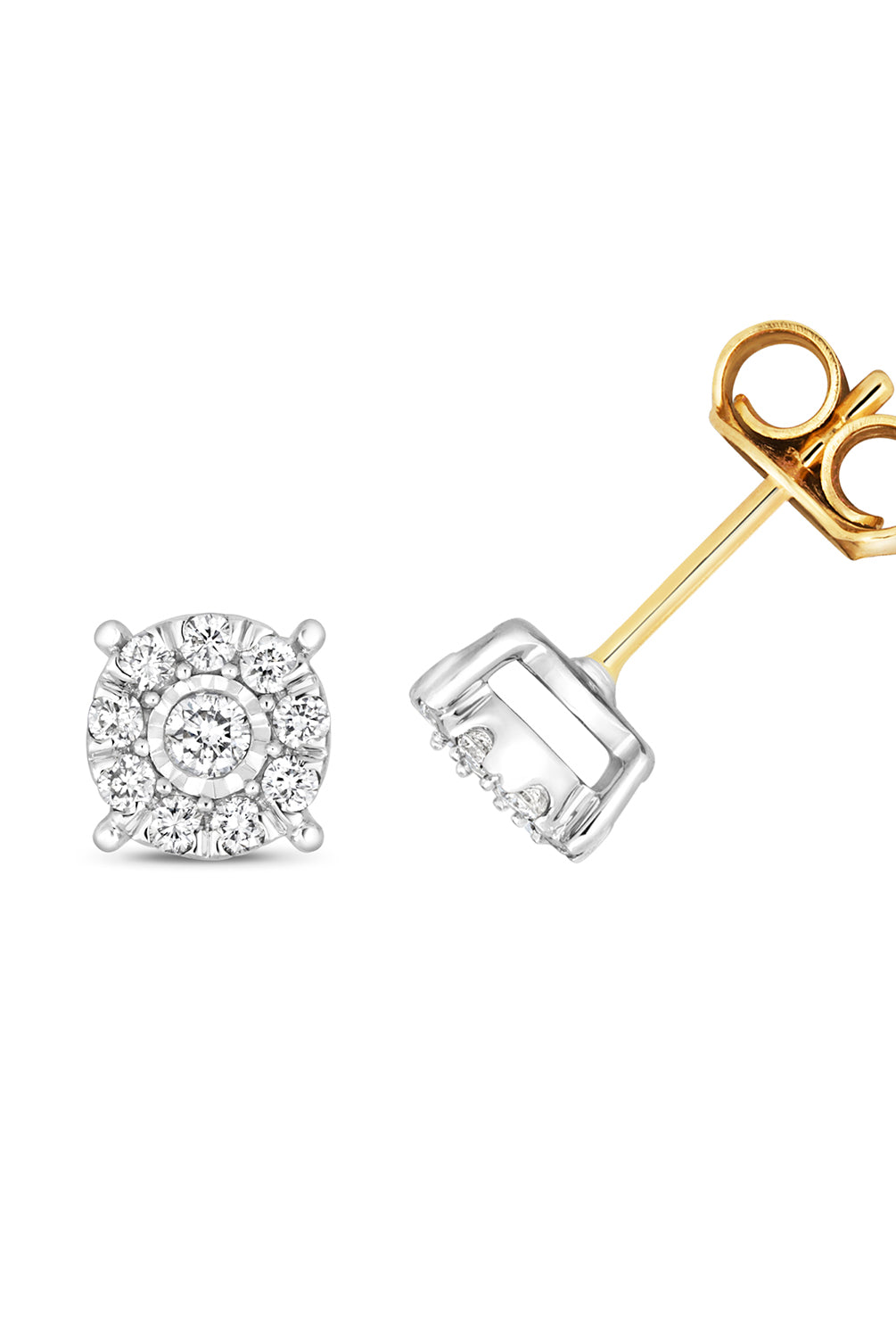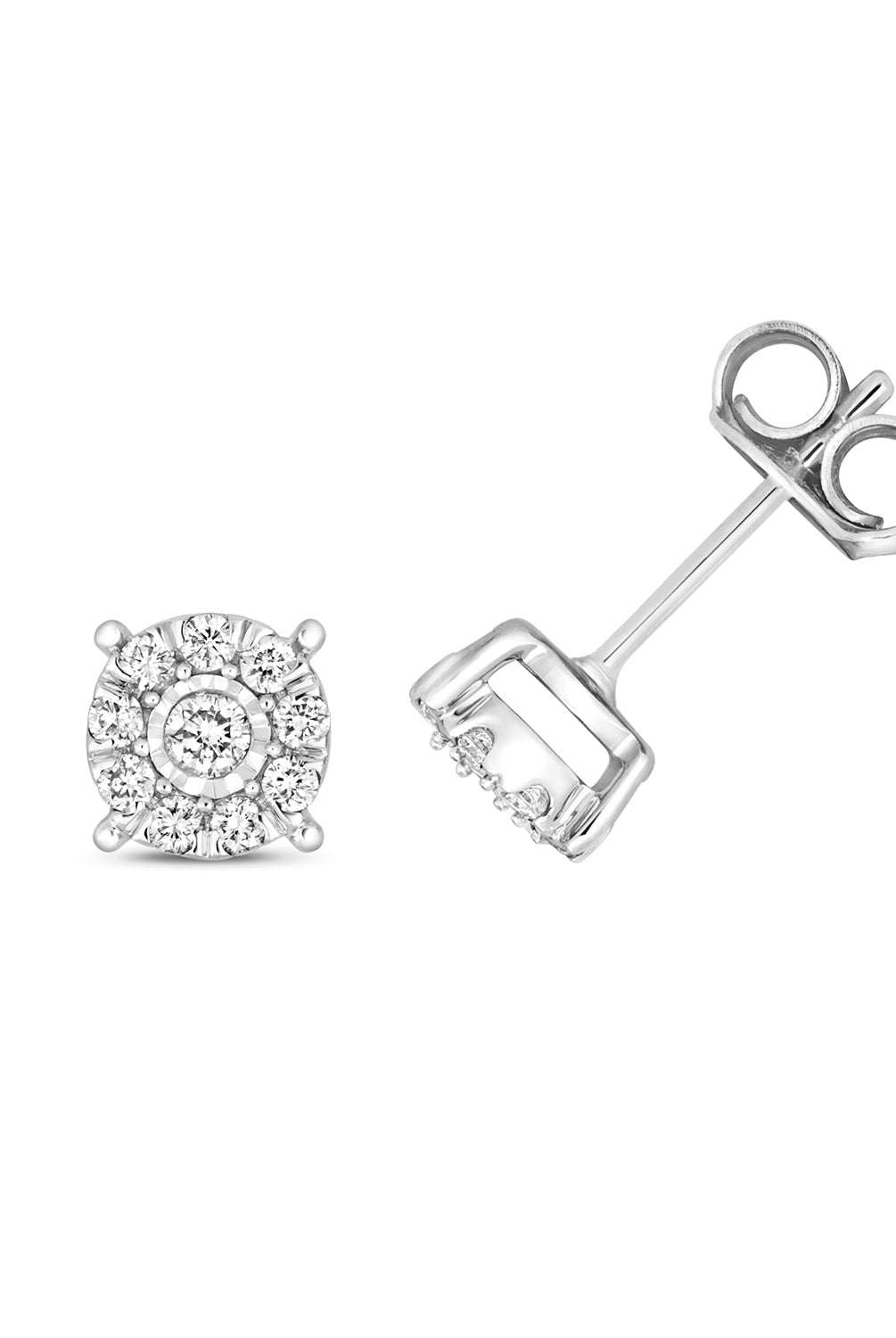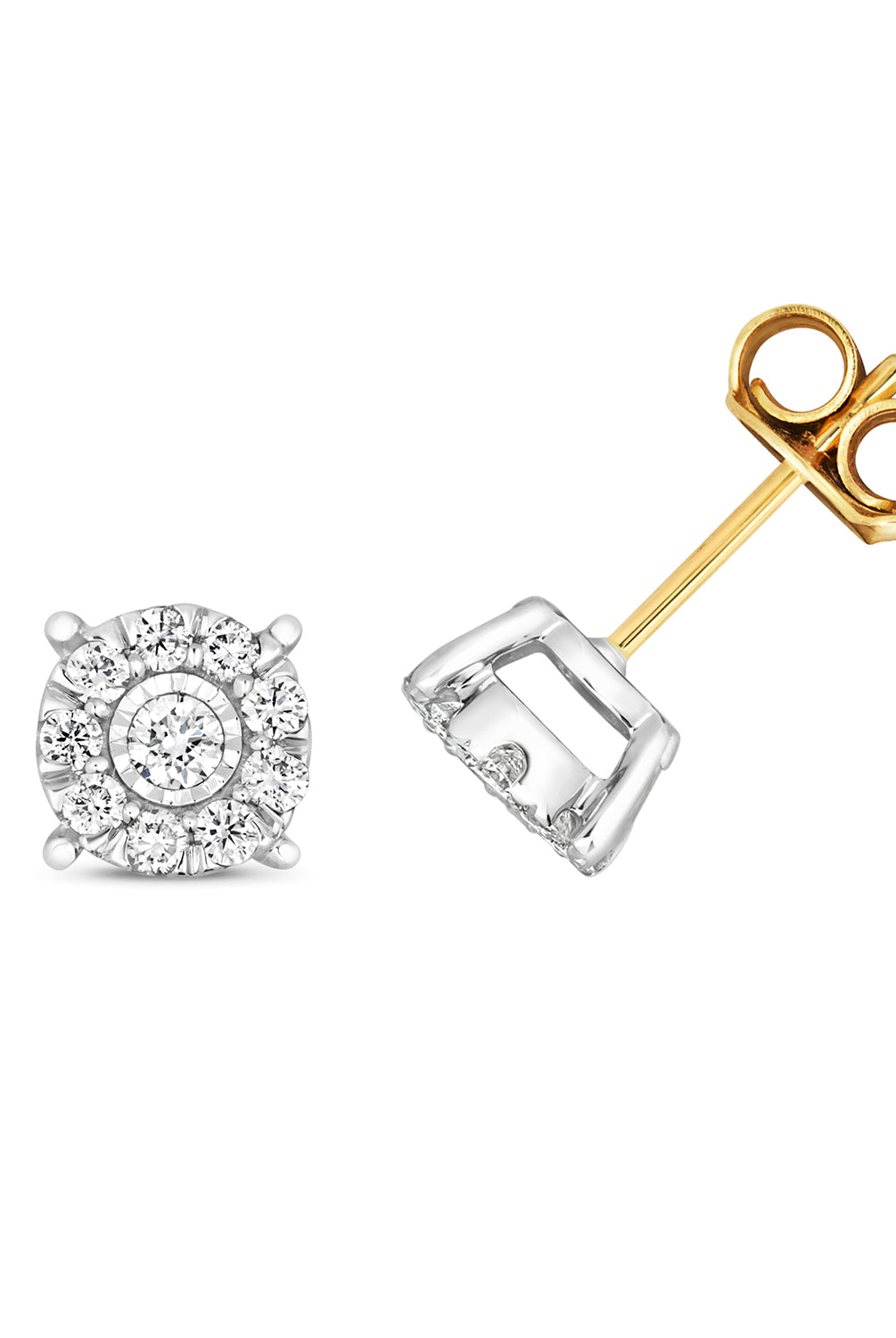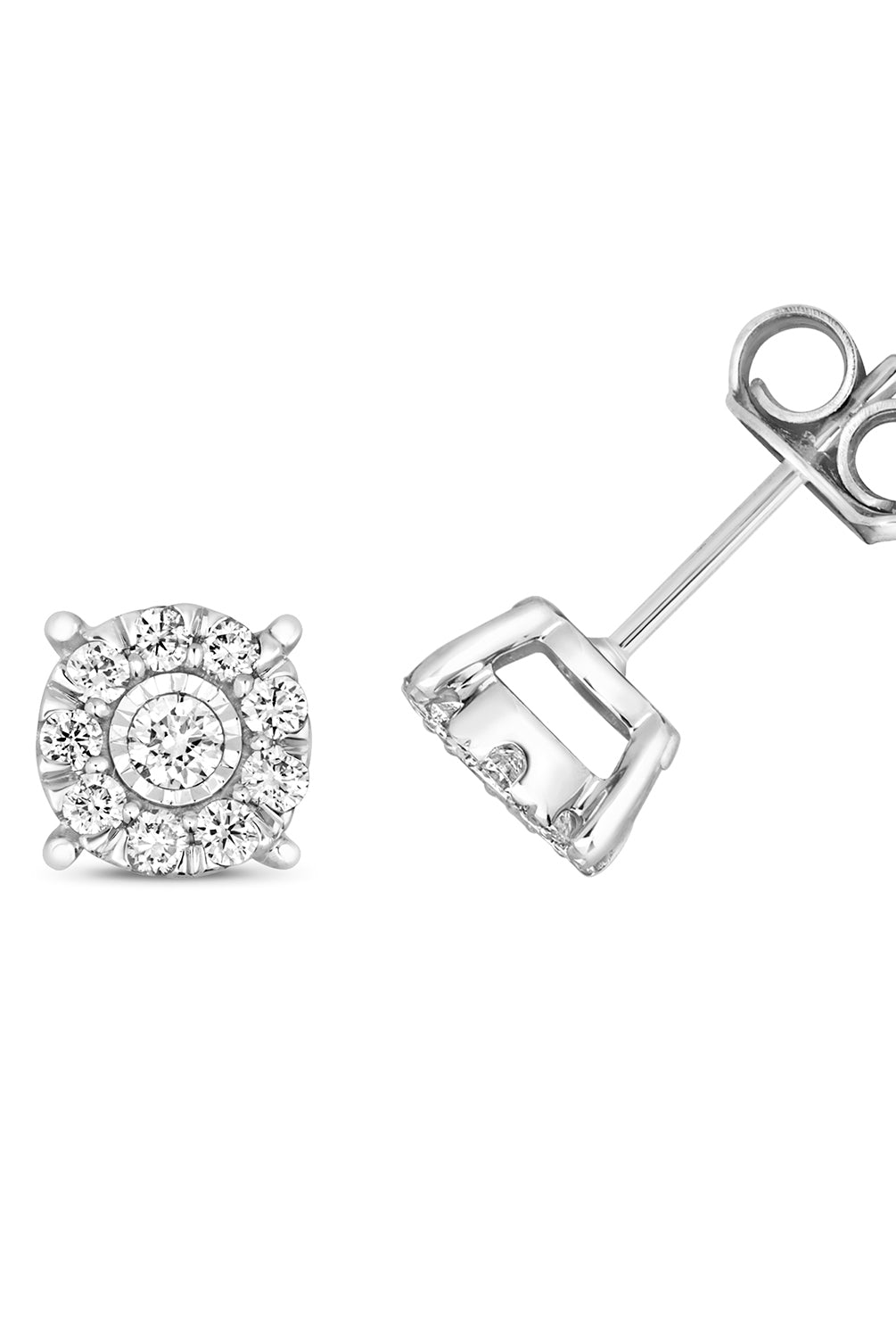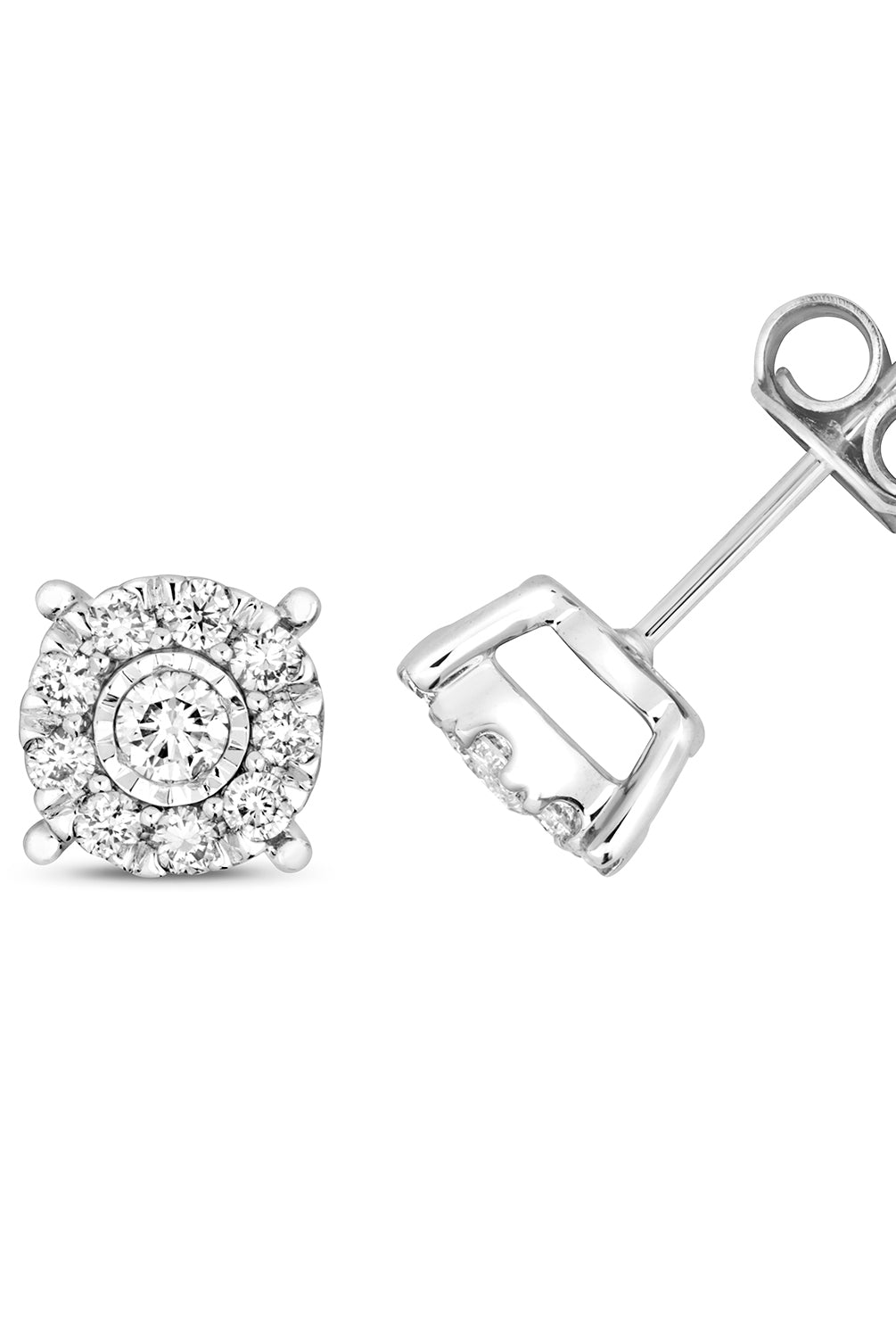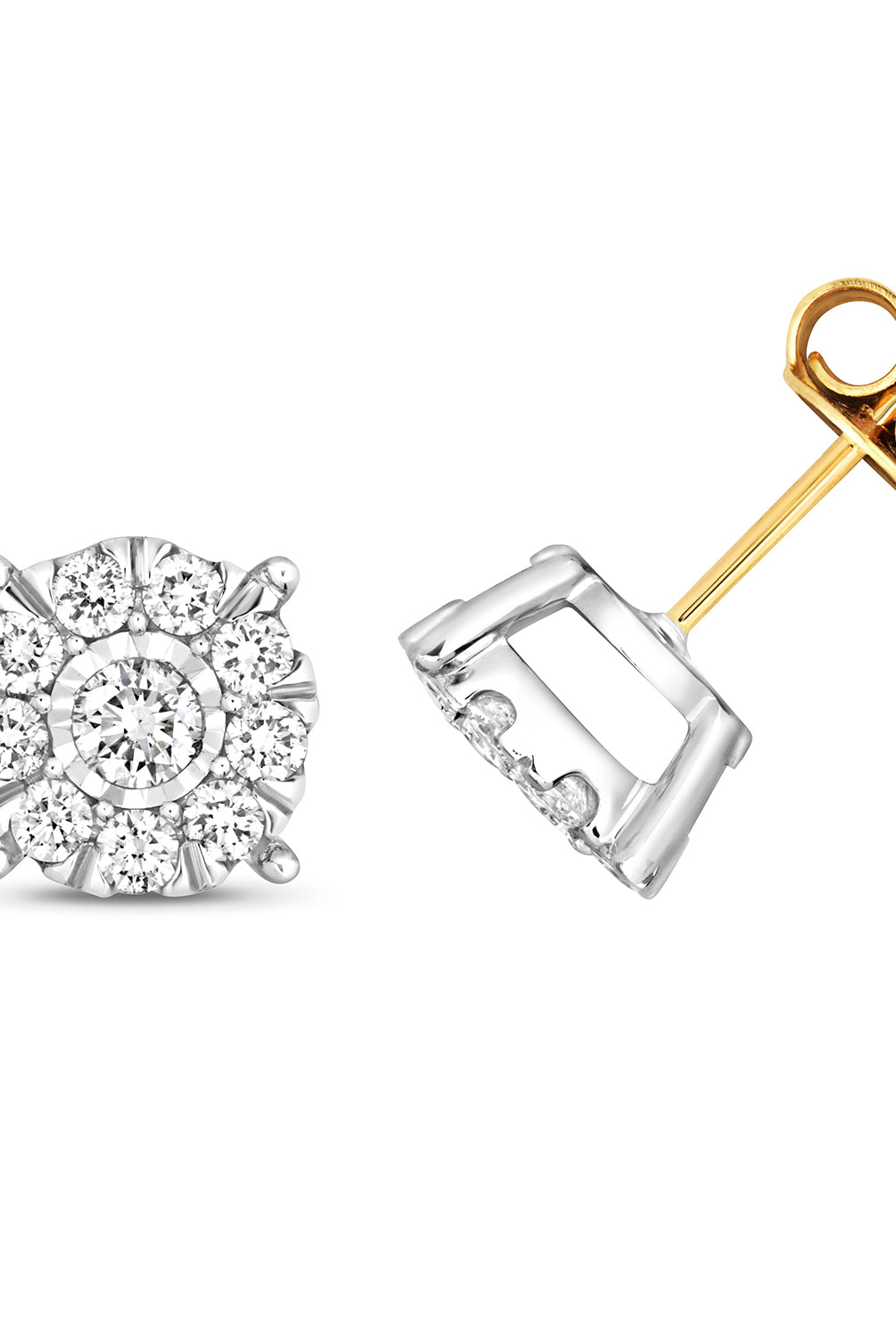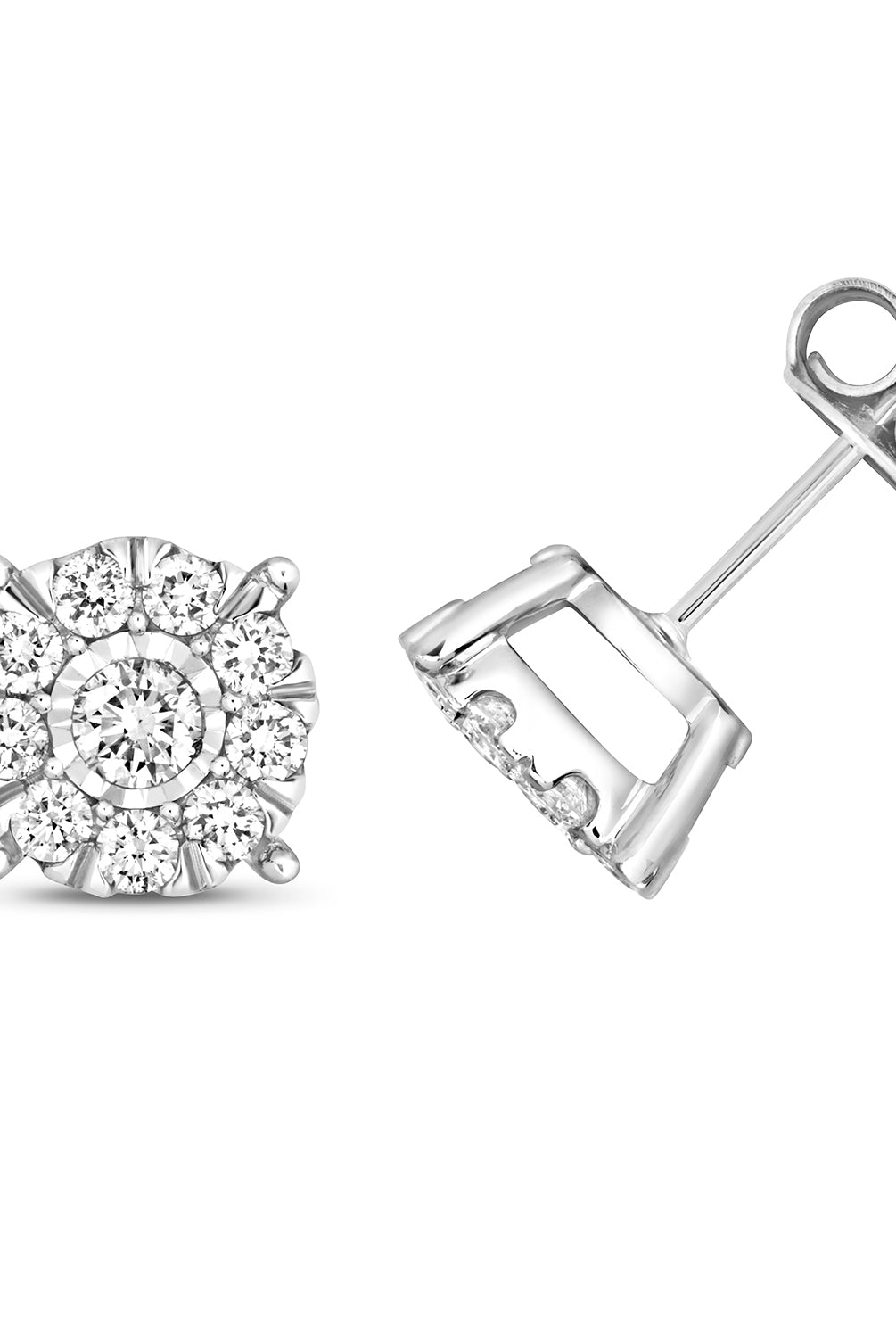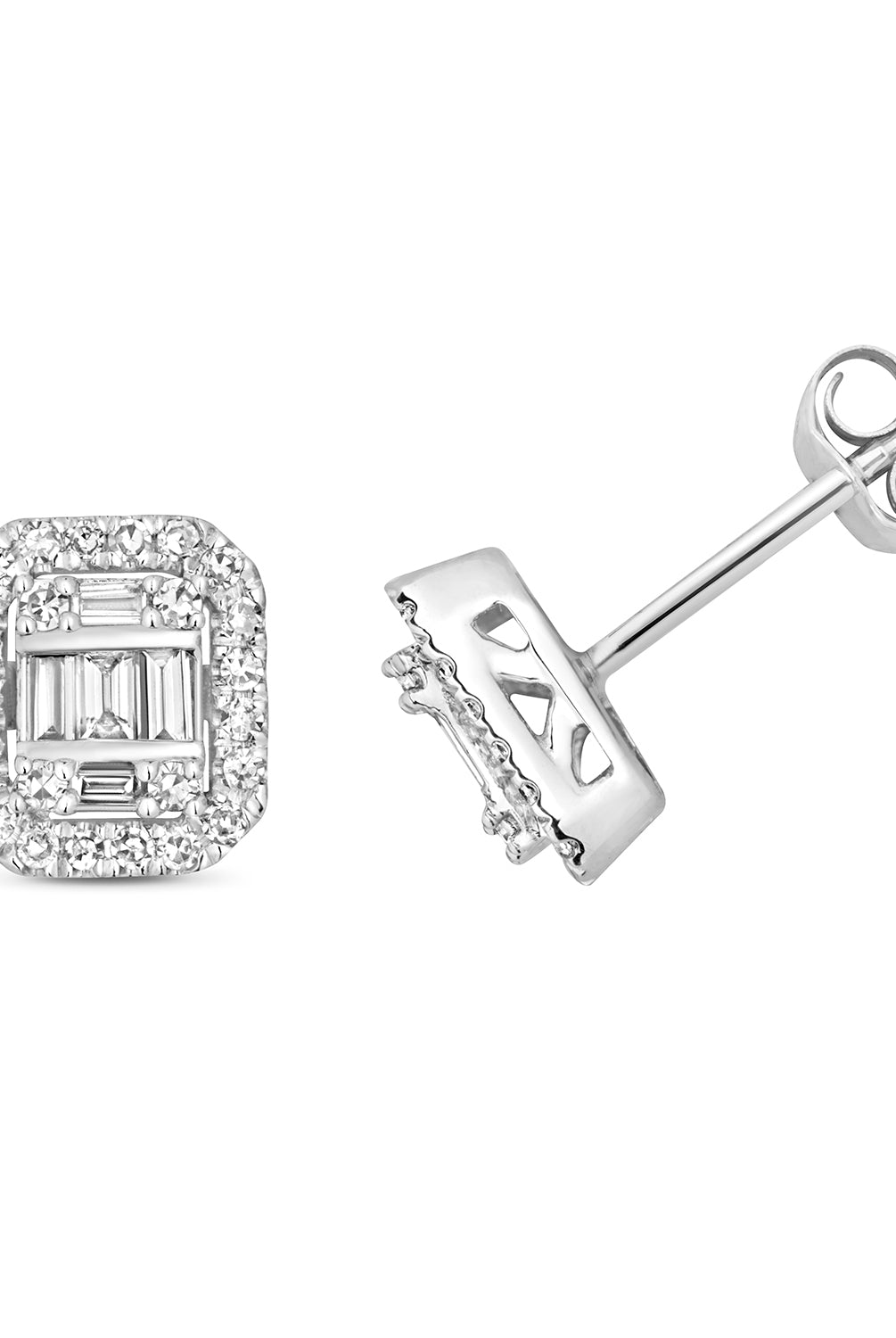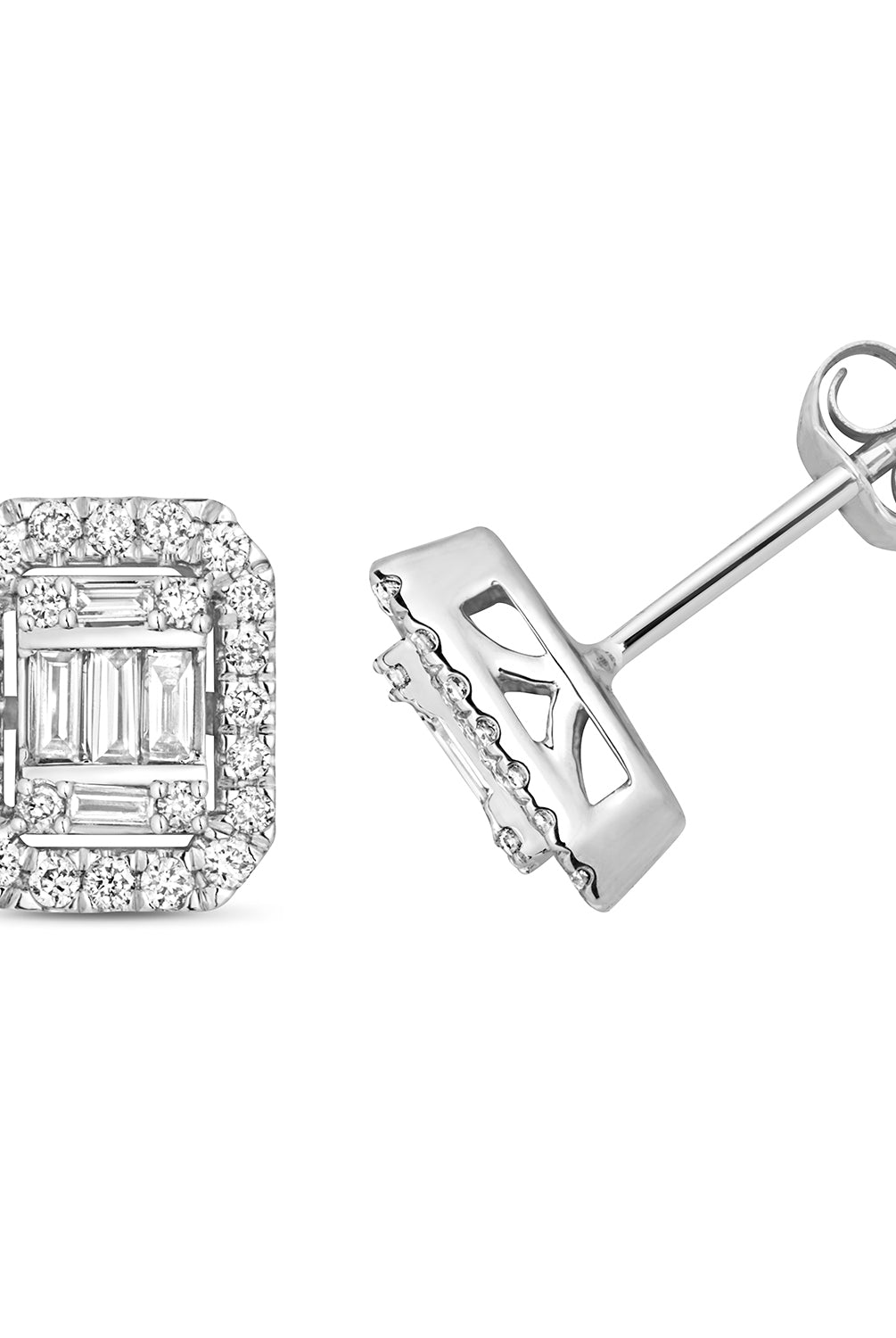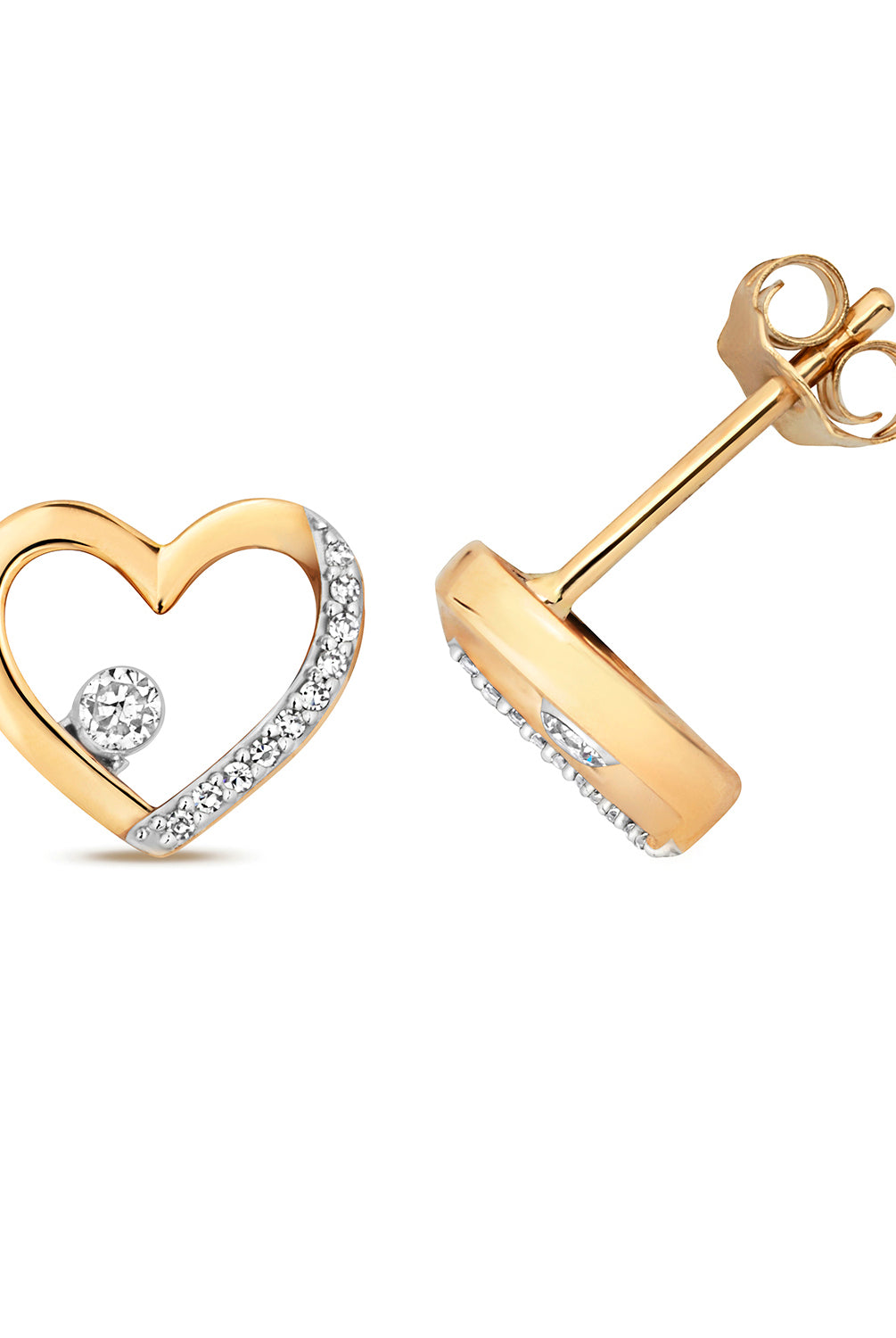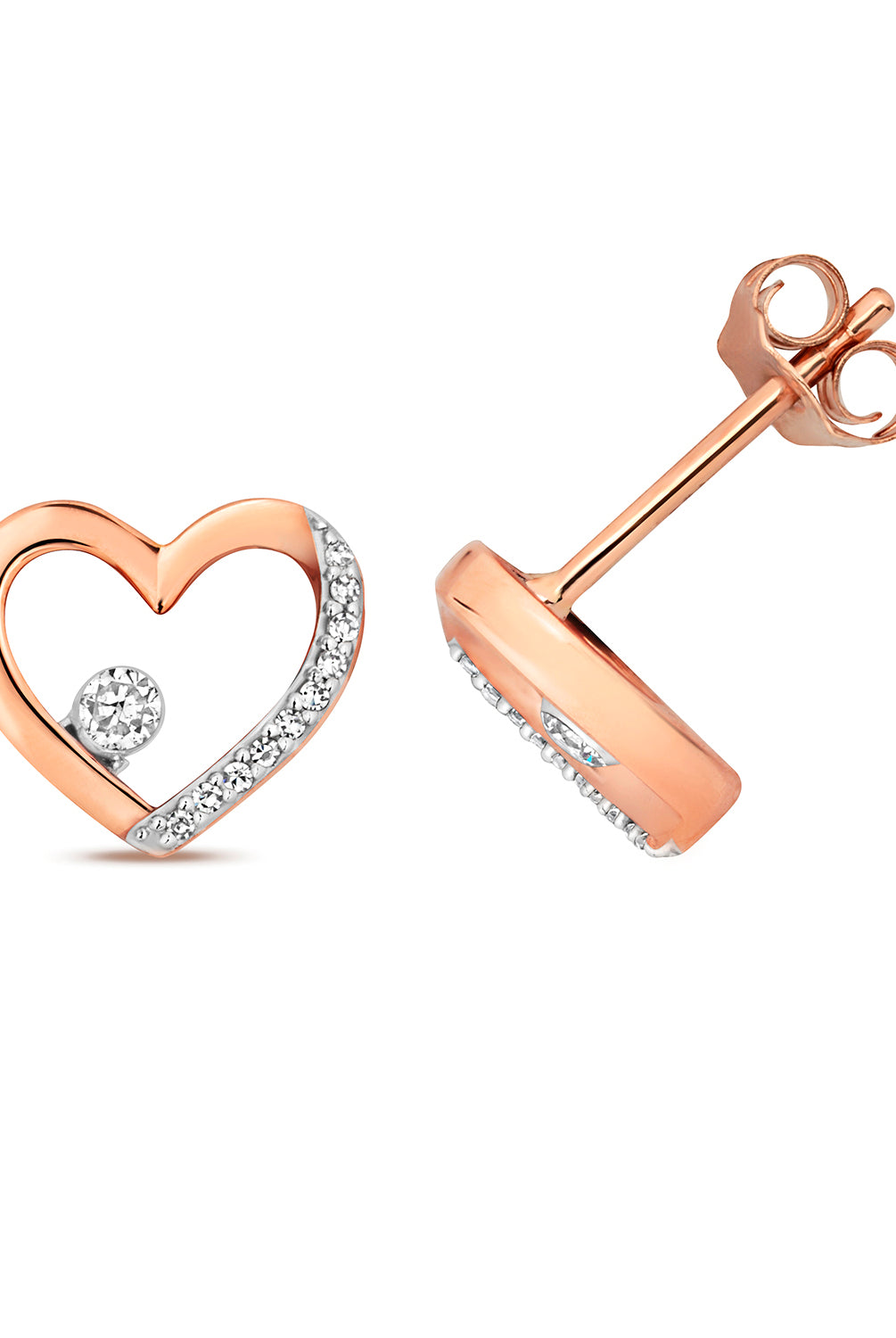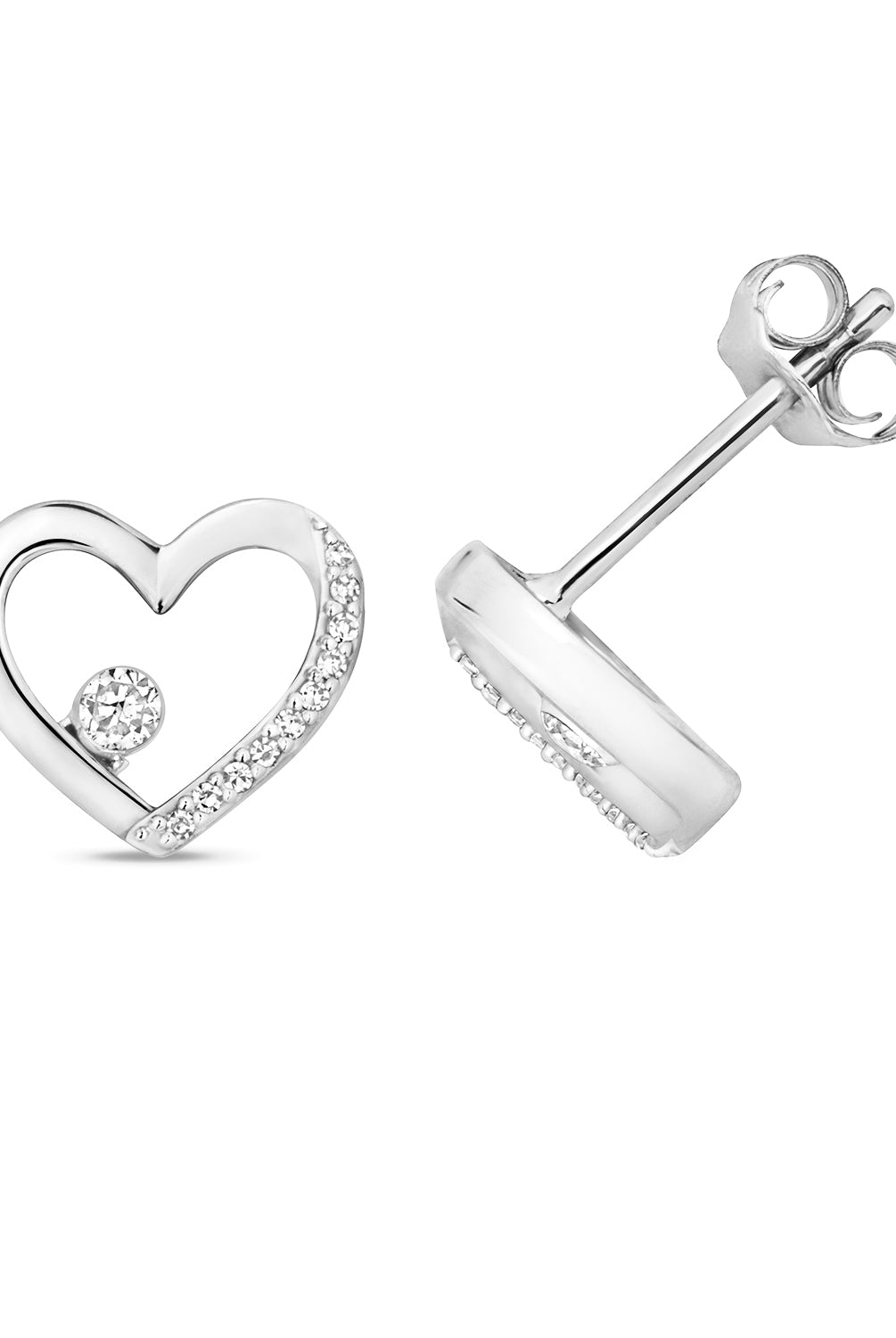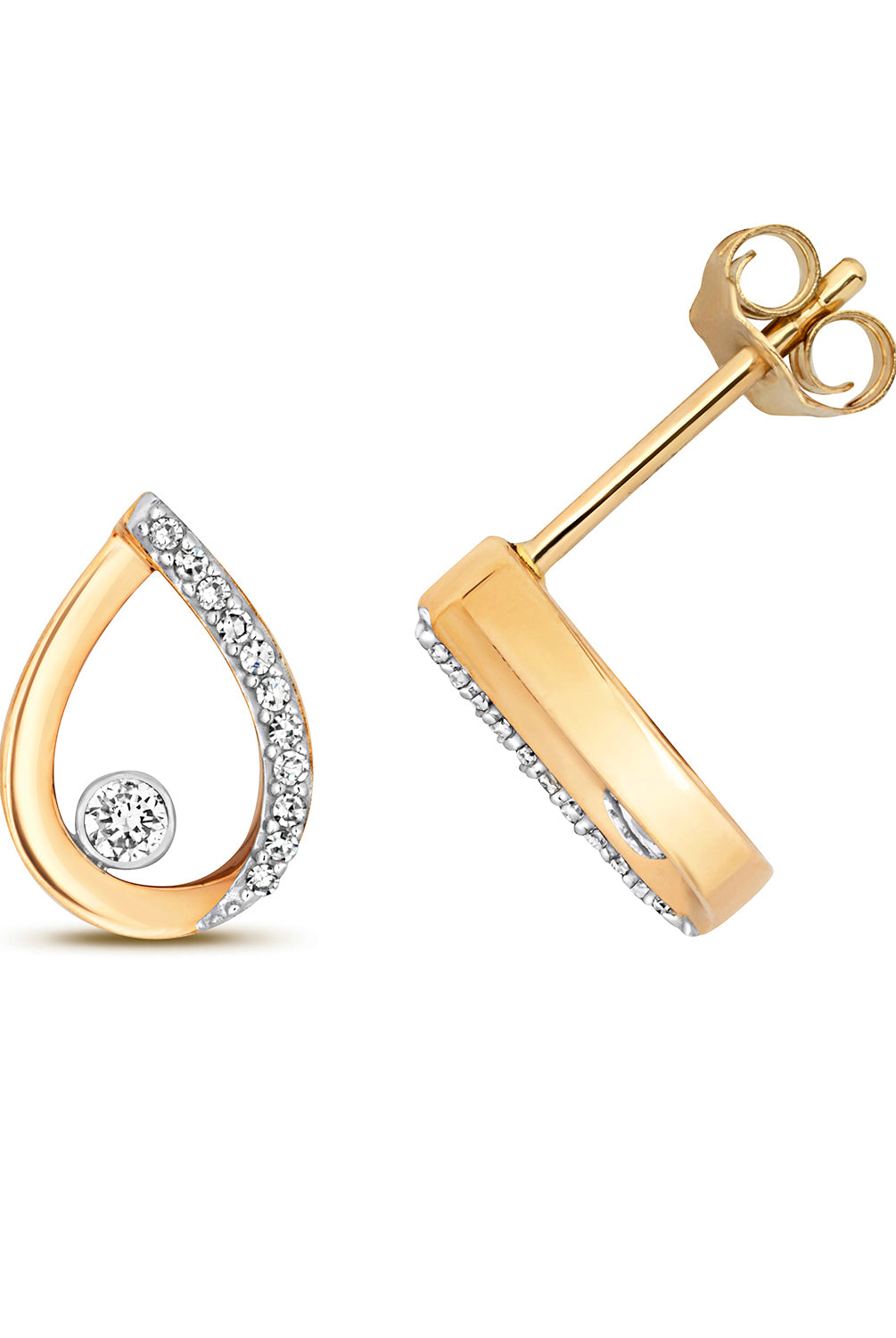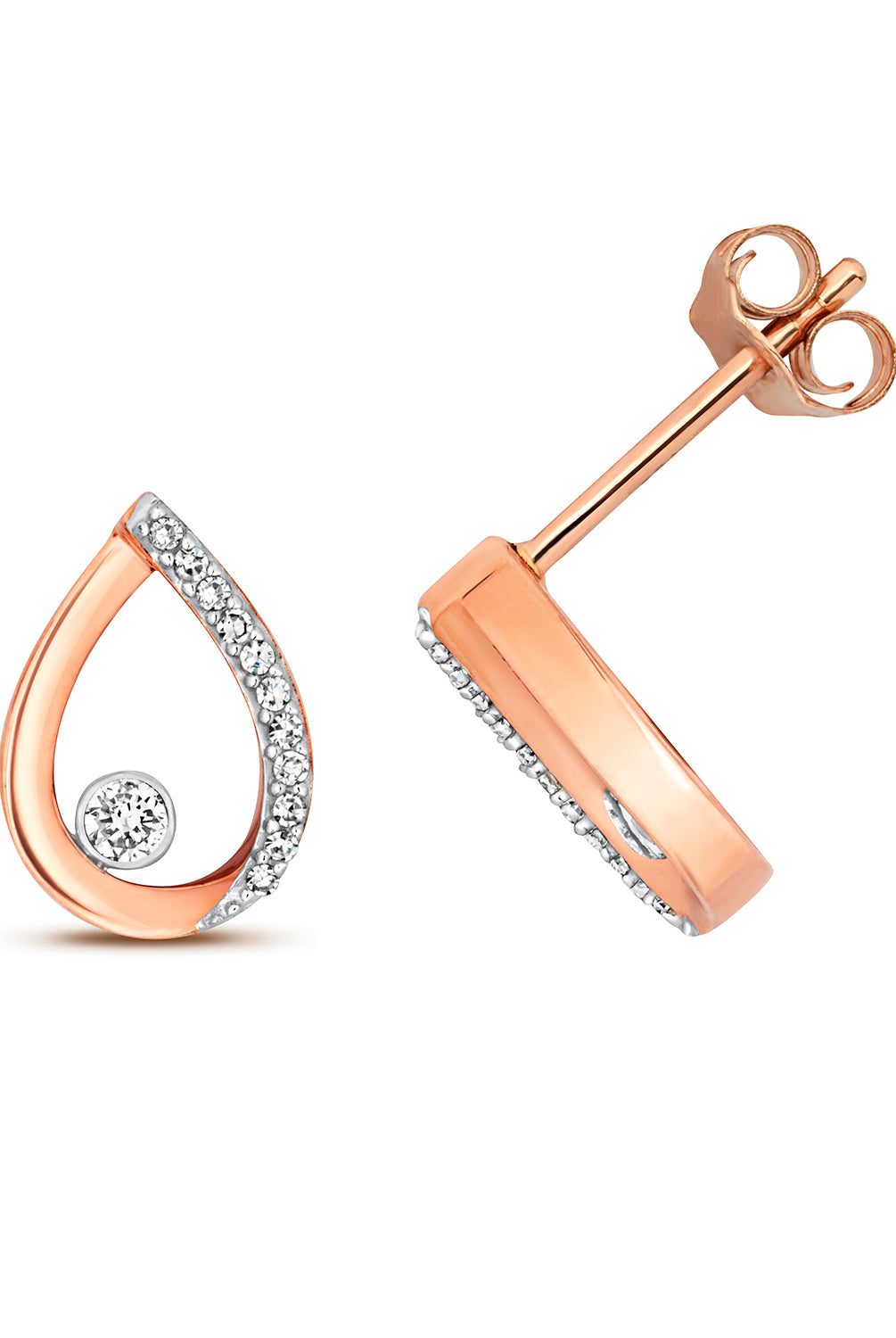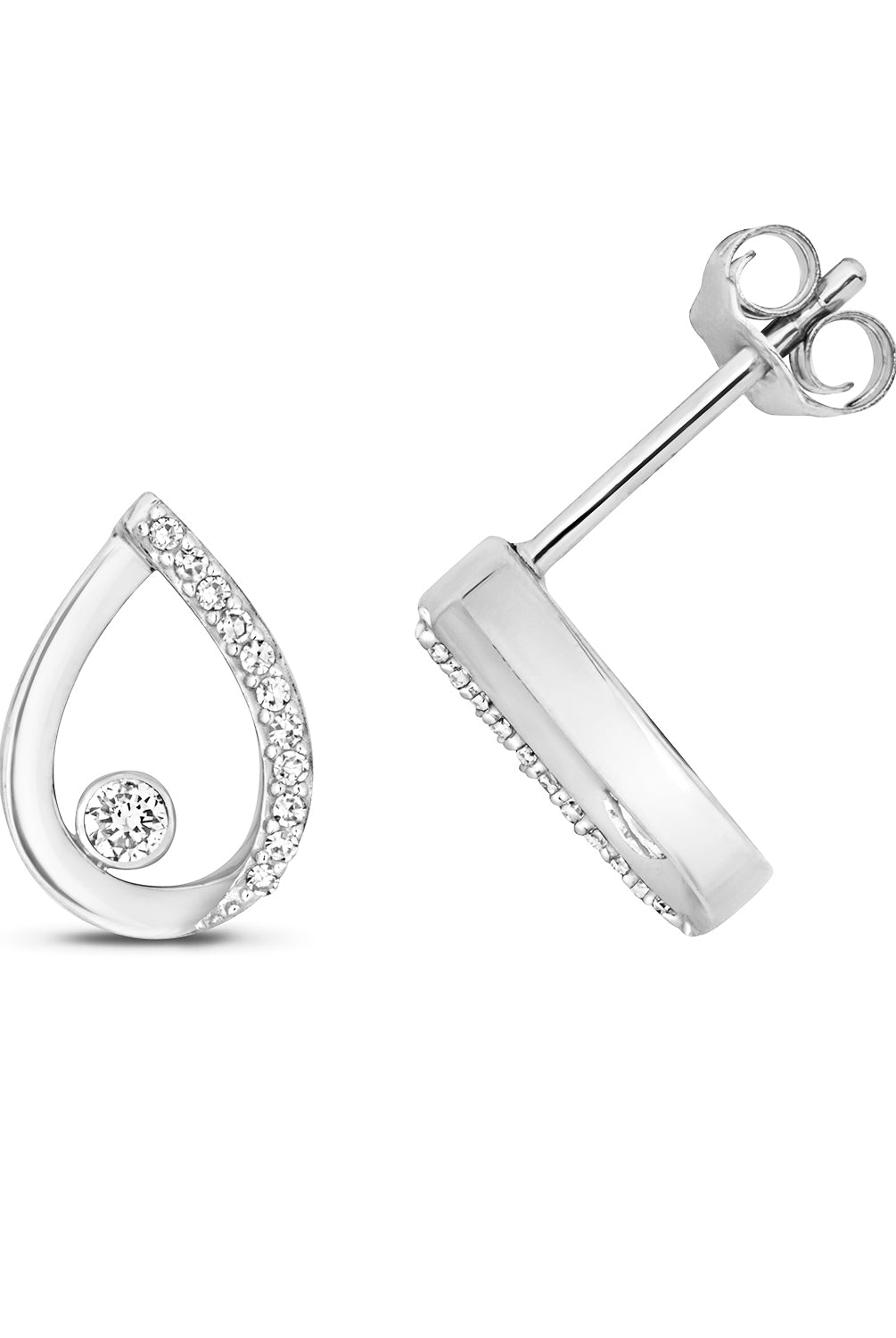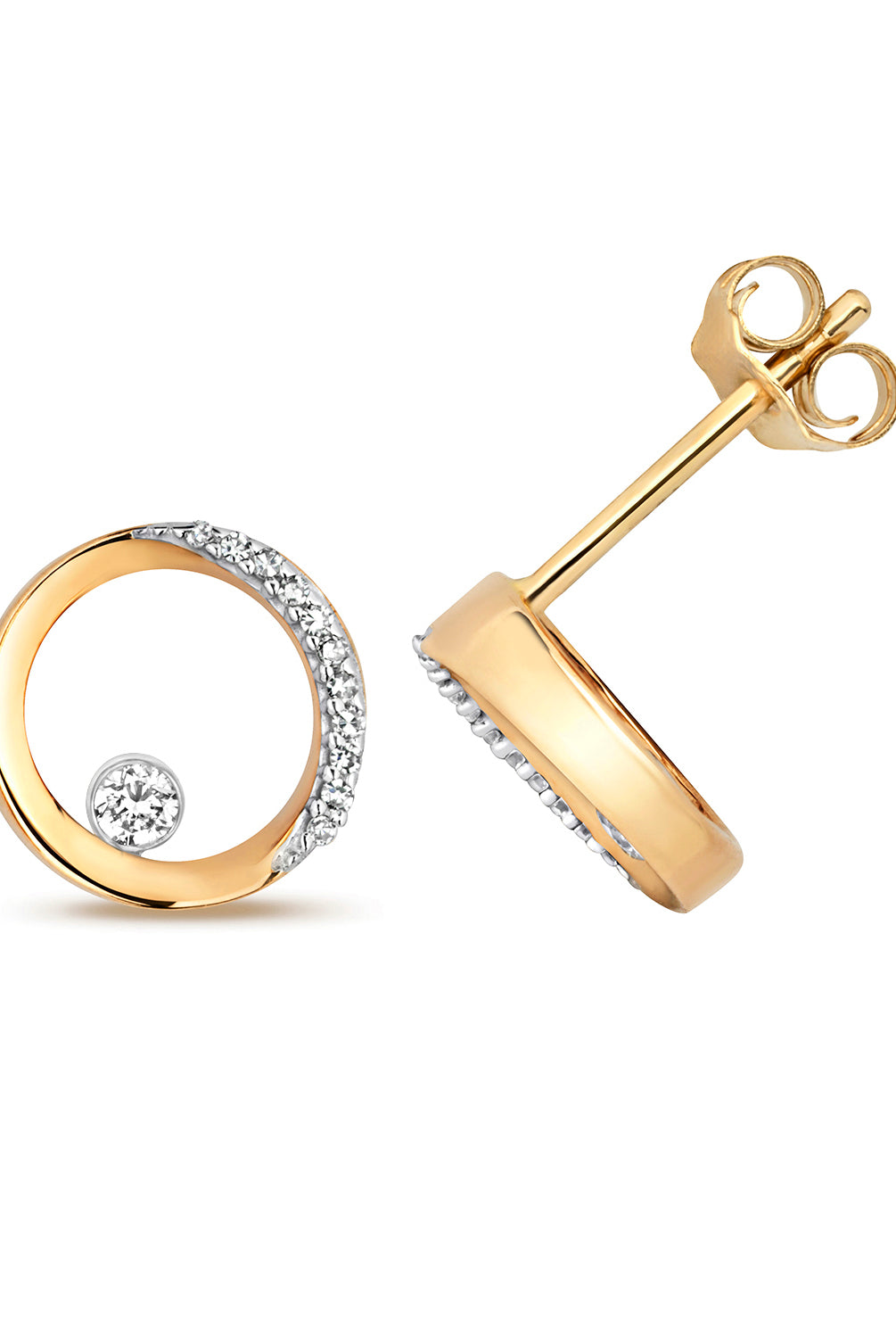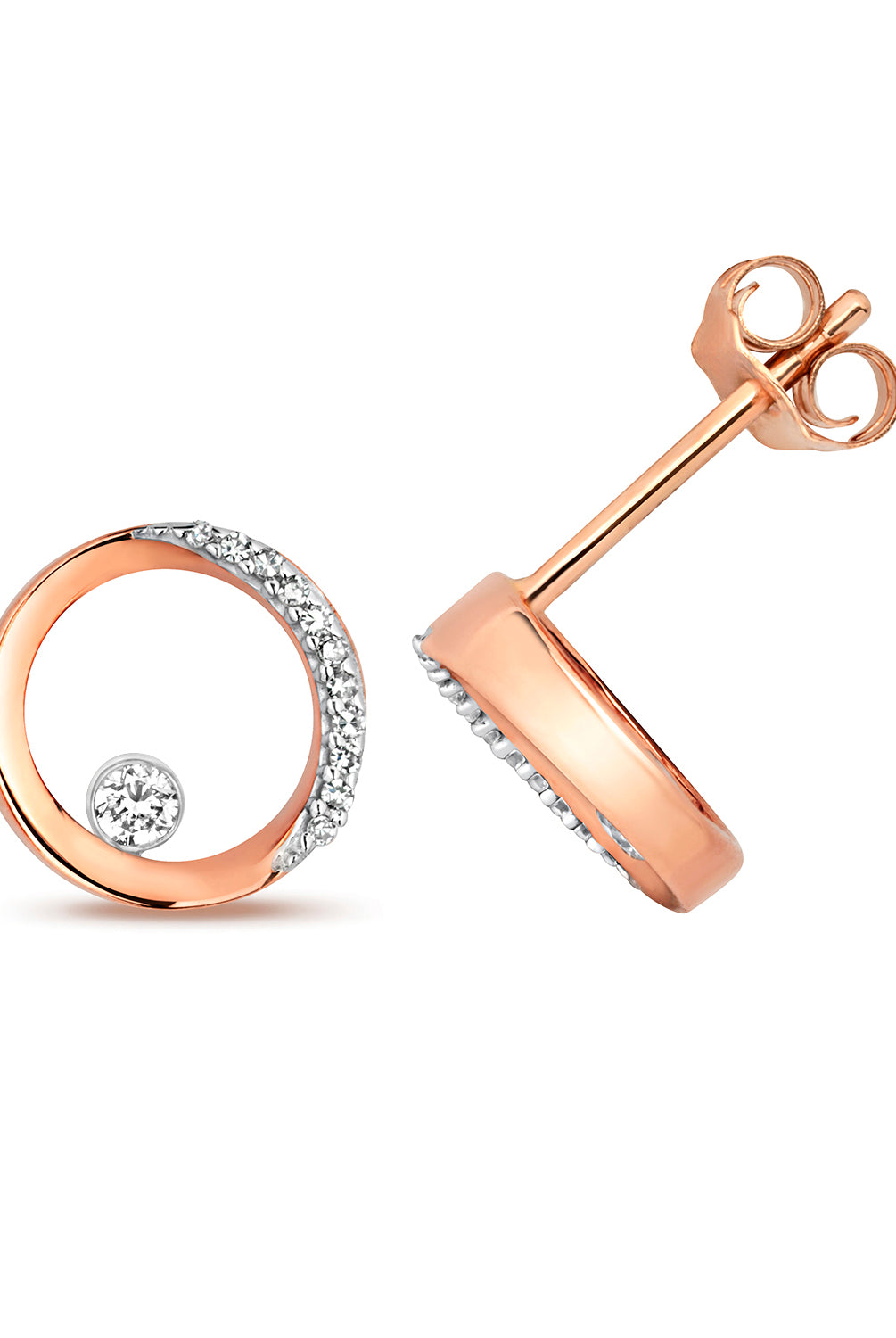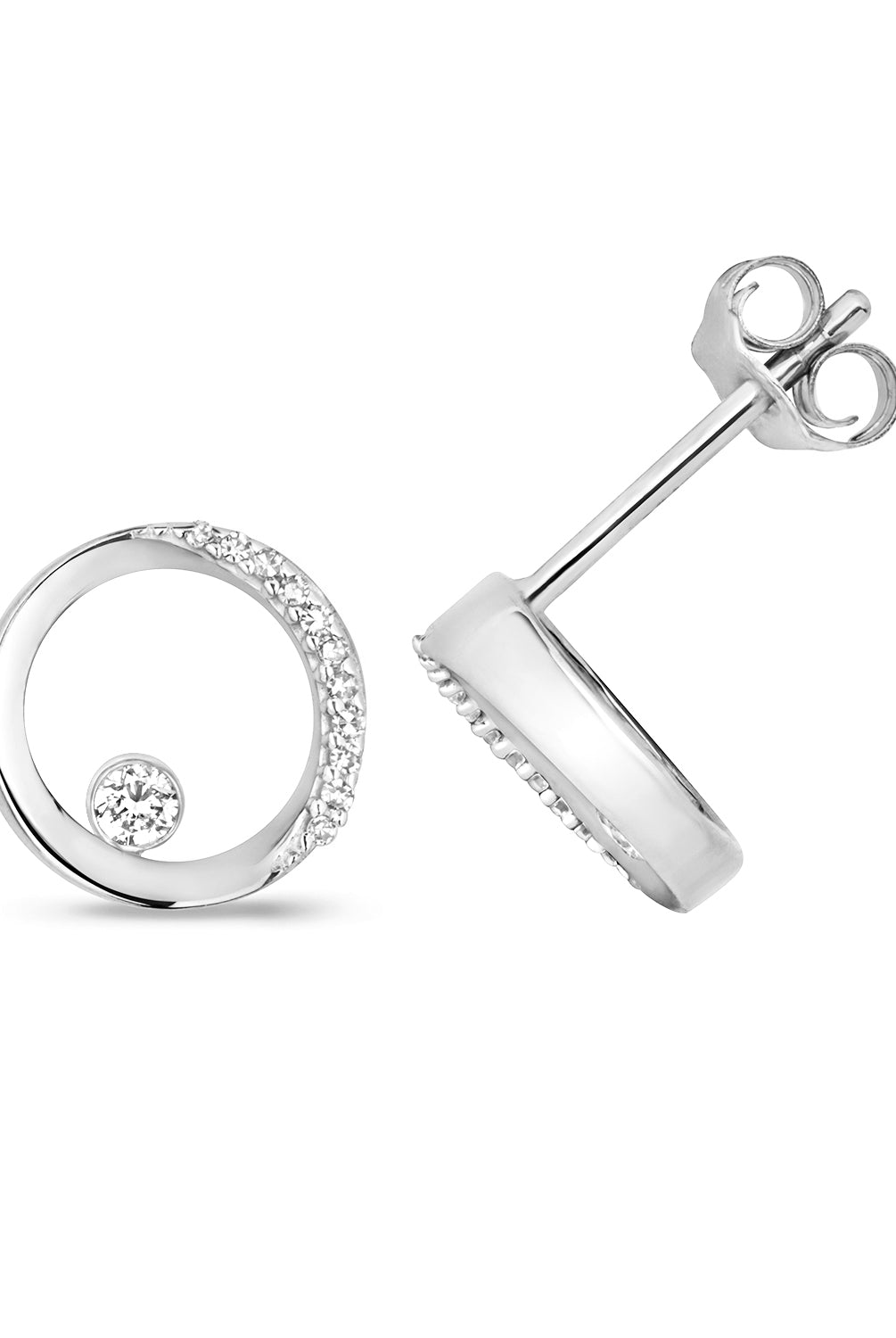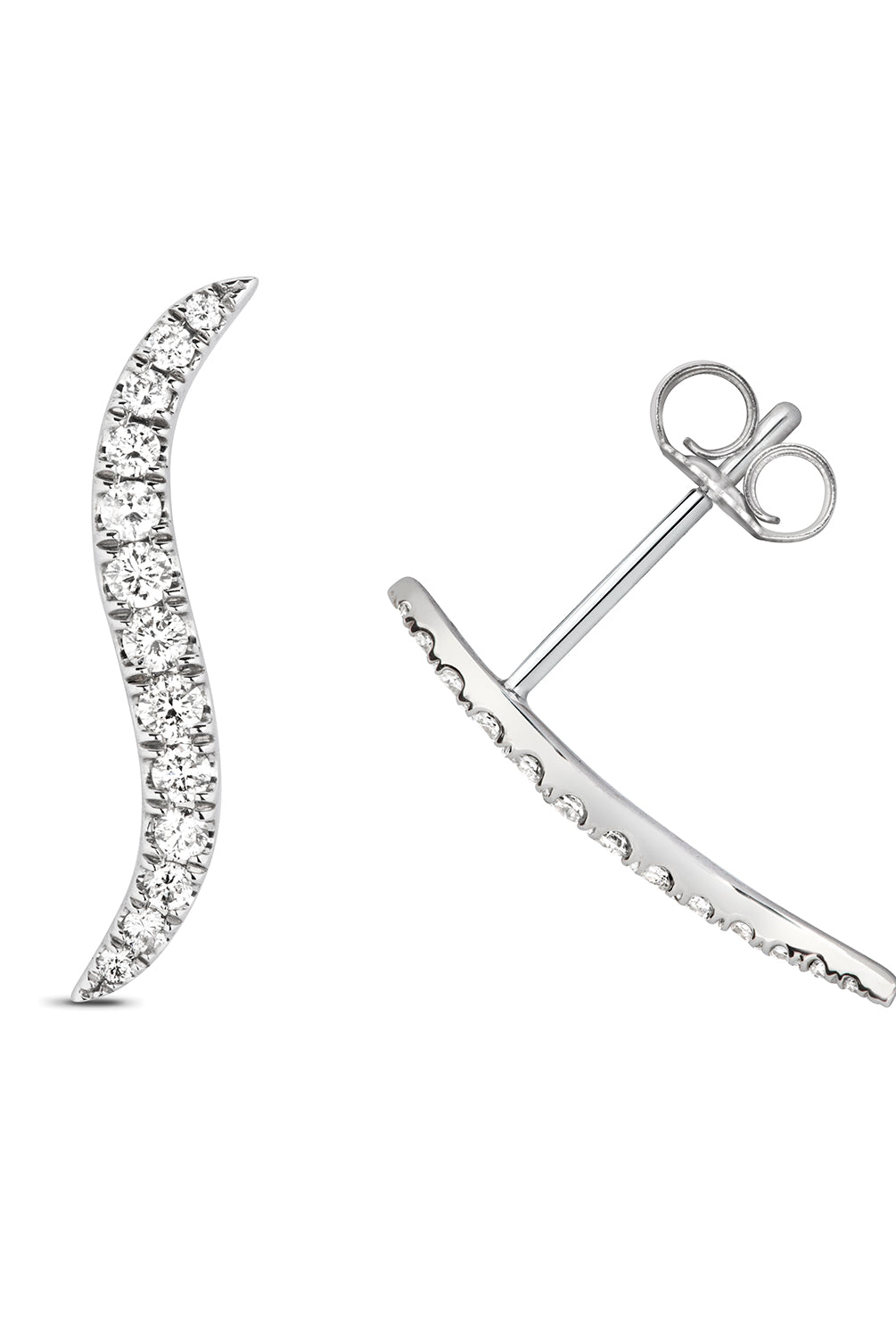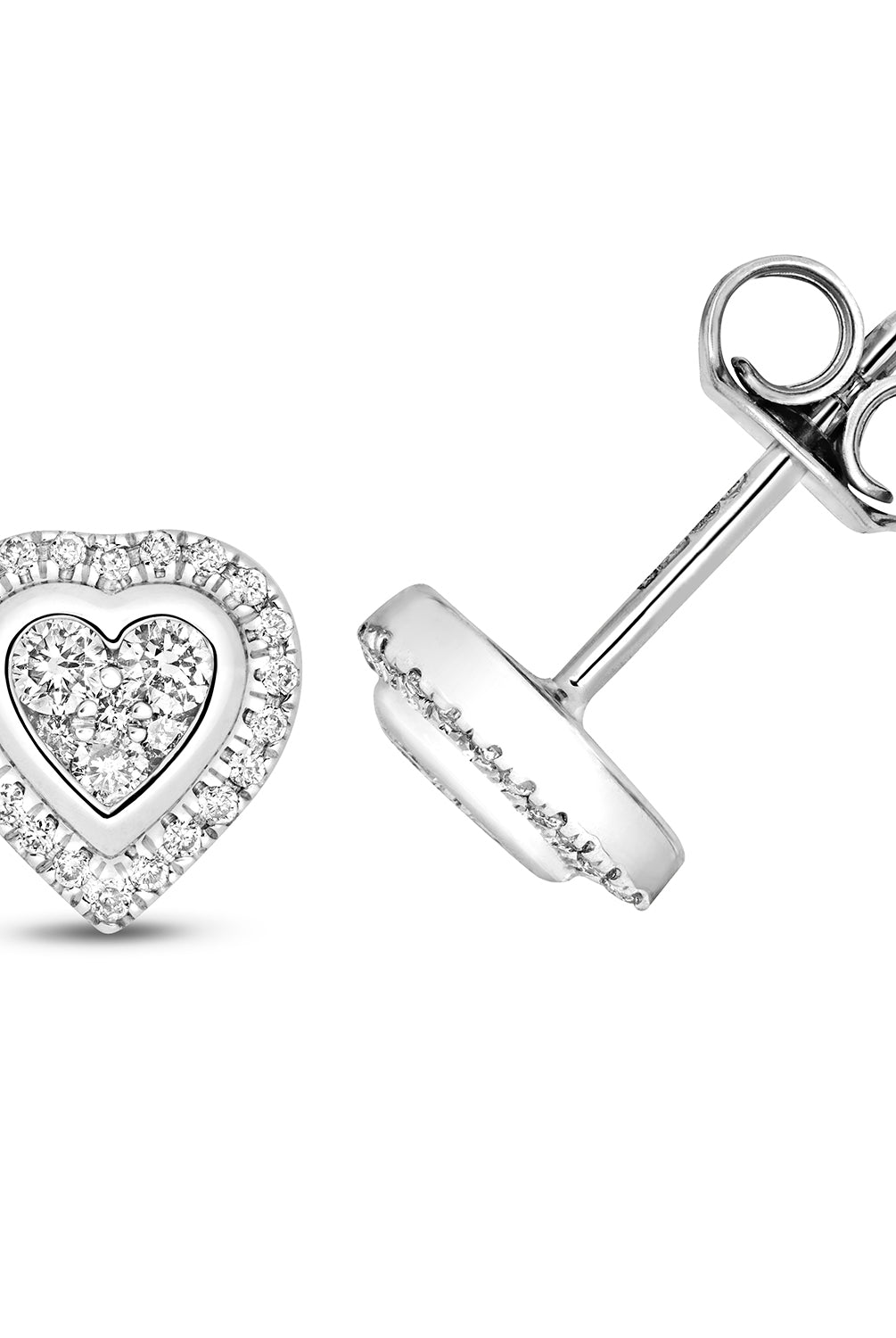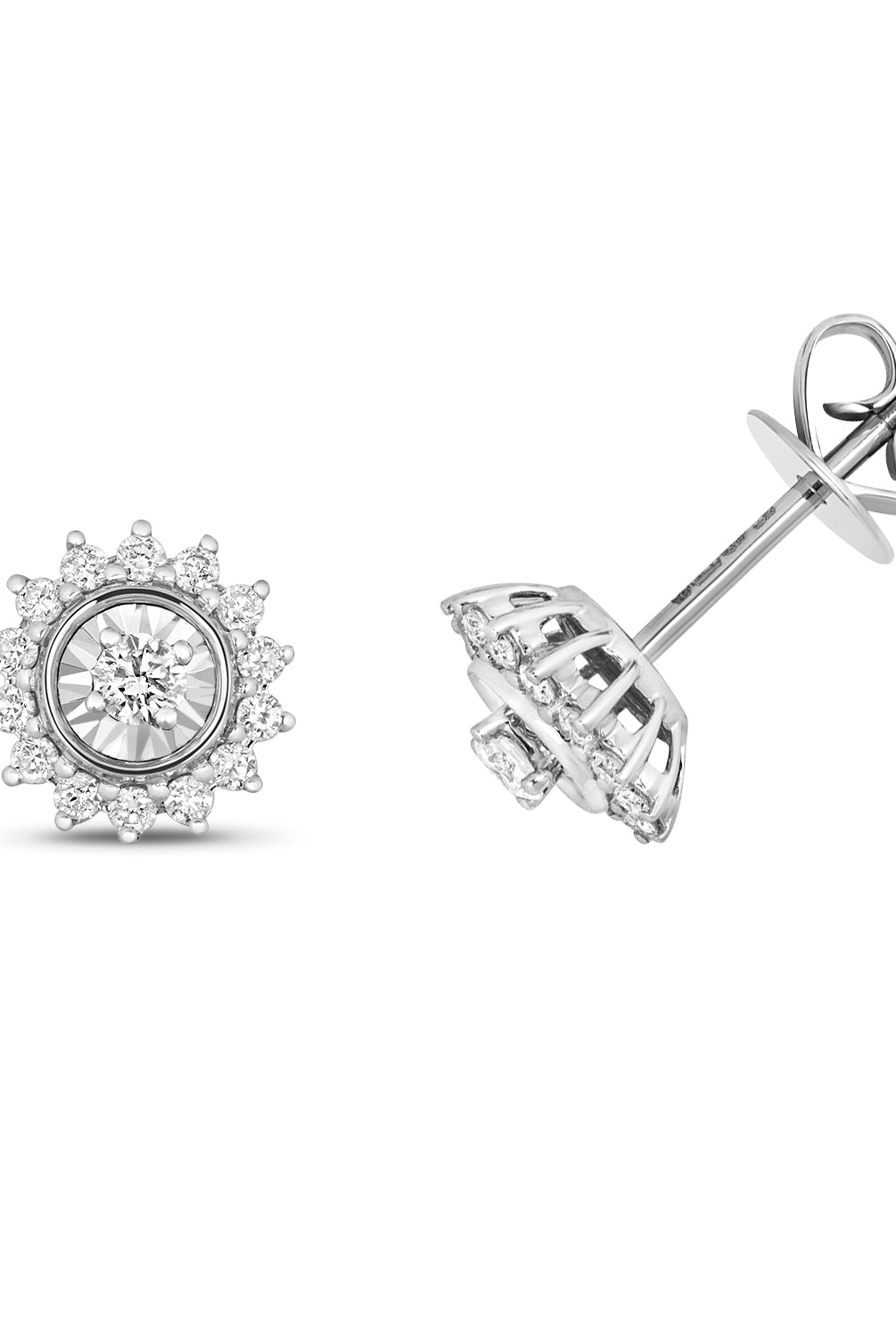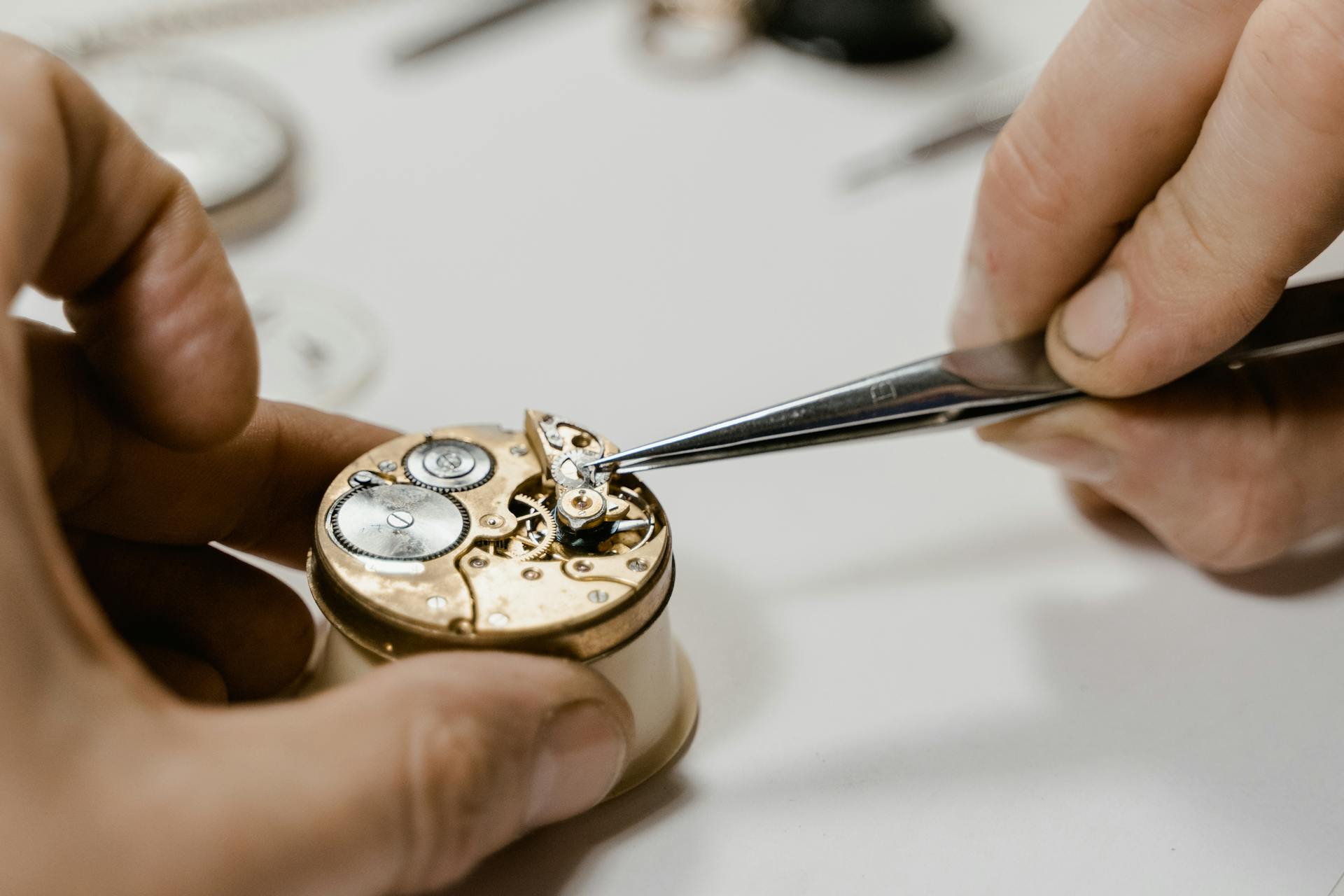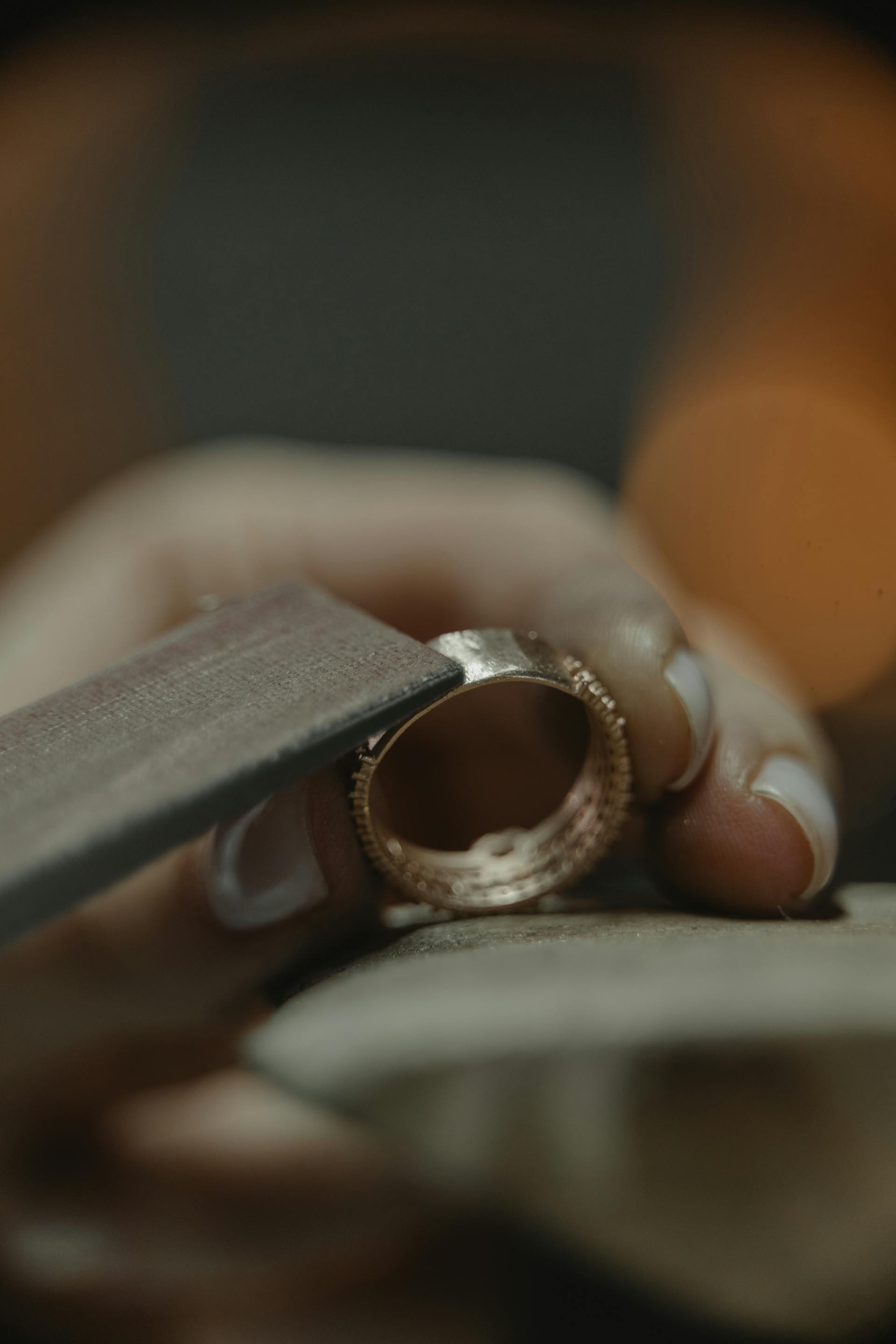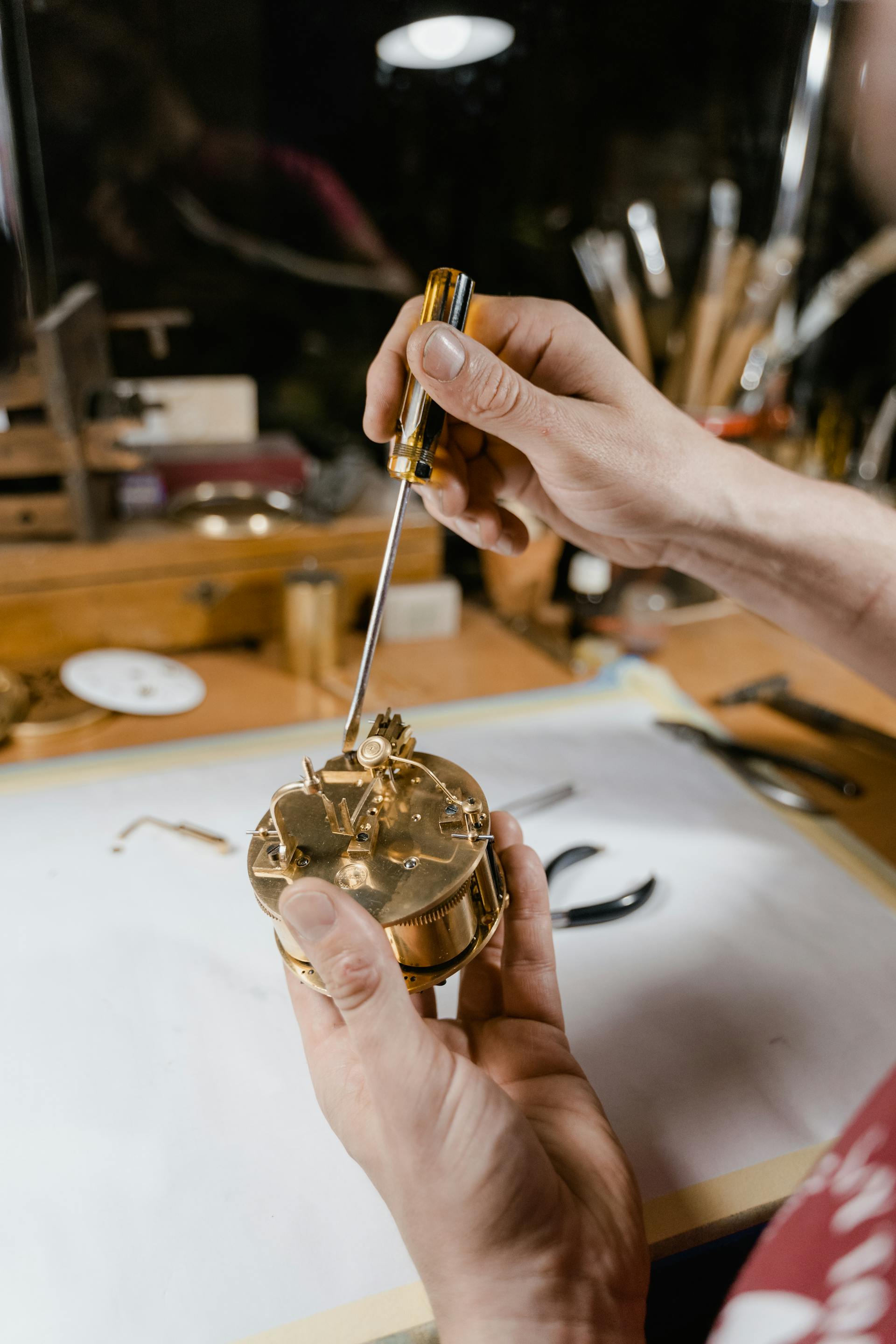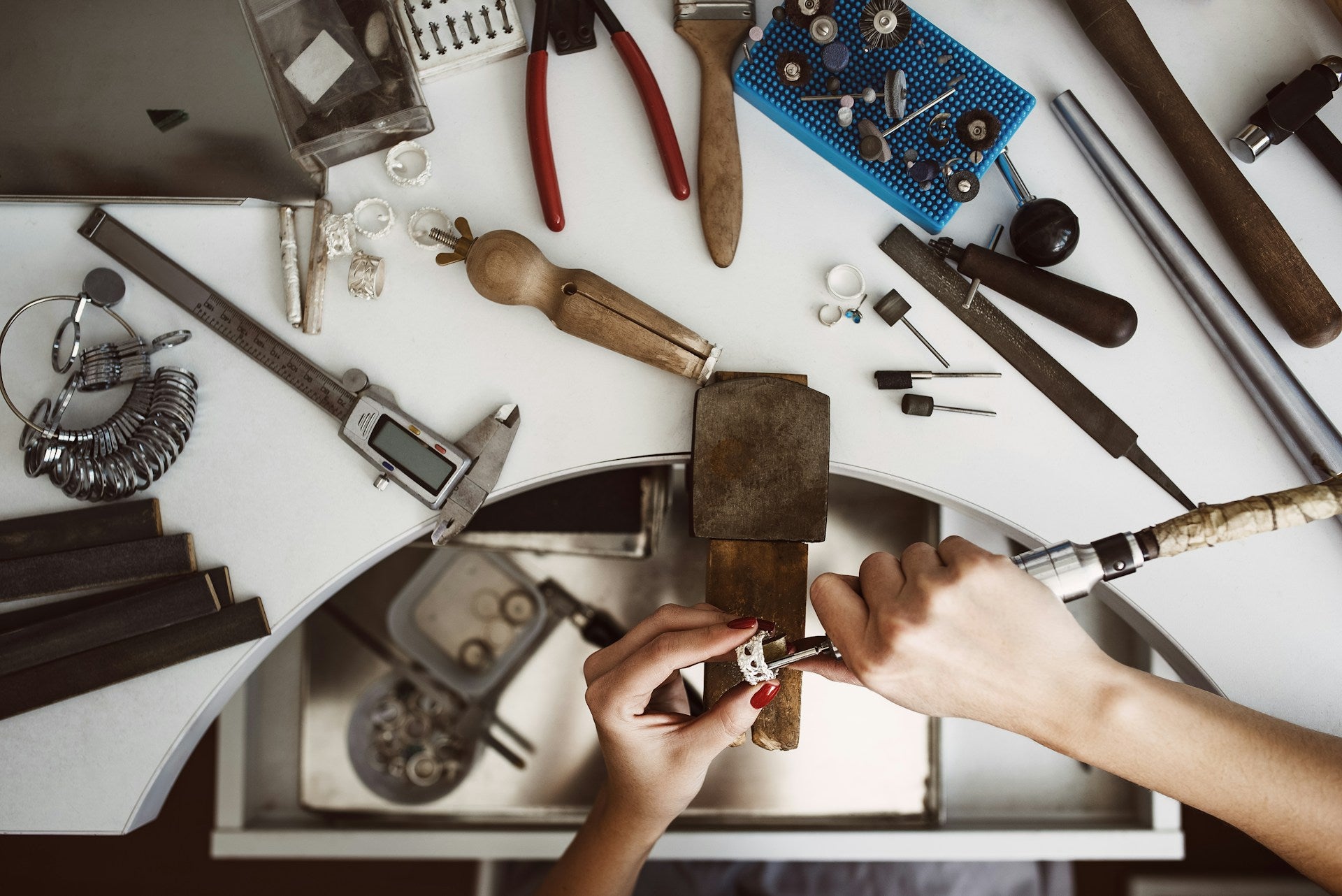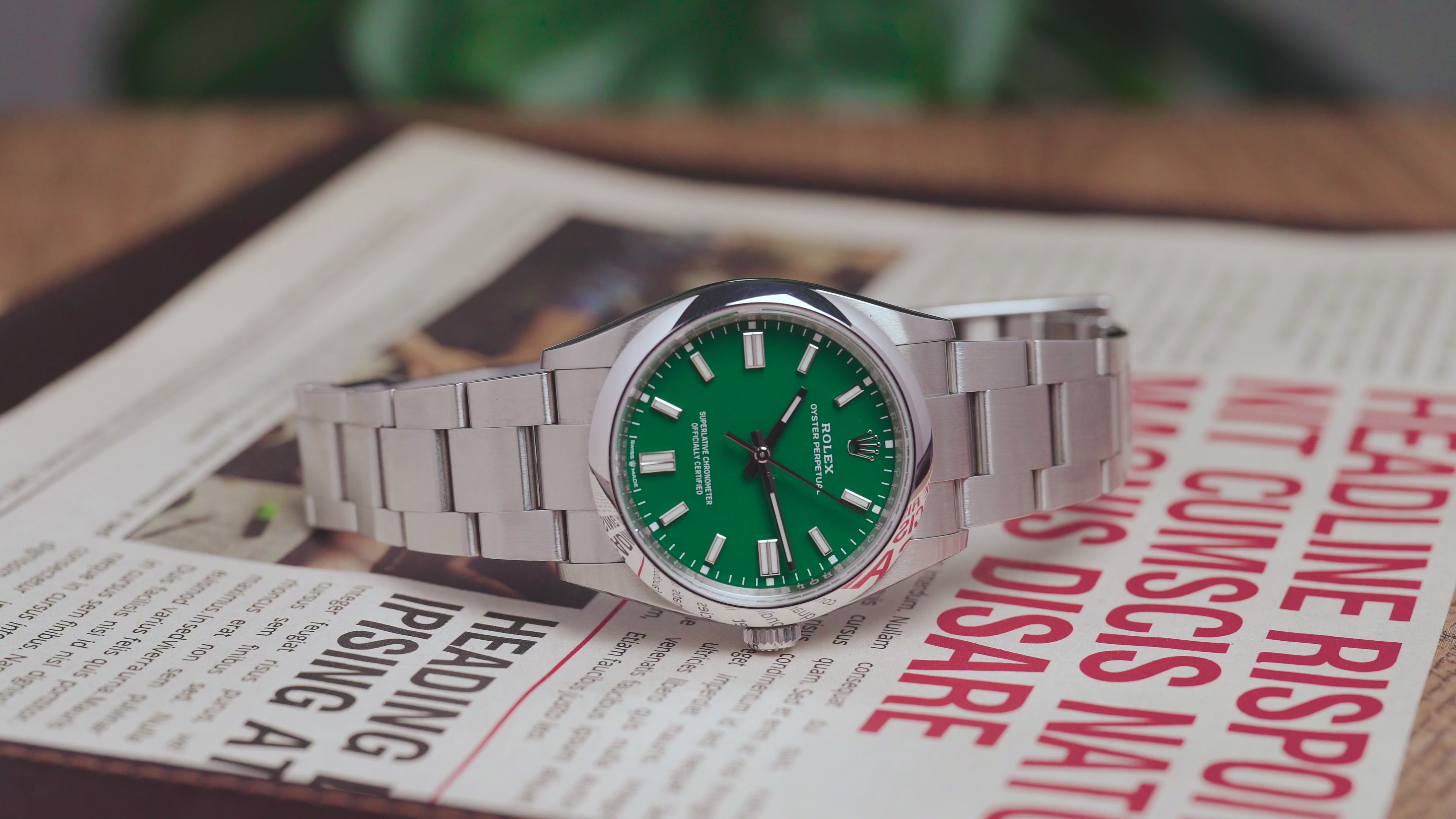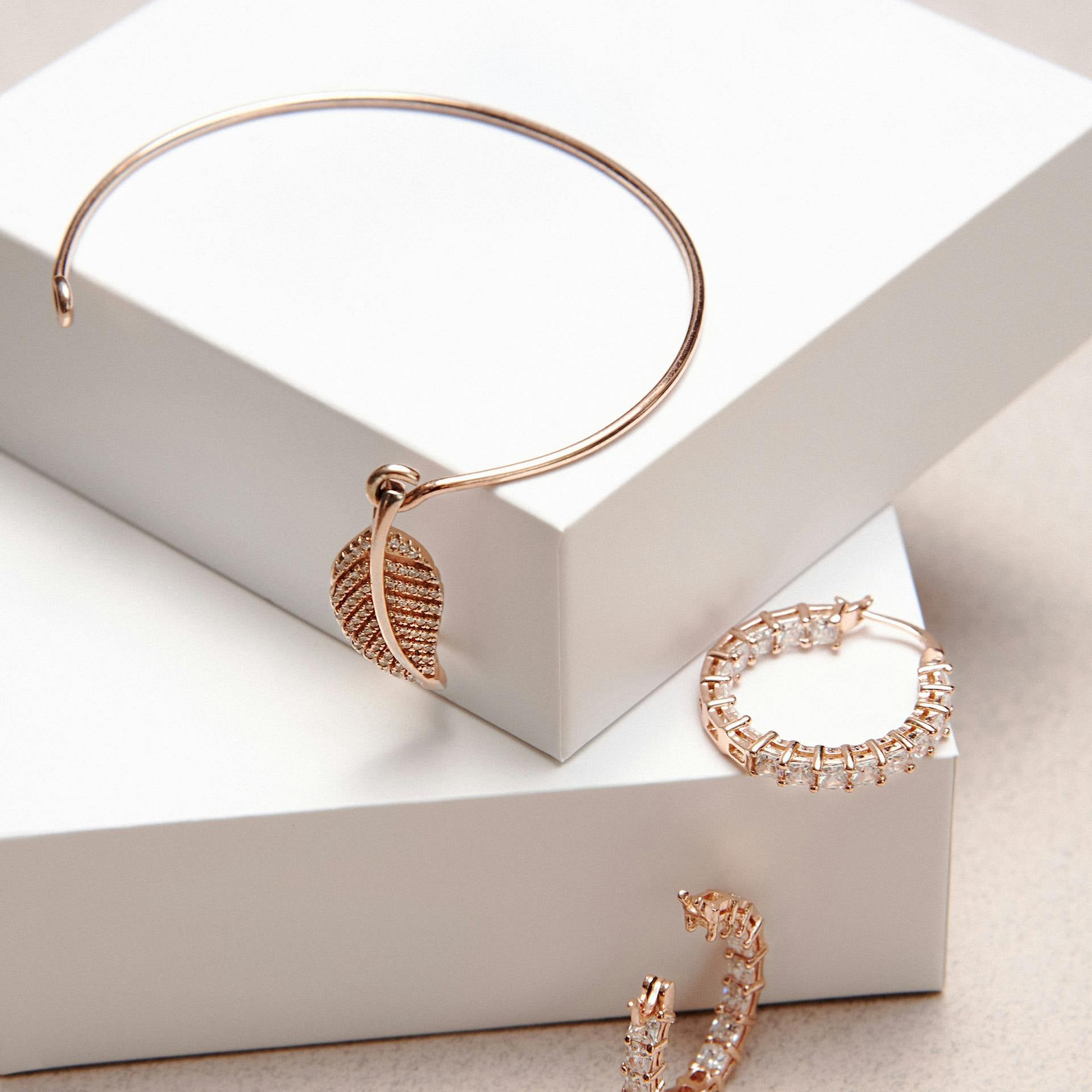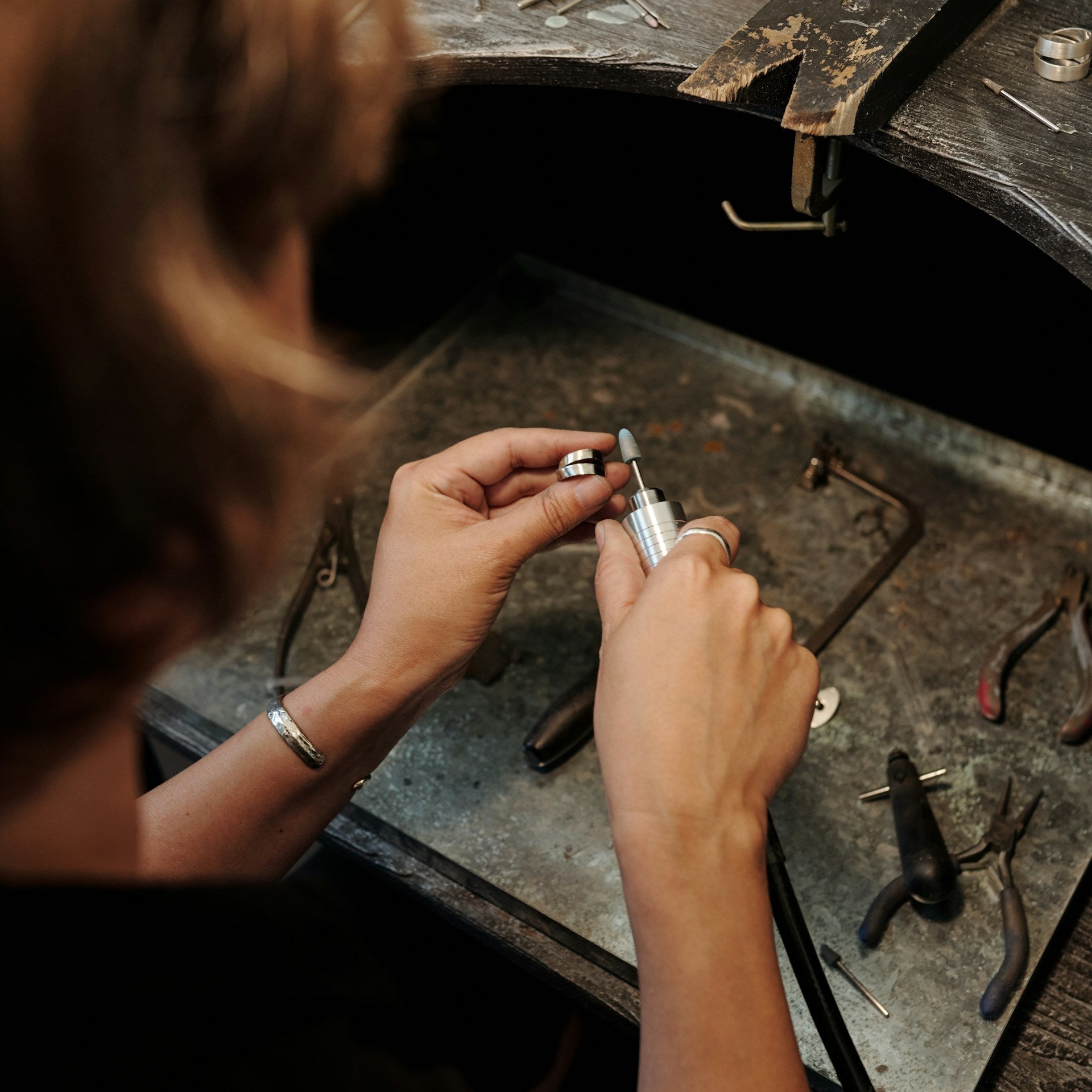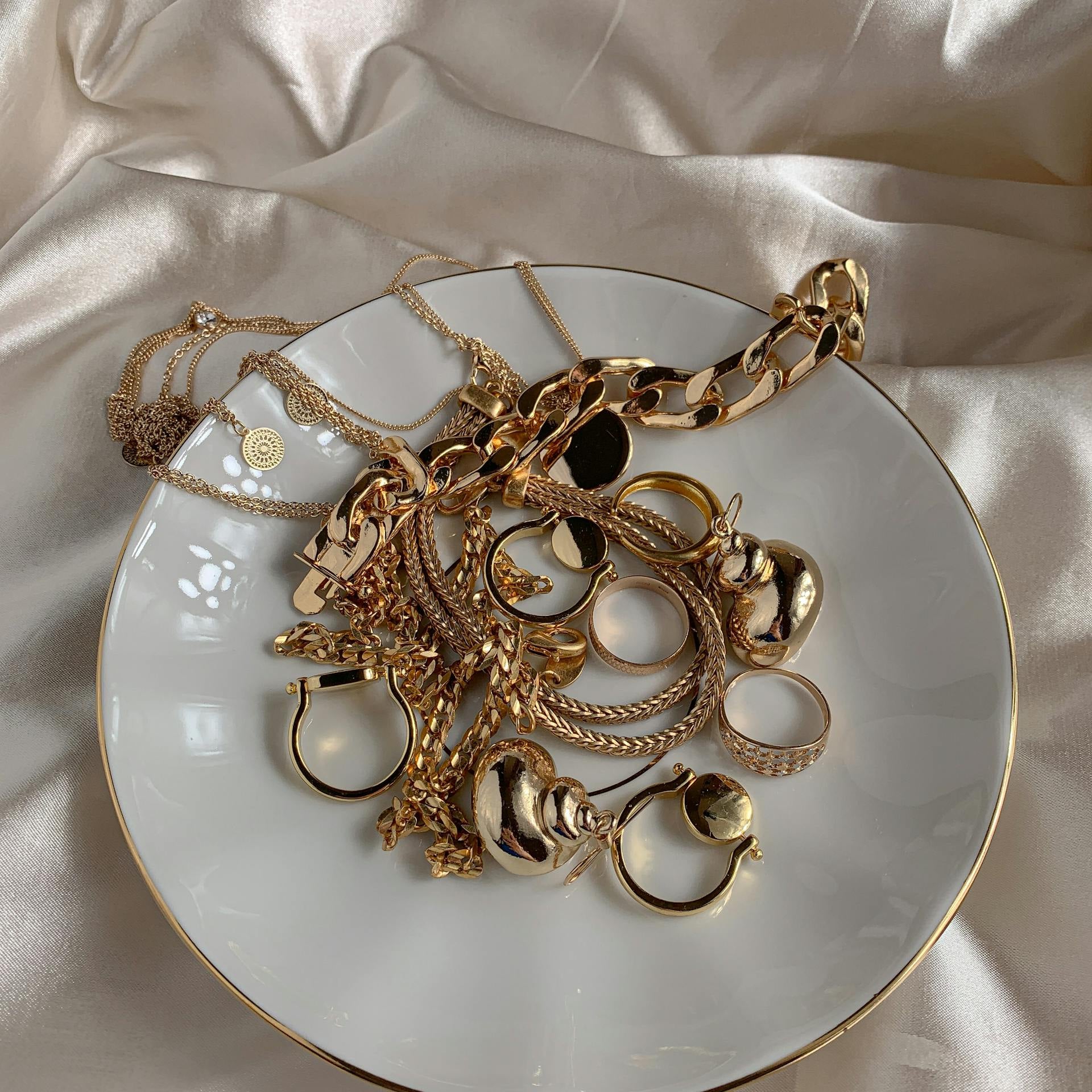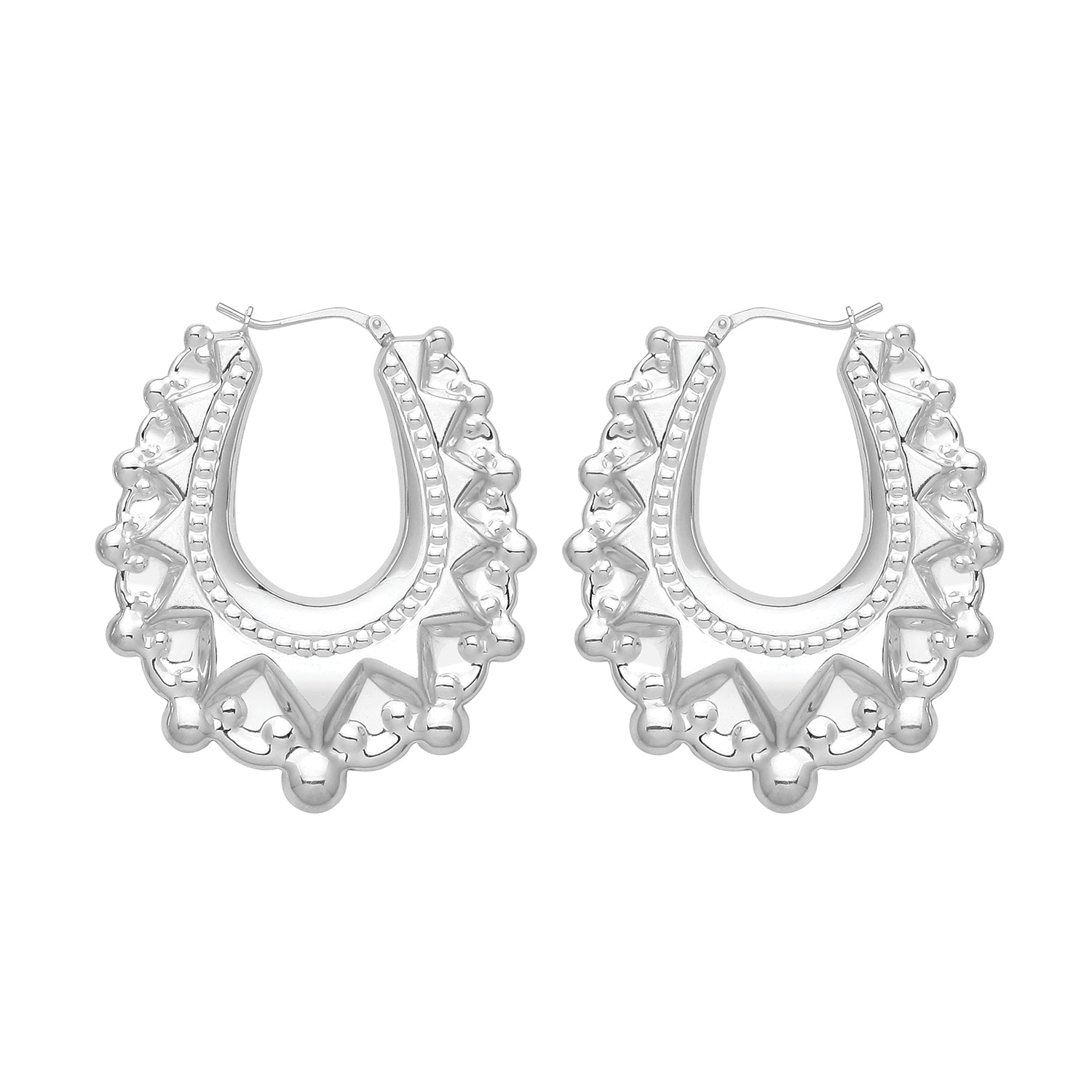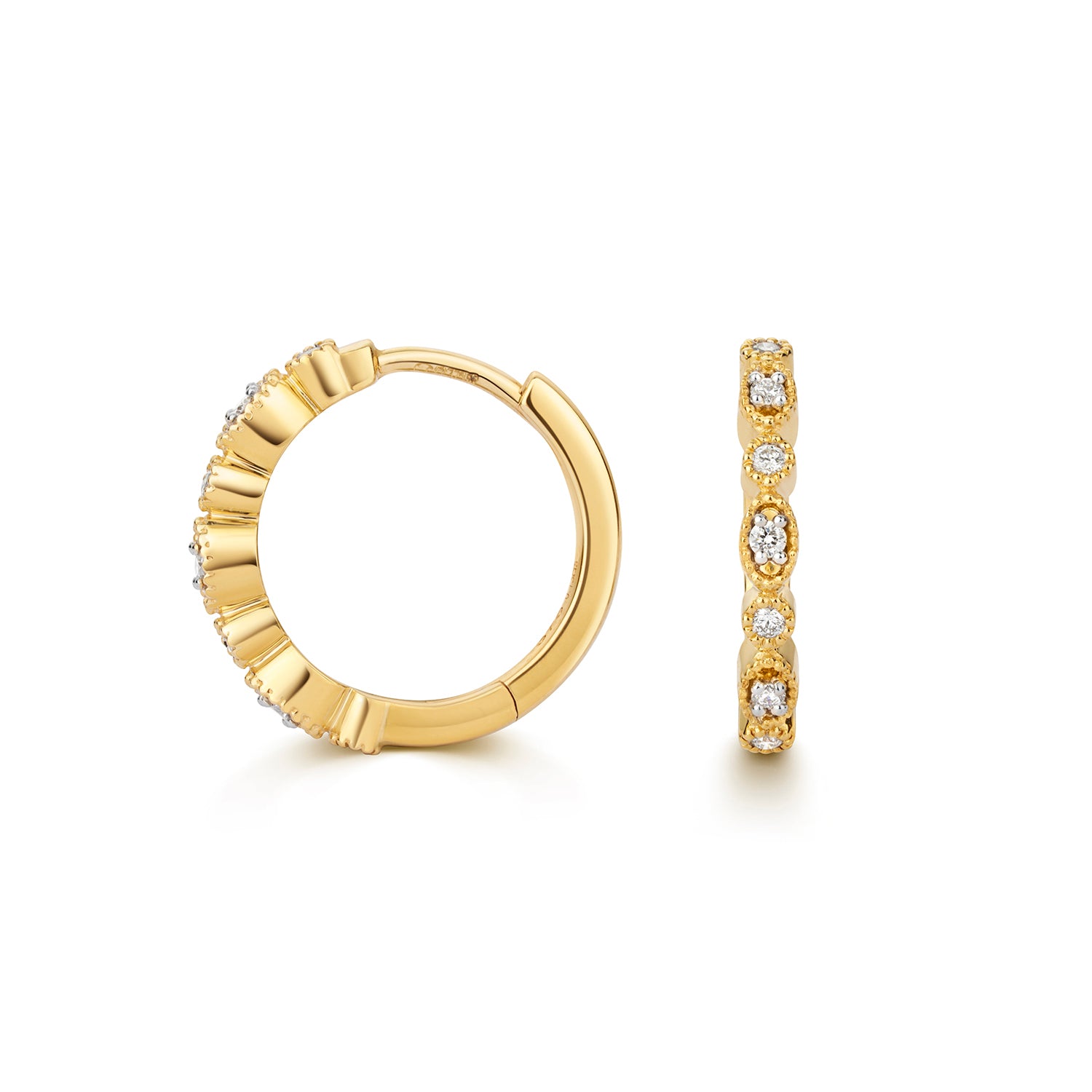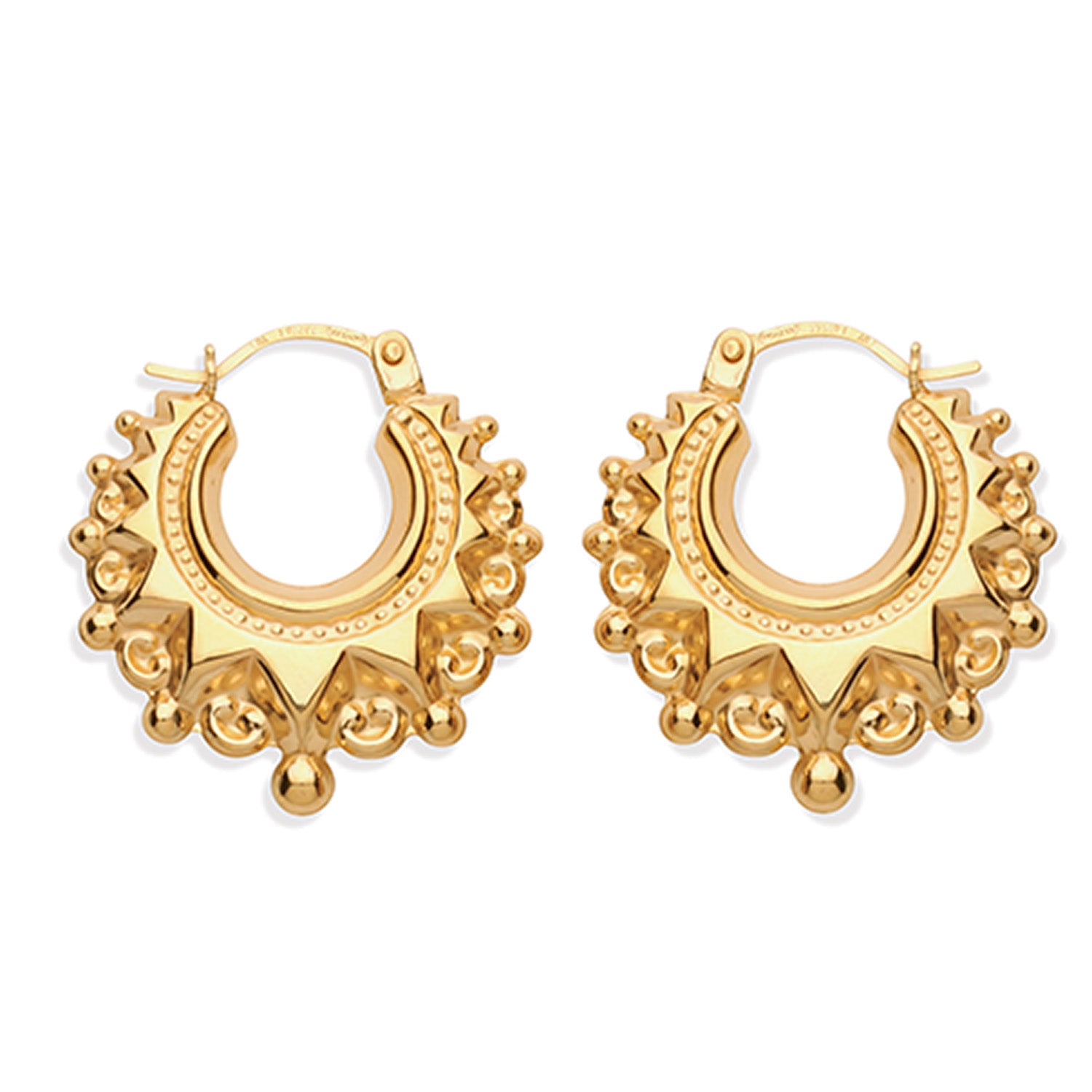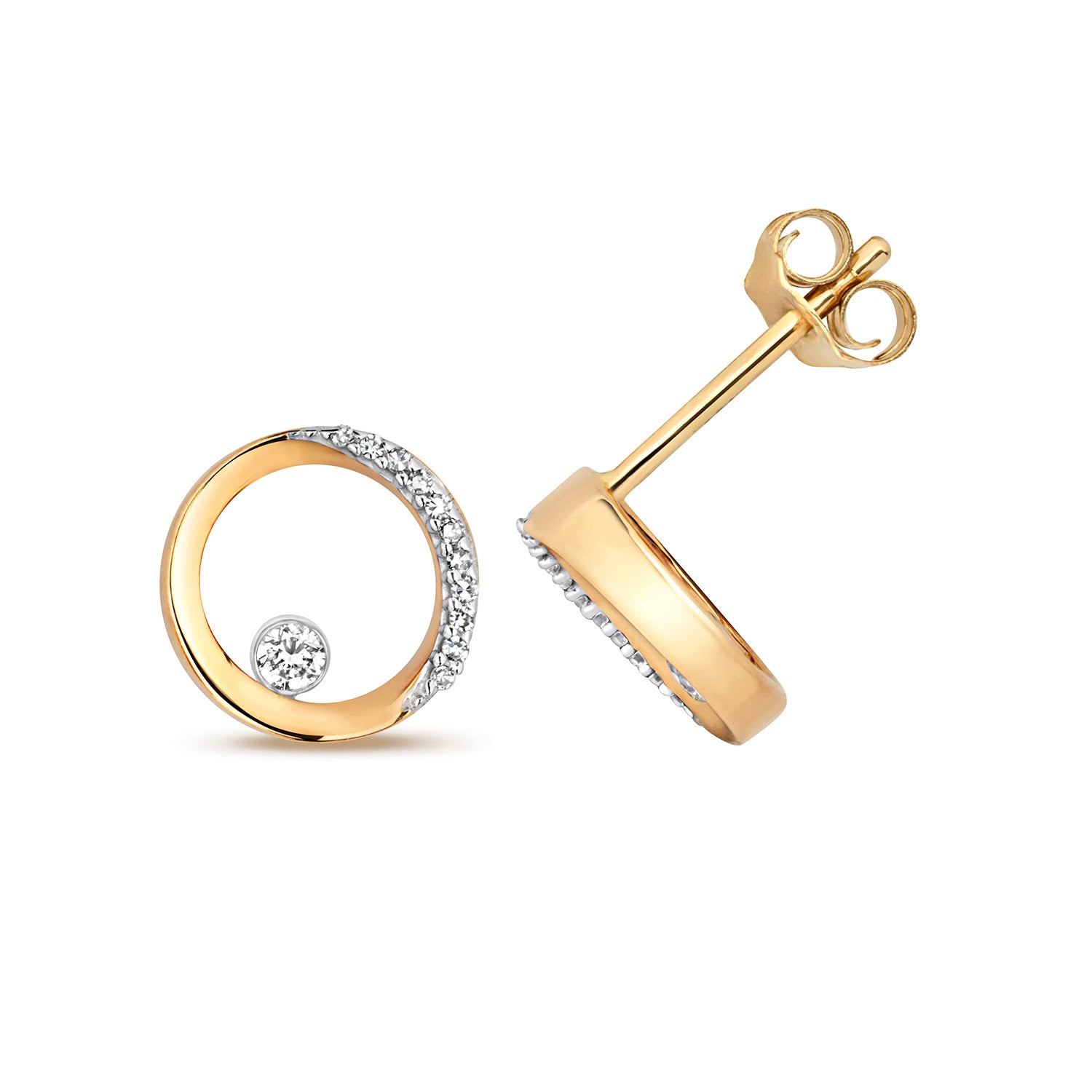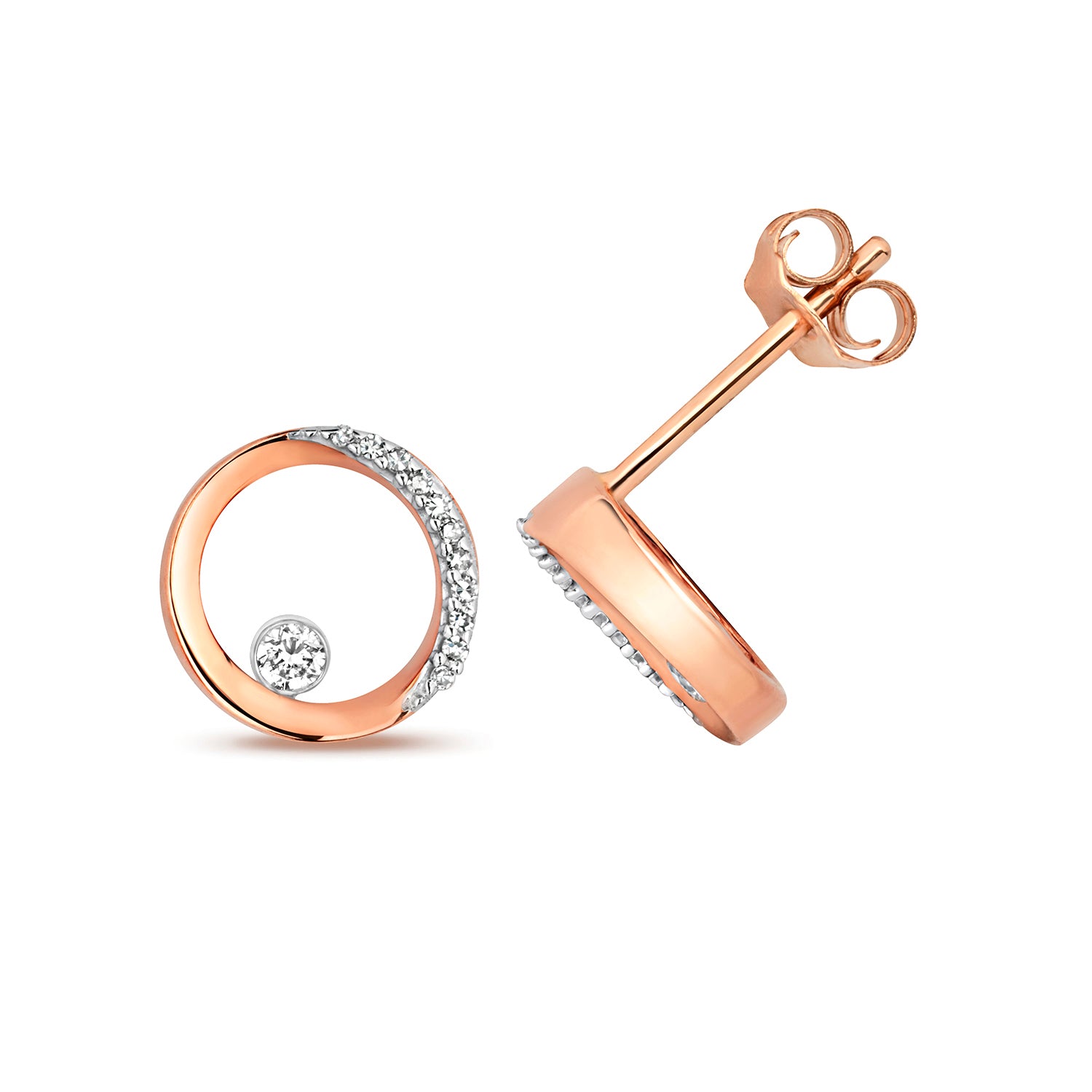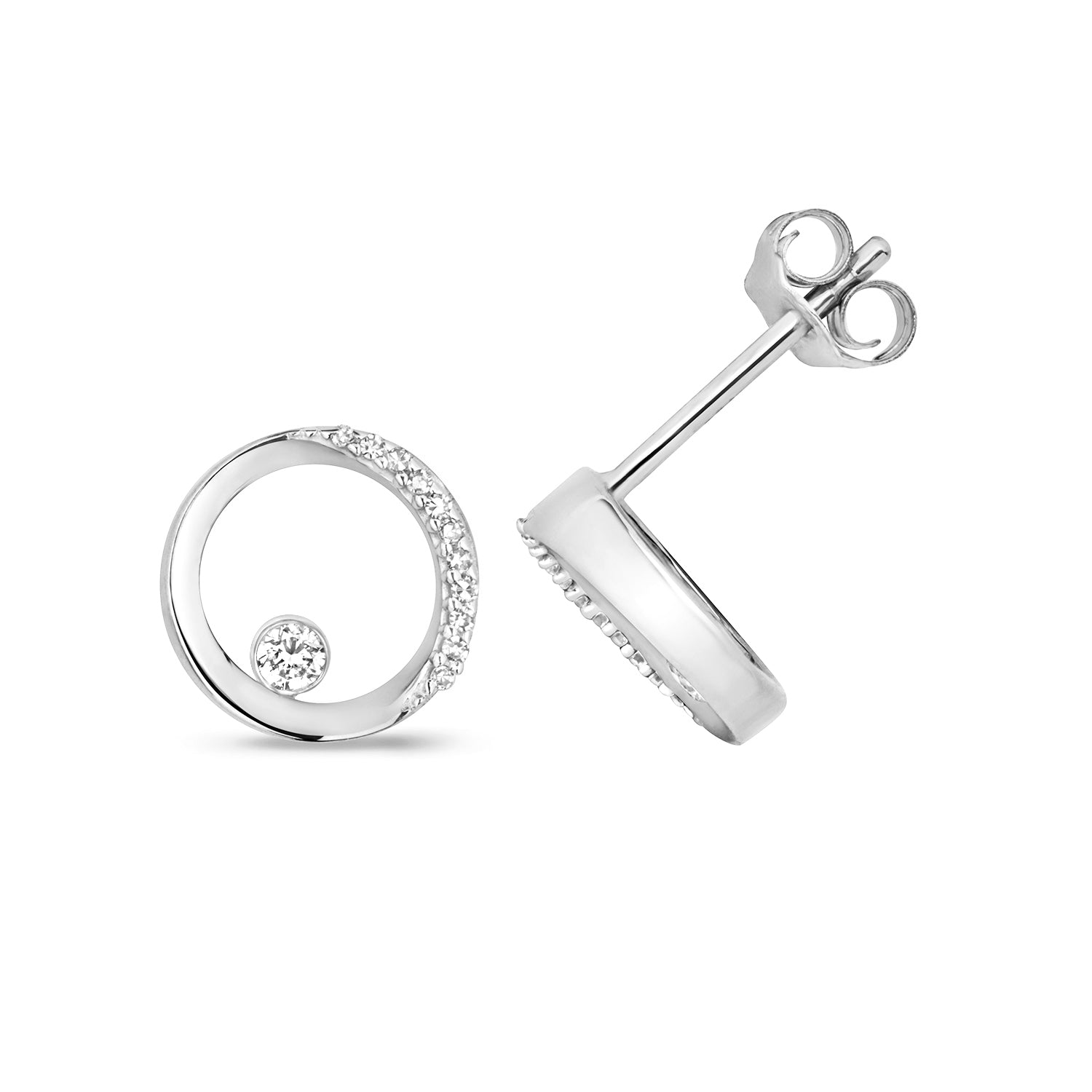Welcome To Our Store
Welcome to Stanley James Jewellery Store, where each piece epitomises the pinnacle of craftsmanship and timeless allure. Our curated collection exudes sophistication and elegance, showcasing meticulously selected gemstones and intricately designed creations. From dazzling diamonds to vibrant gemstones, each piece is a masterpiece, crafted to elevate every moment and occasion. With a commitment to exceptional quality and personalised service, our team is dedicated to helping you find the perfect expression of your unique style and personality. Step into a world of luxury and refinement at Stanley James, where every piece tells a story of elegance and grace.
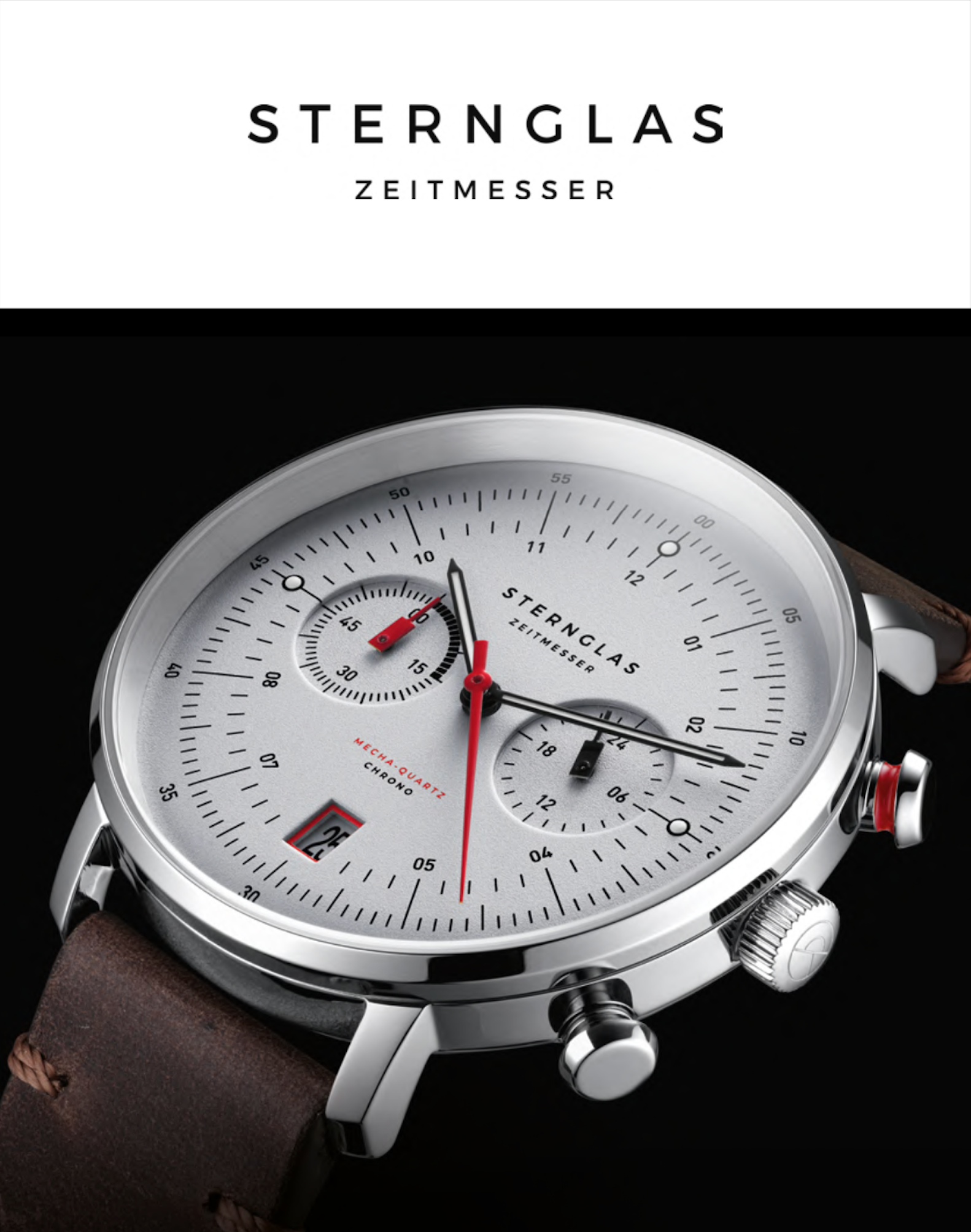
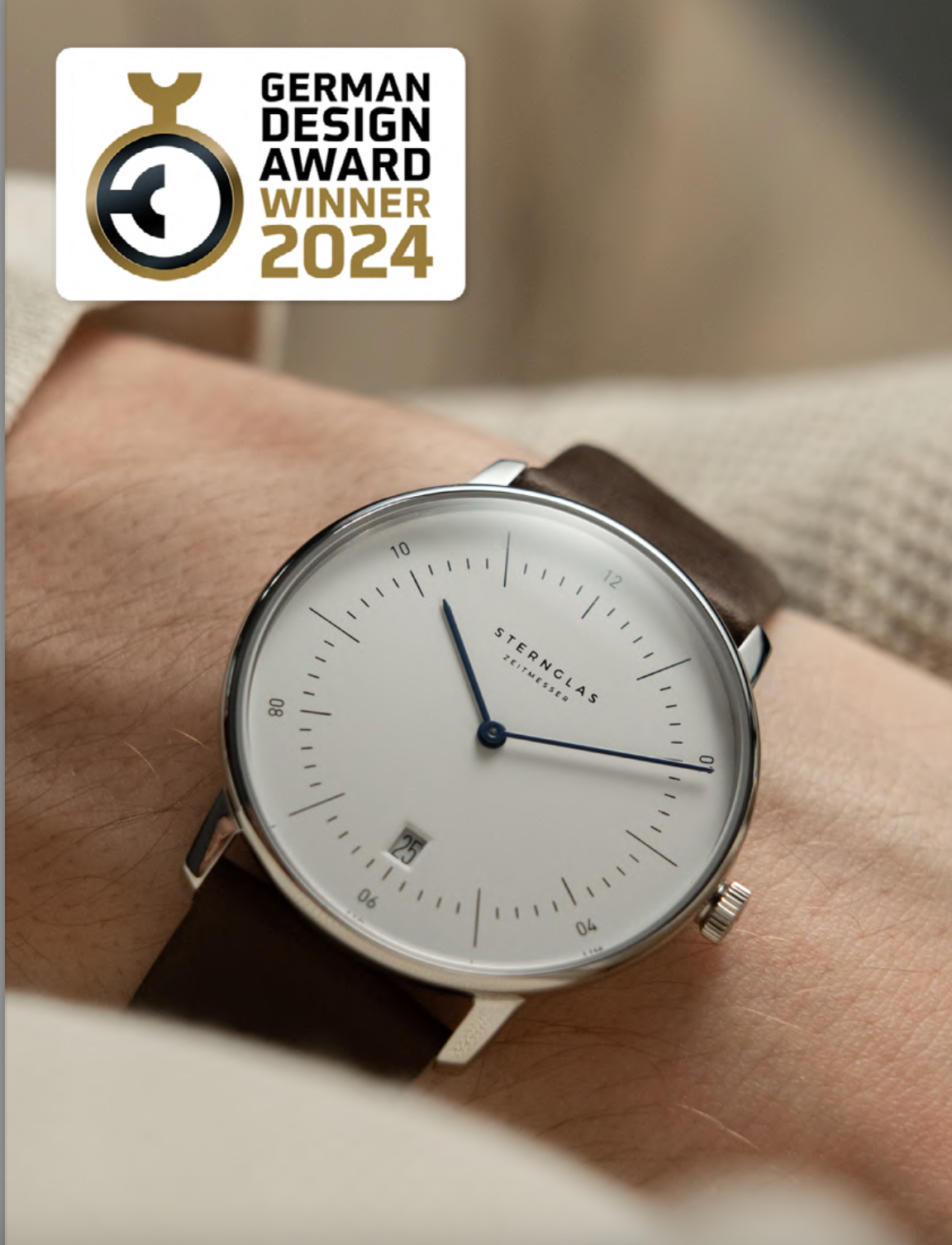
Sternglas
Introducing Sternglas Watches: the epitome of precision and elegance. Crowned Watch of the Year 2024 and recipient of the prestigious Design Award, Sternglas transcends ordinary timepieces with its exquisite craftsmanship and innovative design. Each watch is a masterpiece, blending timeless sophistication with modern flair, ensuring you make a statement with every second. Experience the perfect harmony of style and functionality—Sternglas Watches, where excellence meets your wrist.
Multi-column
Bespoke Jewellery
Discover unique bespoke jewelry with custom designs in gold, silver, and platinum. Experience unmatched craftsmanship and personalised luxury with our handmade pieces.
Jewellery Restoration
Expert jewellery restoration for vintage, antique, and heirloom pieces, specialising in gold, silver, and platinum repairs.
Genuine Sterling Silver Hoops
Just elevate your elegance with our stunning sterling silver hoop earrings. Timeless, versatile, and crafted for comfort, they add a touch of sophistication to any outfit,.Perfect for everyday wear.
Genuine Diamond Studs & Hoops
Dazzle in our Genuine Gold Diamond earrings. Exquisitely crafted, these luxurious hoops feature sparkling diamonds, adding timeless elegance and brilliance to any look. Perfect for special occasions or everyday glam.
Introducing our stylish pair of 9ct Gold circular stud earrings, adorned with brilliant-cut Diamonds for a touch of sparkle. Each earring features a single Diamond set inside the circular design, with a total of 24 Diamonds. They are H colour and I1 clarity. The total carat weight is 0.08ct, adding subtle elegance to your look. Weighing 1 gram, these earrings are lightweight and comfortable for everyday wear. Enhance your style with these classic Diamond stud earrings.
Available in white & rose Gold
Celebrity Scope
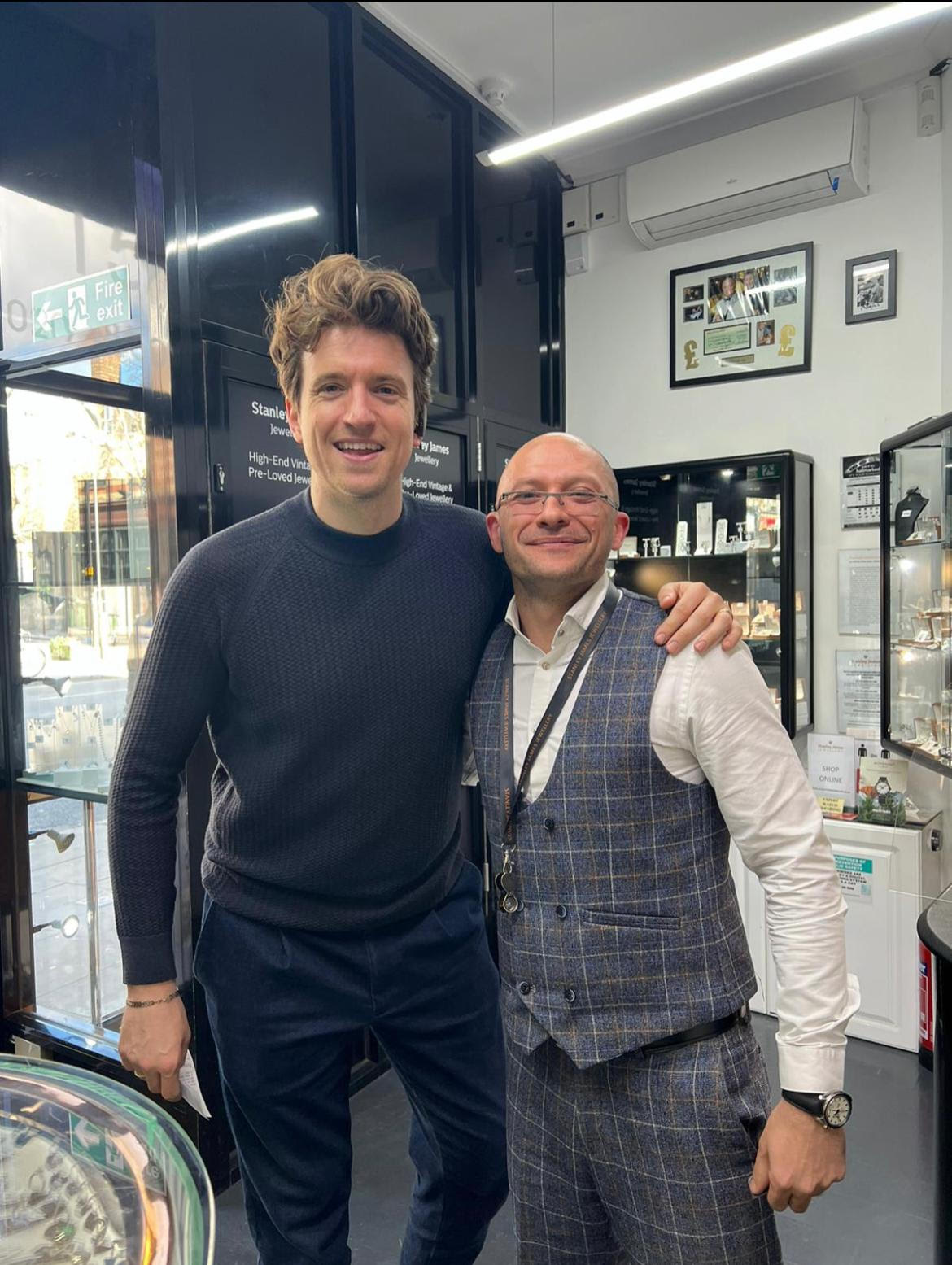
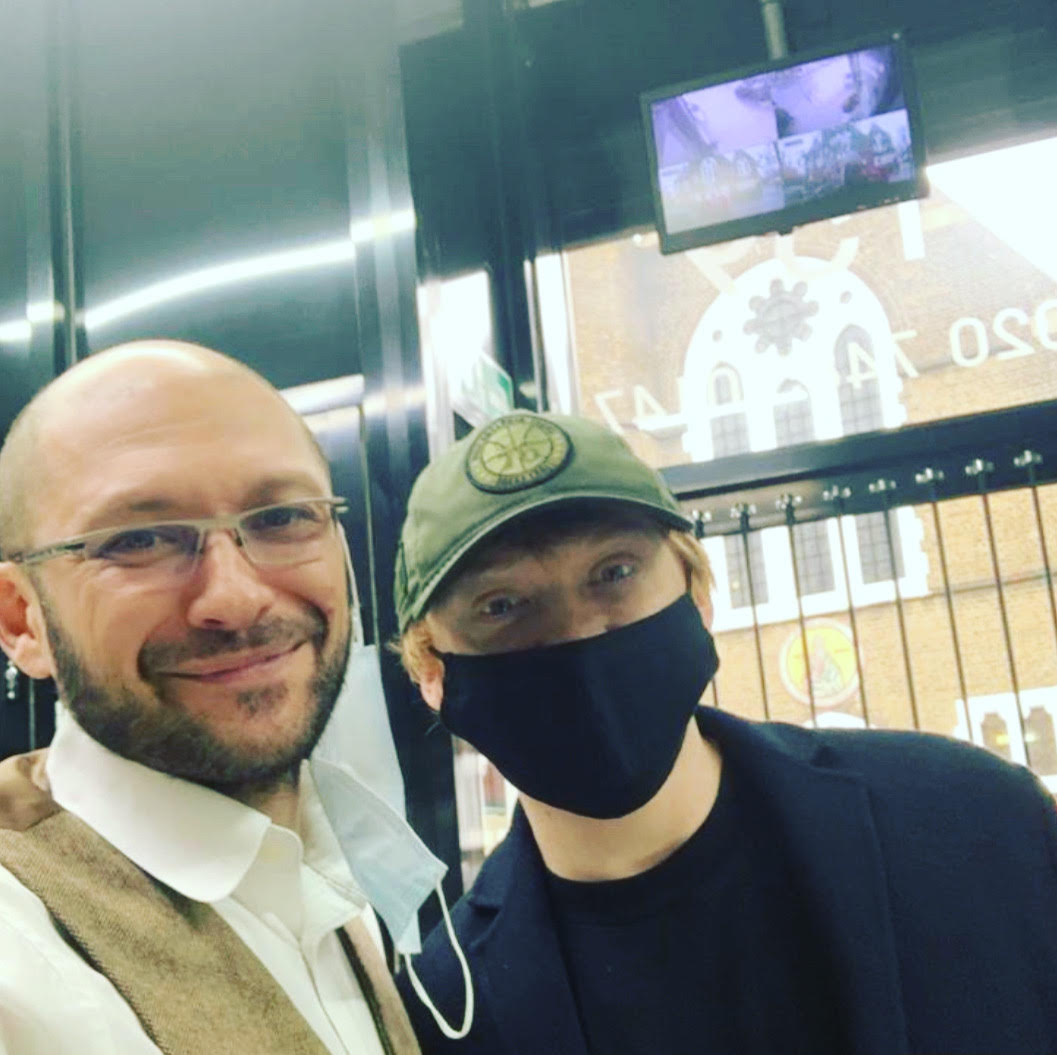

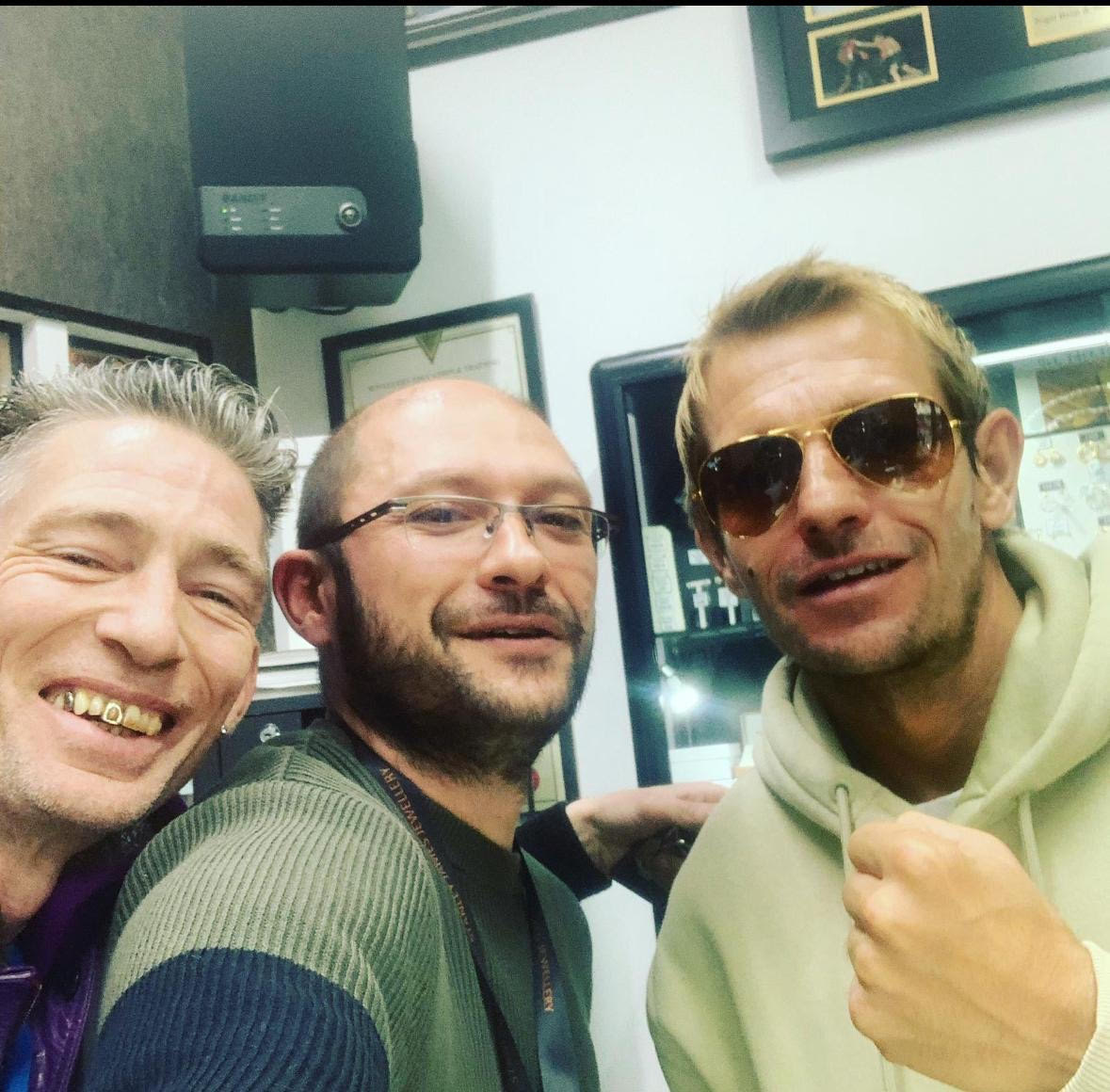


Our store
159 Kentish Town Road, Camden Town, London, England NW1
Mon - Fri, 9.30am - 5.30pm
Saturday, 9.30am - 5.30pm
Sunday, CLOSED
Telephone UK: 0207-4850147


